Severe Working Reality - Xichang Satellite Launch Center (XSLC)
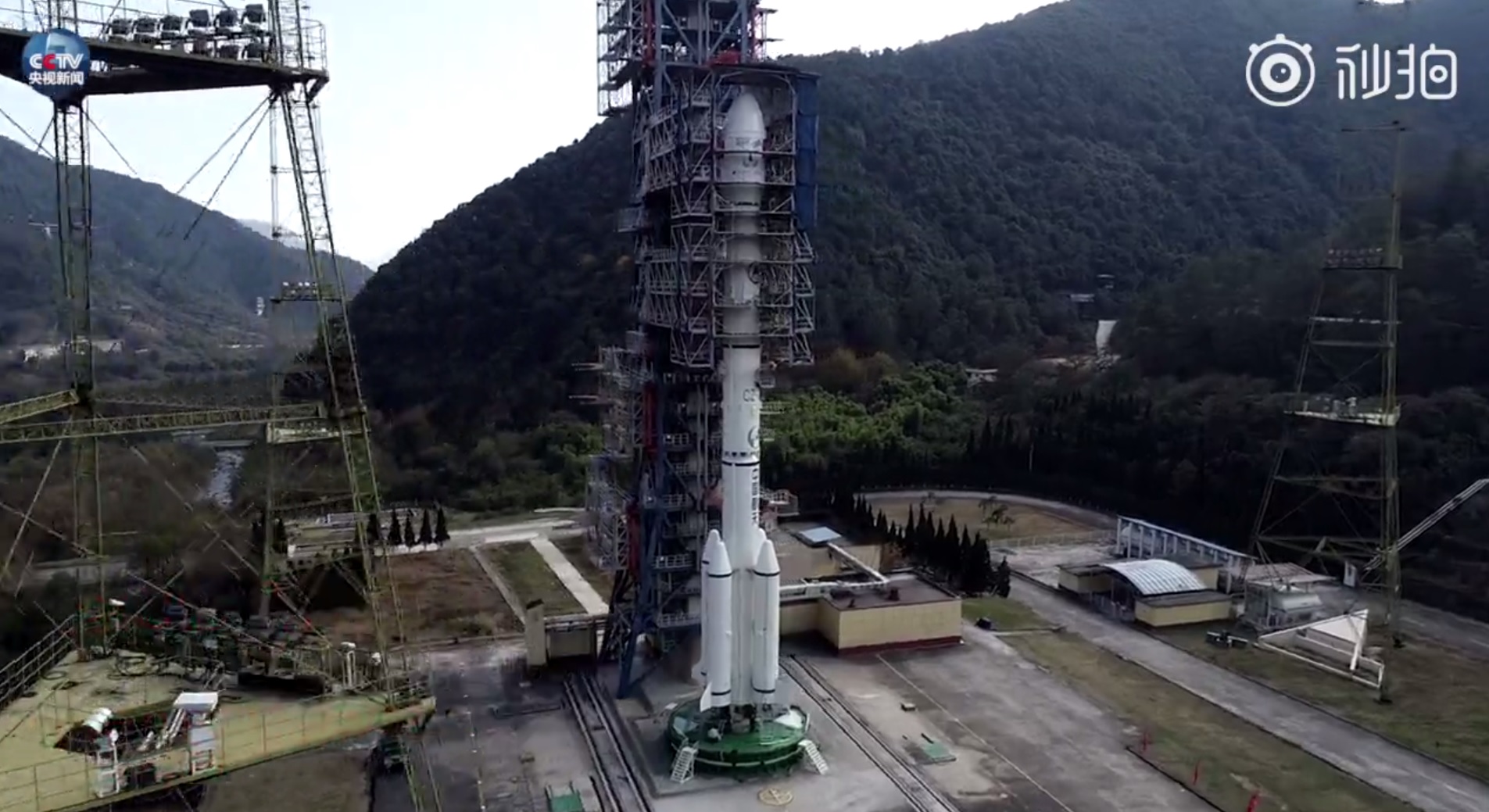
For China, 2018 was a record for the number of space launches - 39, of which 38 were successful, the Changzheng (Long March) orbital launch vehicle was launched 36 times, and 17 launches were made at the Xichang space center.
Spartan situation, maximum return to the common cause, high efficiency of work and competent organization of the working process, continuous work on preparing starts all year round, the minimum number of failures and accidents is all about hard work at the Sichan space center.
')
Lots of photos inside.
Xichang Satellite Launch Center - XSLC was launched in 1984, and in November 2016 it launched the 100th launch of the launch vehicle.
The cosmodrome is located in the province of Sichuan, in the mountains at the foot of the Dalyanshansh ridge (coordinates 28 ° 14'44.7 "N 102 ° 01'34.8" E), 65 kilometers from the city of Xichang (population 620,000 people), where its main headquarters is located.
Link to the location of the cosmodrome in Yandex maps
Link to the location of the spaceport in Google-maps

A railway line has been connected to the cosmodrome, as well as a reinforced concrete two-lane highway from the city of Xichang, the airport is located nearby (15 km from the city of Xichang and 50 km from the cosmodrome), to which the payload and equipment are delivered from Beijing and other cities. The distance from Beijing to Xichang is 1,900 kilometers in a straight line.
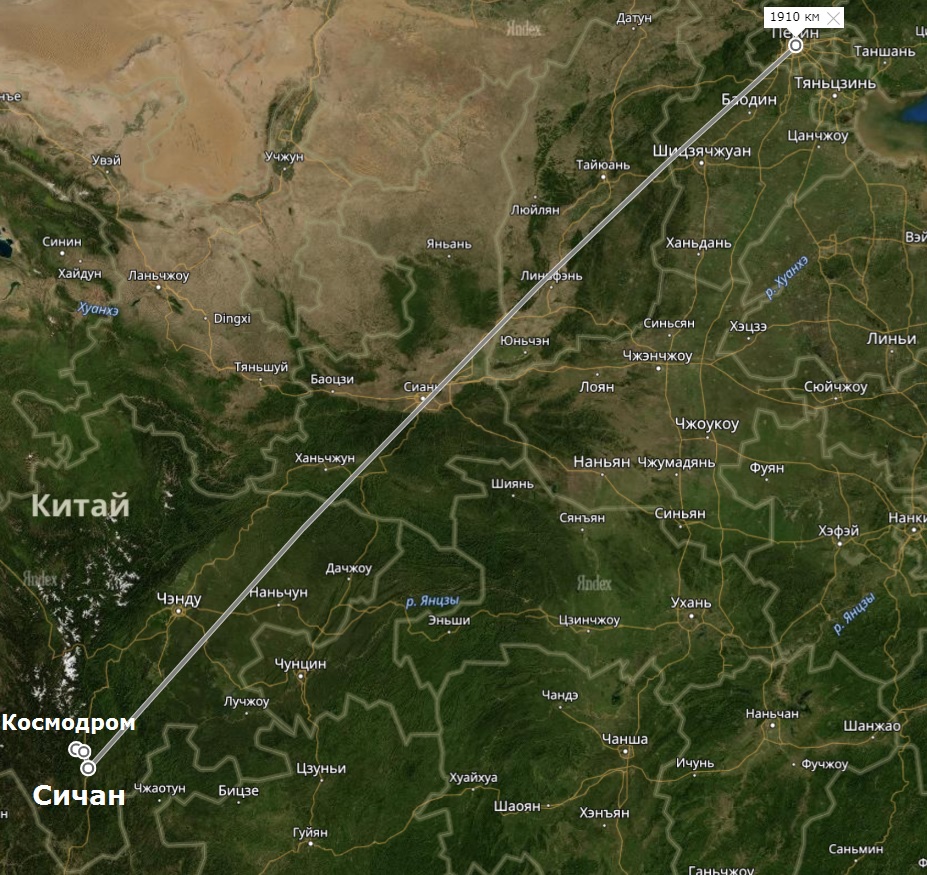
Scheme of the Sichan Cosmodrome:
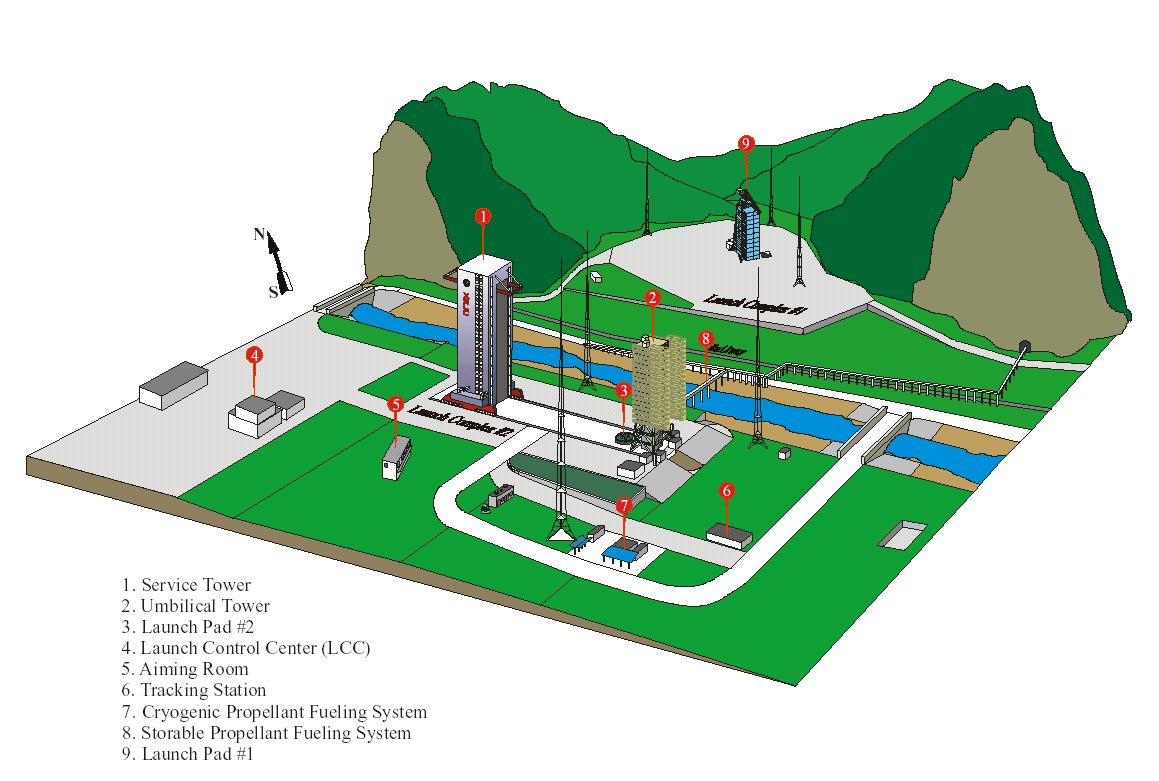
The cosmodrome has a developed technical infrastructure, which includes:
- control and starting system;
- fueling system;
- measuring system;
- telecommunication system;
- meteorological observation system;
- basic support system;
- a system for the delivery and maintenance of cargo and large parts;
- A security system and quick response to emergencies.
Each of these systems employs proven and trained personnel - scientists, engineers, specialists, military, workers, who, 24 hours a day, 7 days a week, without interruptions and weekends, assemble and prepare the launch vehicles for launch, ensure high-quality pre-flight preparation and tight schedule of almost monthly launches.
On the territory of the cosmodrome there are residential buildings for attendants and workers. Some scientists, specialists and engineers involved in the preparation for the launch of the spacecraft also live in the city of Xichang.
It is very prestigious to work at the cosmodrome, there are a lot of young people here, there is an opportunity to gain invaluable experience, which can help in the future both in career and personal growth.
The cosmodrome's telecommunications system includes satellite and optical communication lines, including for organizing uninterrupted high-speed communications with the Chinese Academy of Space Technology in Beijing and research observatories of the Chinese Academy of Sciences.
The control and launch system includes two launch complexes (SC1 and CK2, the distance between the complexes is about 1 km):
- CK1 has one launcher and is equipped with an assembly and test complex for working with high-tech equipment;
- CK2 has two launchers and is equipped with an assembly and test complex, allowing the simultaneous assembly of three launch vehicles.
Launchers of the cosmodrome are located in a canyon at the foot of Liang Shan mountain. After launch, the launch vehicle begins to move along the canyon in the east or southeast direction.
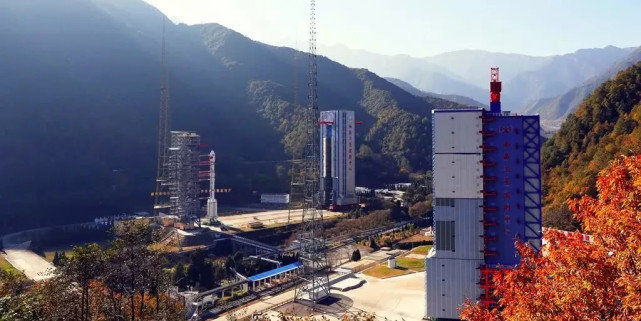
In the event of an emergency requiring the destruction of a launch vehicle, it is undermined so that its debris does not fall in populated areas.
The compactness of the spaceport and the presence of villages and towns around in the event of an accident could lead to great consequences. February 14, 1996 during the launch of the carrier rocket "CZ-3B" with the communication satellite "Intelsat 708" an emergency situation occurred. The launch of the satellite was broadcast on television in the USA, and already five seconds after the start of the ascent, the rocket deviated from the vertical by 45 °, and by the 15th second fell on its side. Before stopping the television program, it was clear that one of the side accelerators was in flames. After 20 seconds, the carrier rocket exploded at a height of no more than 2 km, according to some reports, the explosion occurred after it crashed into the ground. The wreckage fell about 2 km south-east of the launch site. The rocket explosion was heard 40 km or more from the crash site.
The Xinhua News Agency limited itself to a brief message that the launch vehicle did not put the satellite into orbit, and the accident was investigated by the relevant departments. No information about the disaster was given to the national media. Access to the area of the fall of the rocket was closed. Only a day later, Chinese officials reported the death of four, and then six people. In addition, more than 100 people, mostly peasants, were injured or injured, inhaling toxic smoke with beryllium compounds. Serious damage was caused to houses and buildings of the Sichuan Valley, but the Xichang Cosmodrome facilities were not damaged, the official statement said. According to the foreign representatives present at the launch, the crash site was only 100–200 m from a small village, and the rocket’s wreckage fell on the residential town of the Sichan space center personnel.
Here is an example of a regular fall of carrier debris after a successful launch (I hope the photographer was in a gas mask):
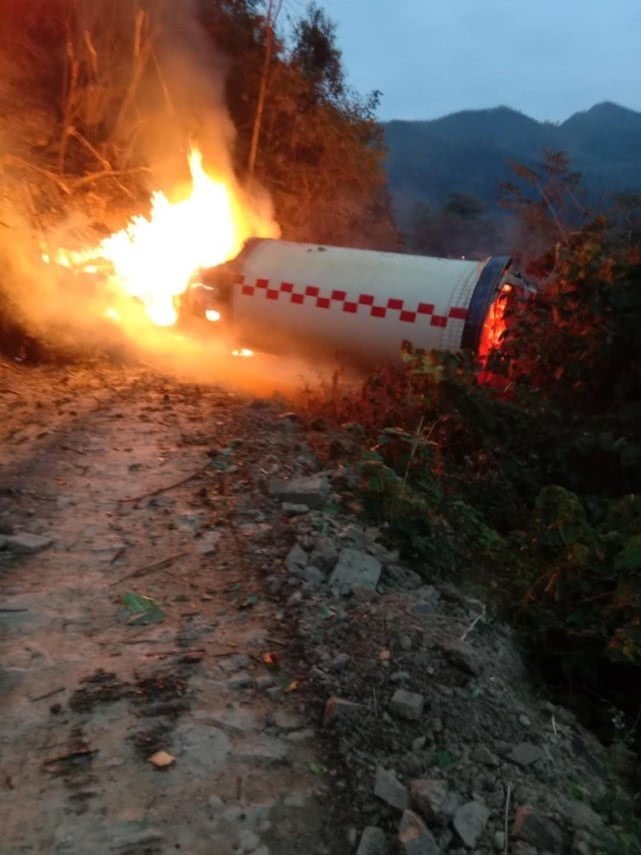
In the southwest of China in the Baise city district (Guangxi Zhuang Autonomous Region), on January 12, 2018, local residents filmed the fall of an unknown space object. According to the authorities, the fall zone of the rocket was set in advance.


So even now, every launch from the Sichan Cosmodrome is still a tape measure with debris falling onto populated areas. According to Chinese regulations, the population, located near the site of the fall of the wreckage or crash of a launch vehicle, must still be evacuated as usual without warning and imposing a state of emergency.
The Xichang Cosmodrome is located in the zone of tropical storms, and in the summer of 1999 the perimeter of the cosmodrome was damaged by mudslides, the launch facilities were not affected. To prevent such situations, the cosmodrome facilities were repaired and modernized, the outer perimeter in the area adjacent to the mountain slopes was strengthened.
Currently, the location of the Xichang Cosmodrome meets the requirements for the safe fall of spent stages into the Pacific Ocean and corresponds in its geographical latitude to the spaceport at Cape Canaveral, Florida, USA, thus, it is possible to use trajectory models developed in the USA for launching into a geo-transit orbit.
The trajectory of the launch vehicle after launch:
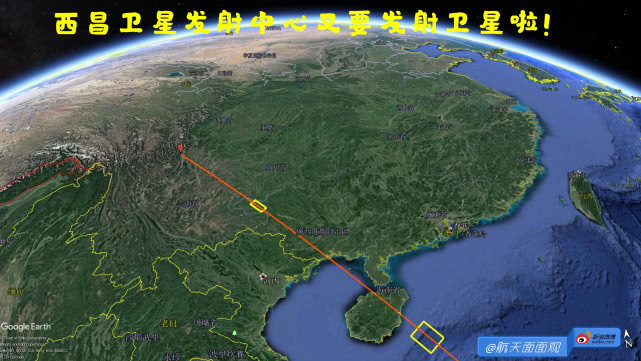
In 1988, the Sichan Cosmodrome was open to foreign specialists, a state program was launched on the commercial use of the cosmodrome to organize space launches in various countries, and clean room facilities were built inside the perimeter of the cosmodrome that meet western standards for installation and technological inspections of equipment. Also, Sichang Cosmodrome officially passed the certification of the international quality system ISO 9001.
The estimated workload of the cosmodrome is already estimated at 15–17 launches per year when performing the pre-launch preparation procedure from 20 days to two months for one launch vehicle. The large proximity of this spaceport to the equator compared with the first Chinese cosmodrome Jiuquan gives energy gains when launching spacecraft into geosynchronous orbit. Currently, the number of launches at the Xichang Cosmodrome is only increasing from year to year.
In December 2016, the Sichan Cosmodrome was included in the National List of the Best Tourist Attractions.
It is very interesting - how do people work and live there in this tense and complex space-launch environment?
After all, being able to realize 32 launches in the first 296 days of 2018, only according to this table, is an incredible effort:
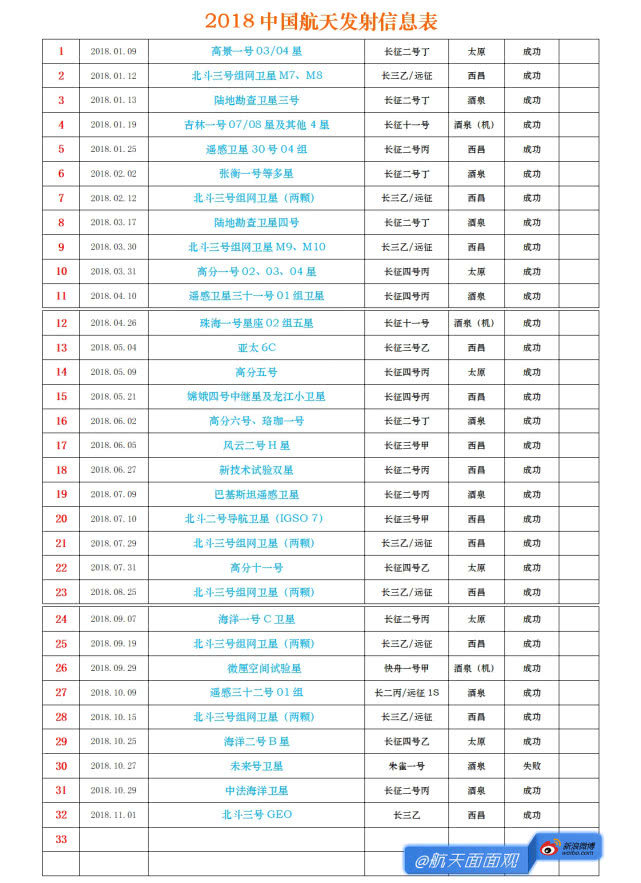
Moreover, only at the Sichan Cosmodrome, in 2018, 17 launches were completed, which is more than the country from the third line in this table and other positions below:
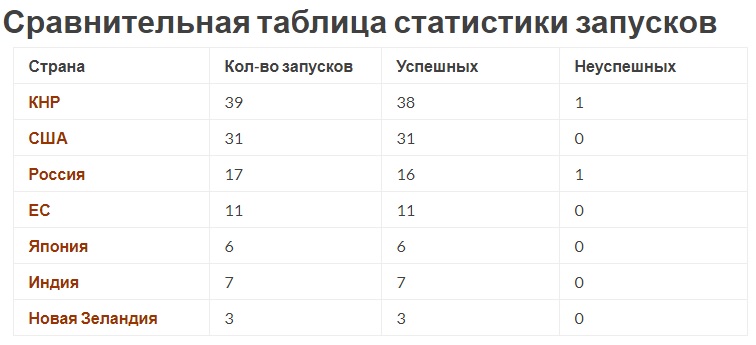
Launch table in 2018 by space centers in the world:
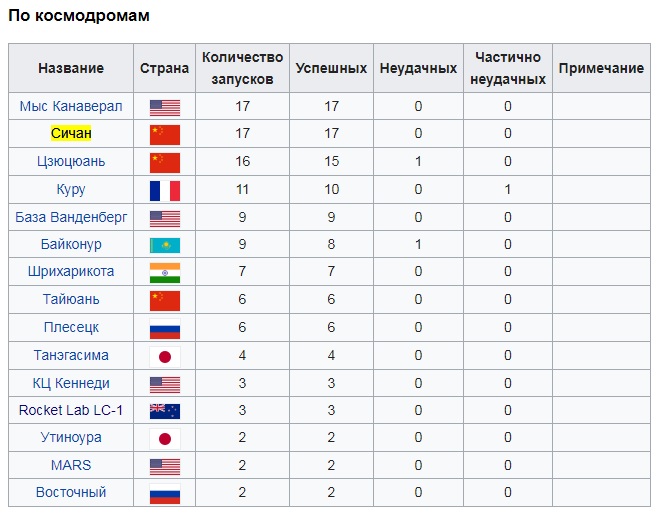
The launch table at the Sichan Cosmodrome in 2018:

All launches are performed from two starting tables of the second launch complex:
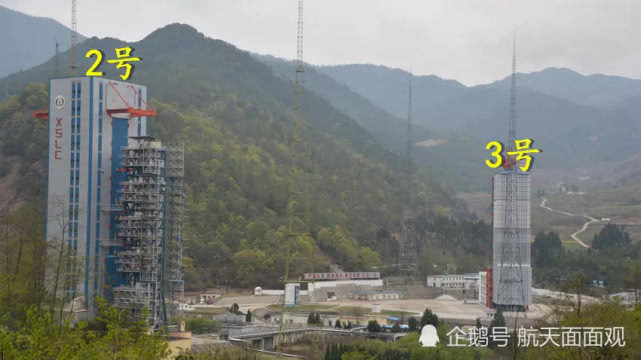
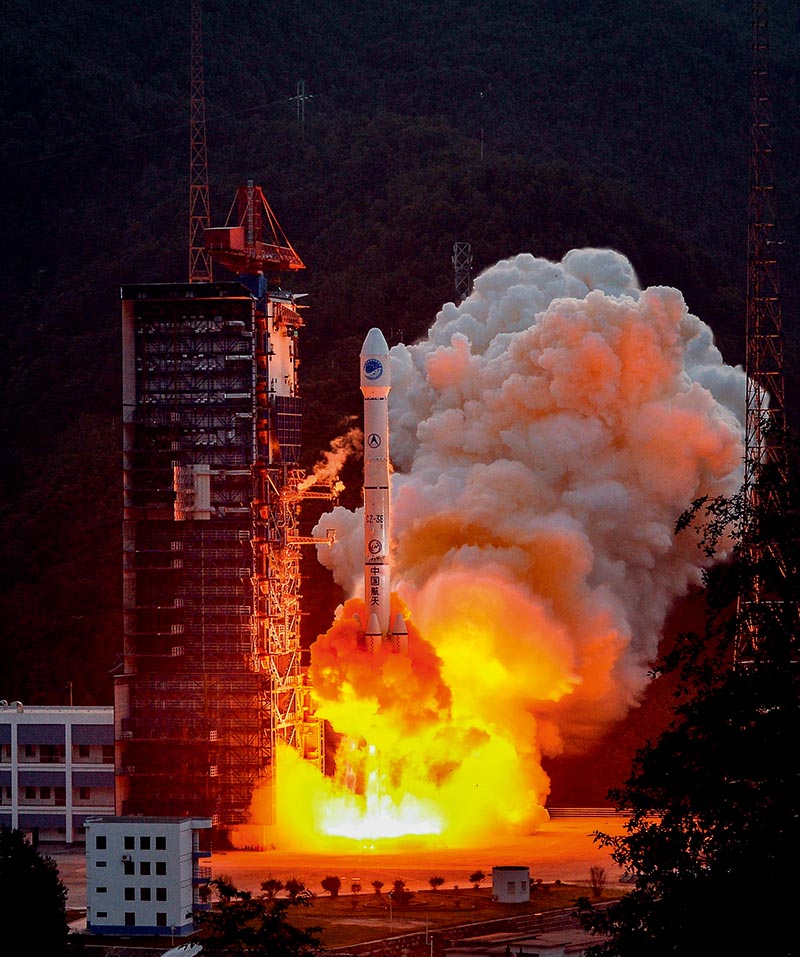

And now let's plunge into the inner world of the Sichan Cosmodrome.
Communication center of the Sichan Cosmodrome, 80s:
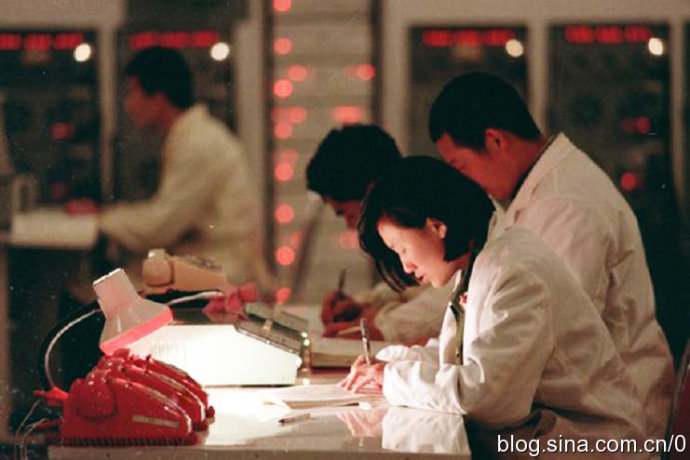

Assembling and testing complex of the Sichan cosmodrome, 80s:
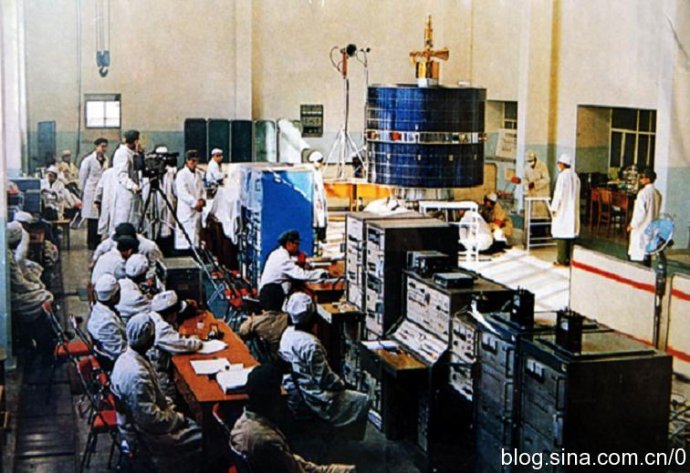
Communication center of the cosmodrome Sichan, our days:
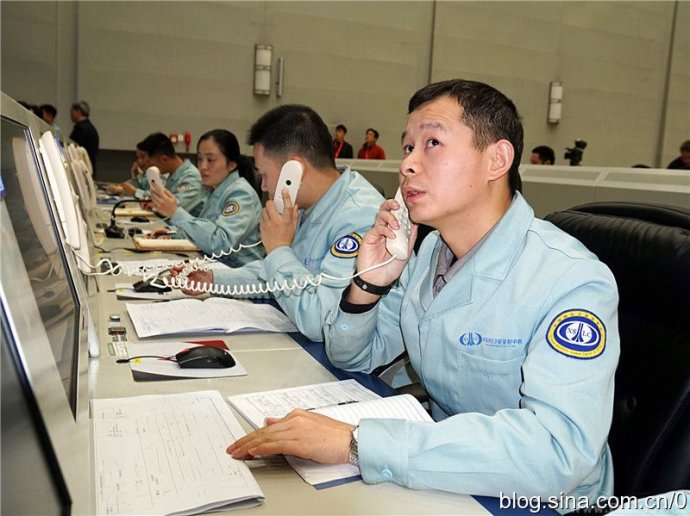
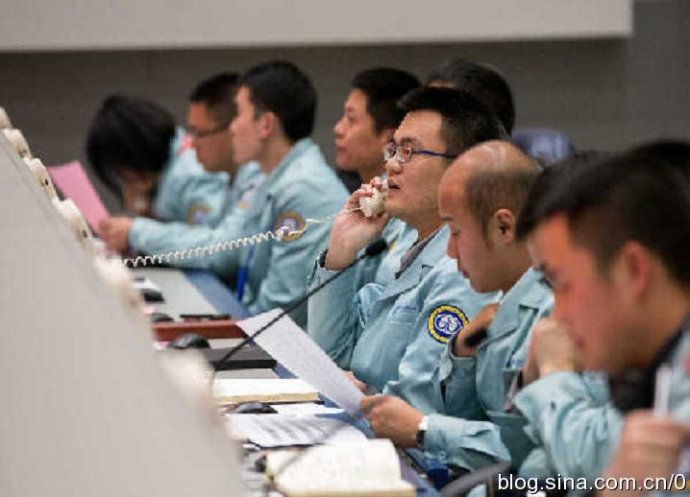
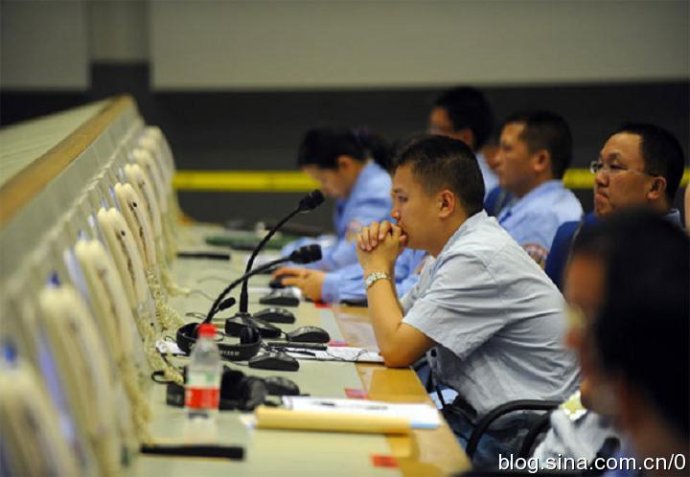


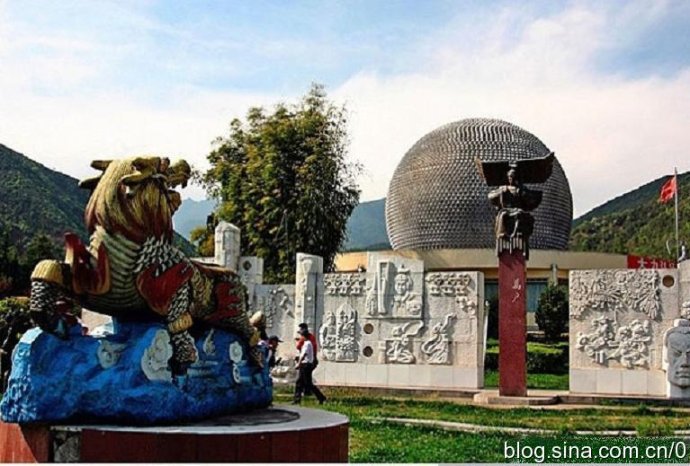
Telecommunication system of the Sichan Cosmodrome, our days:
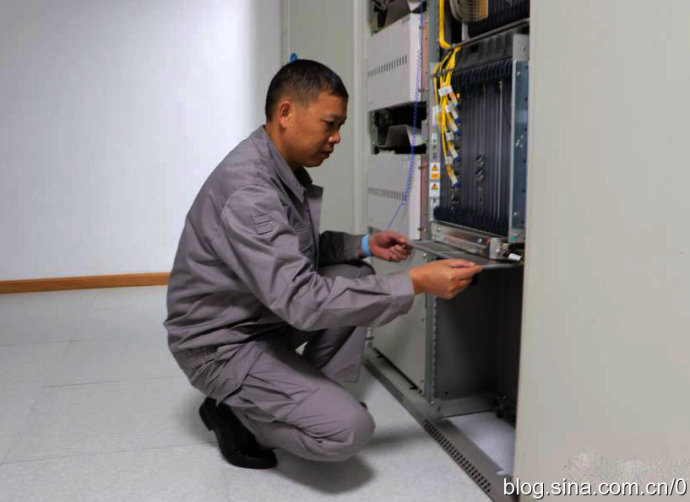
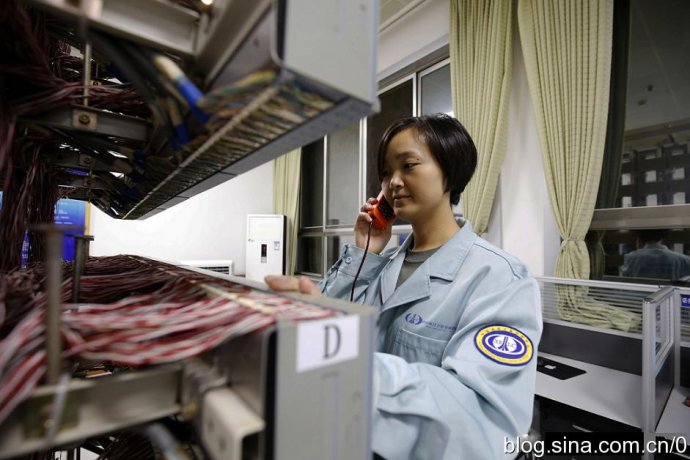
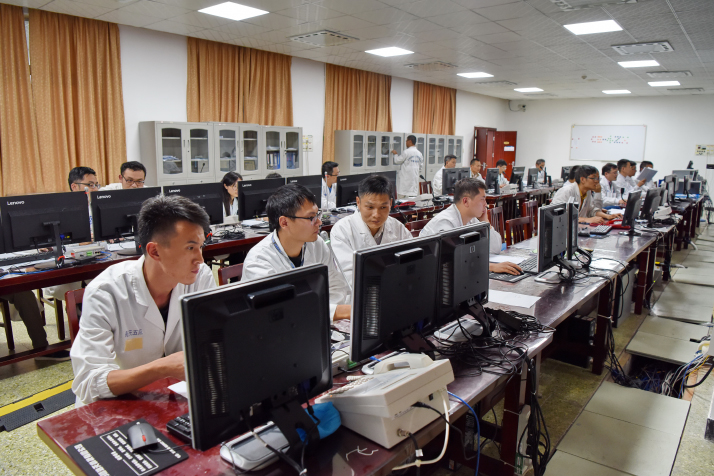
The meteorological station of the Sichan space center, our days:
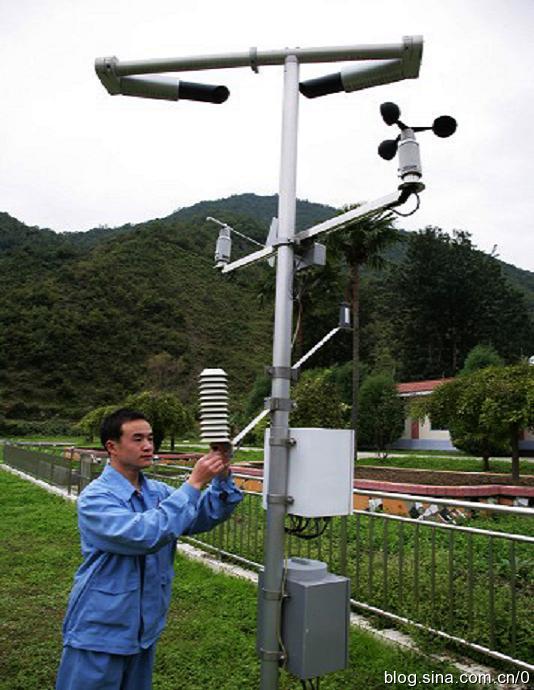
Training of the fire brigade at the Sichan Cosmodrome:

Li Minkai, the main operator of the control and measuring station for the storage of liquid nitrogen at the Xichang Cosmodrome, at Station No. 2, checks the condition of tanks with liquid oxygen and liquid nitrogen, as well as examines the condition of pipelines and connections along the 700-meter-long route.

Subsequently, he went to post number 3, where he carefully checked and recorded in the log data of pressure, fluid levels and valve status.
“In the event of a rocket fuel leak, the consequences may be unimaginable. The inspection should be serious, thoughtful and thorough, ensure the further safety and reliability of the equipment, as well as the absence of any losses in the tanks, ”said Li Minkai.
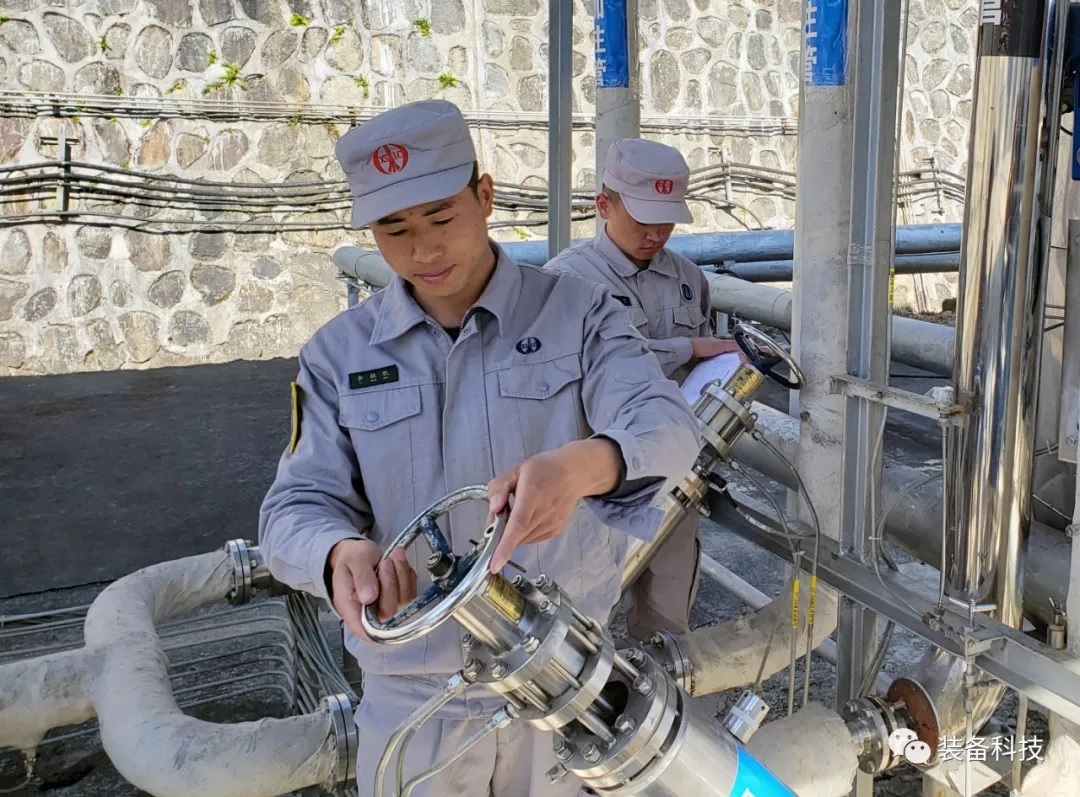
Specialists of the technical department of the cosmodrome carry out an inspection of the state of satellite communications equipment:
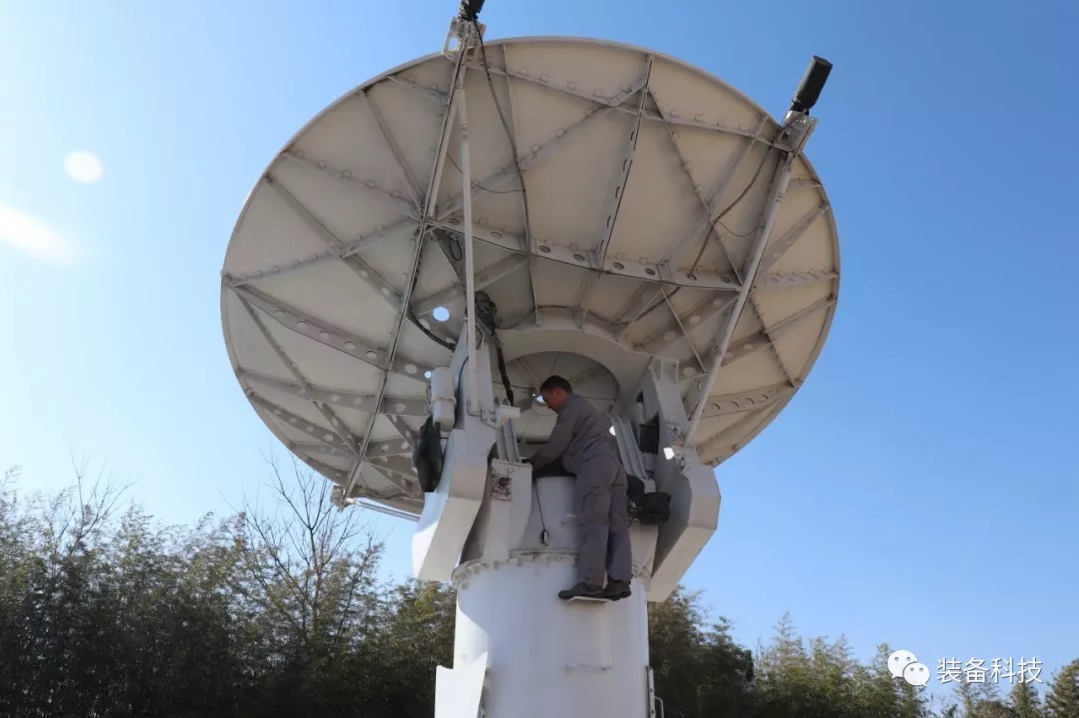
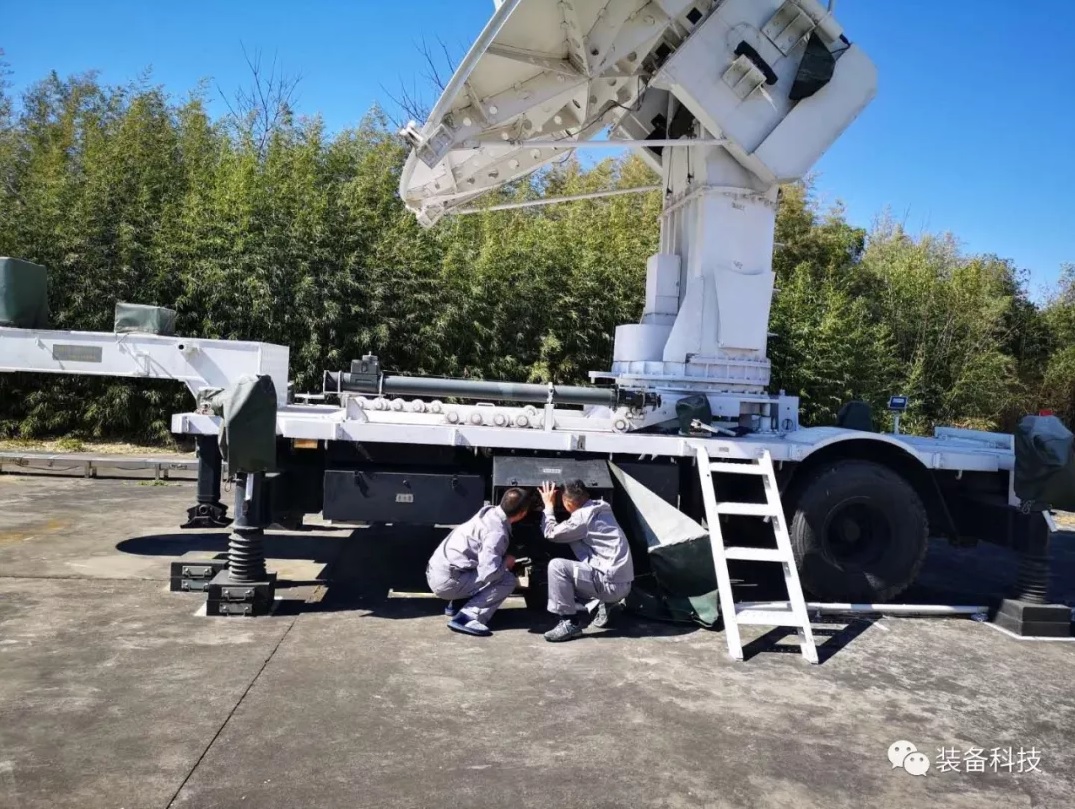
“Dozens of subsystems, hundreds of technical posts and almost a thousand employees on the launch pad are under my command,” said Yu Liqing, commander of the operation to prepare and organize the launch of the launch vehicle.Pressure test in rocket tanks:
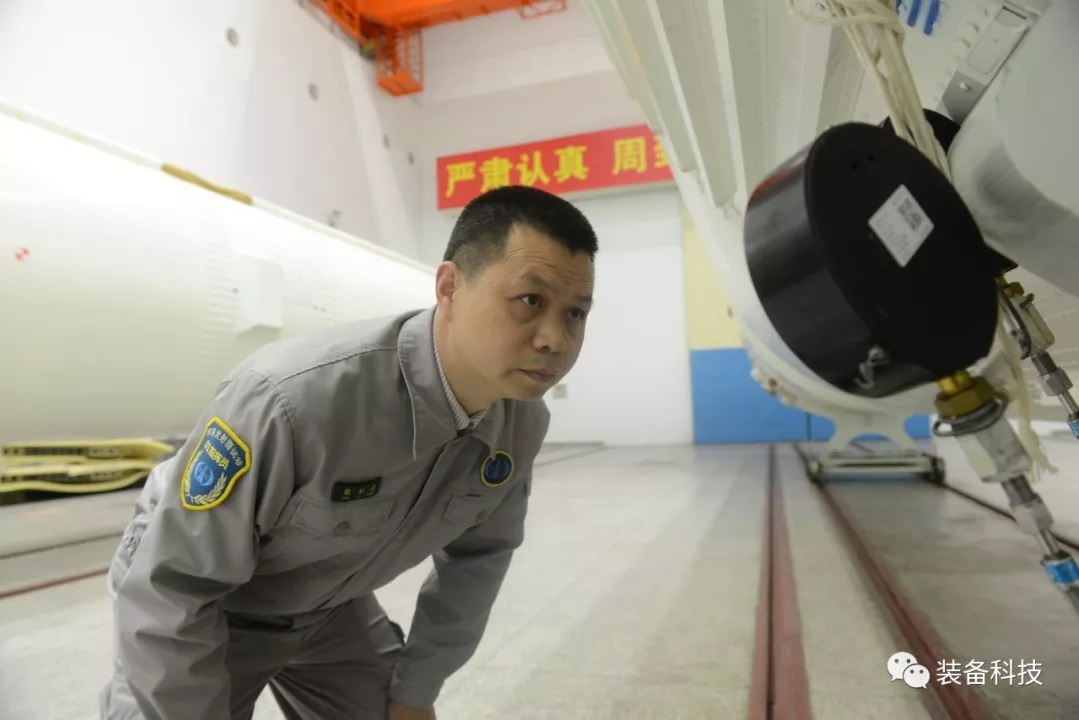
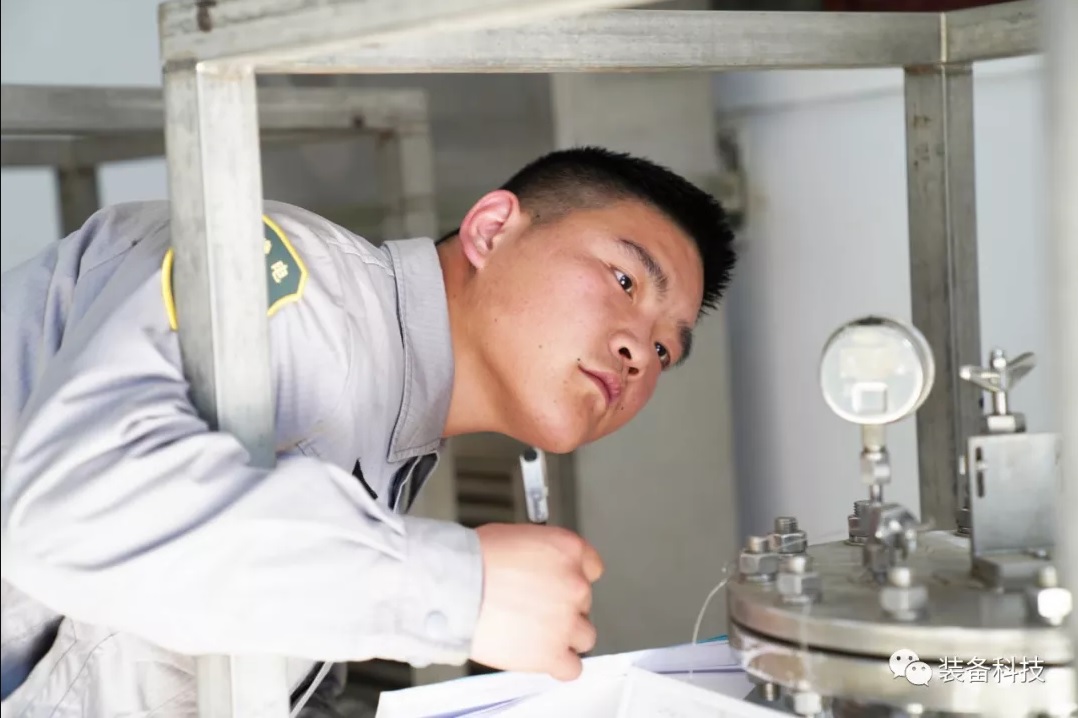
Verification of data on incoming reports:
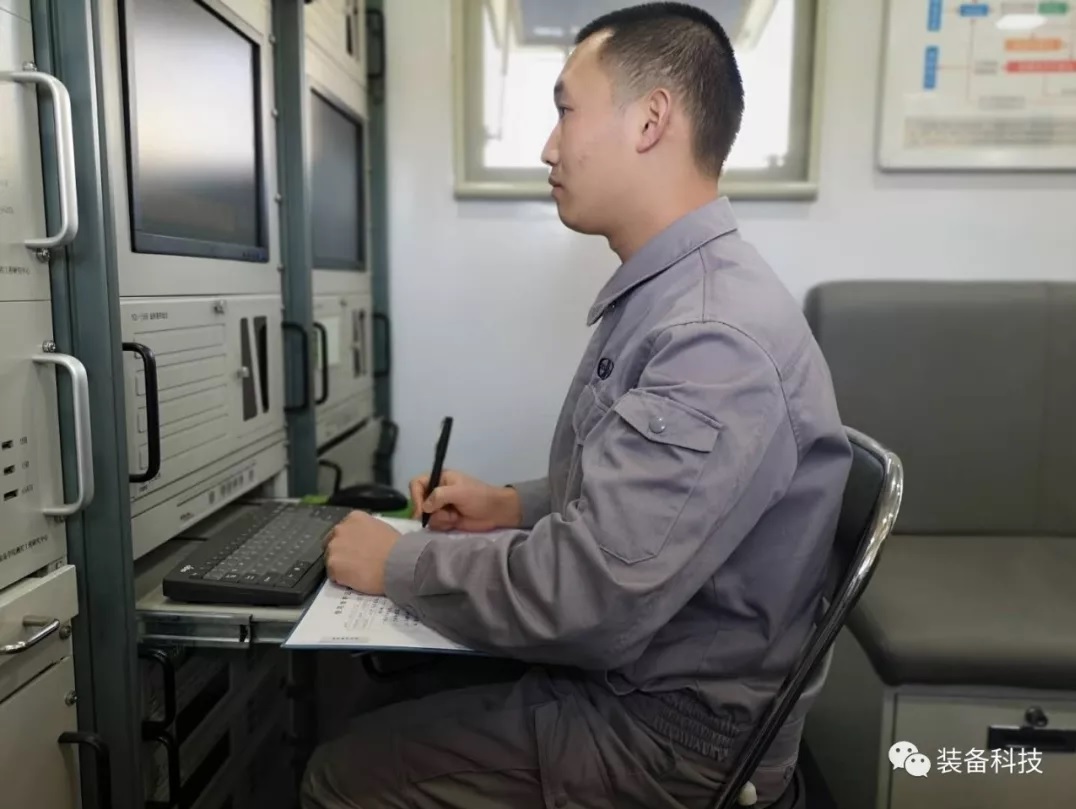
Repair work with a fragment of the pipeline (personal protective equipment as an integral part of the work process):
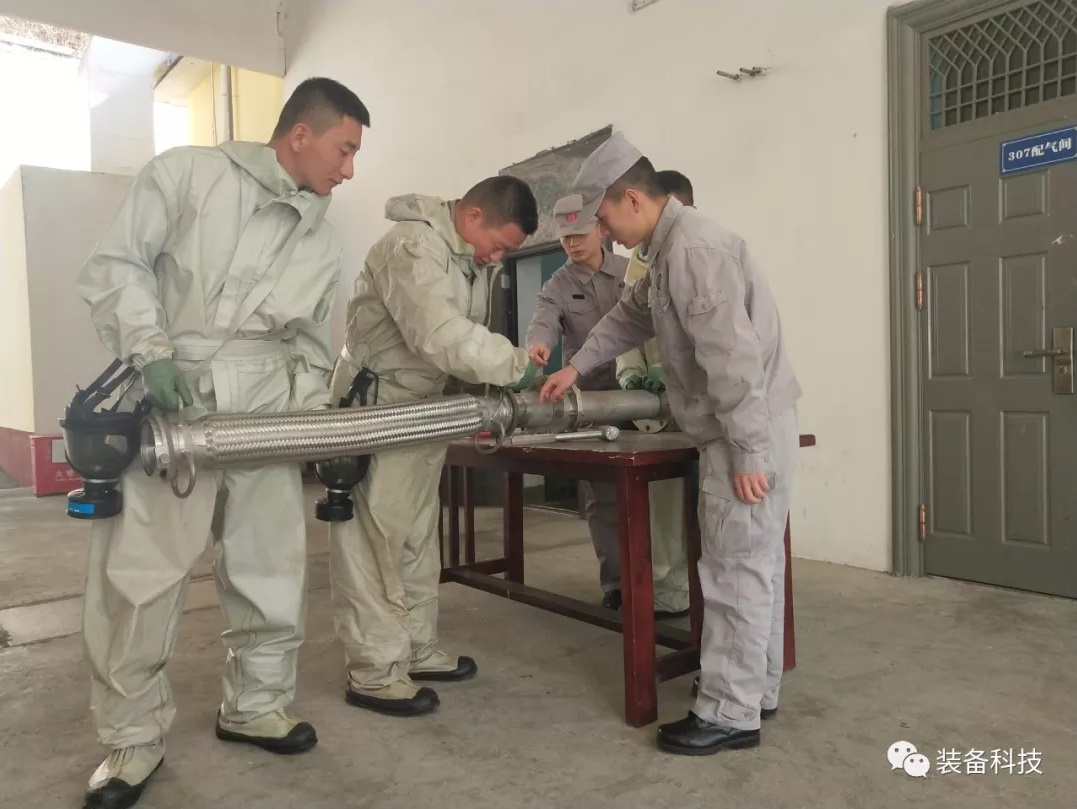

Photos from other posts on the spaceport:
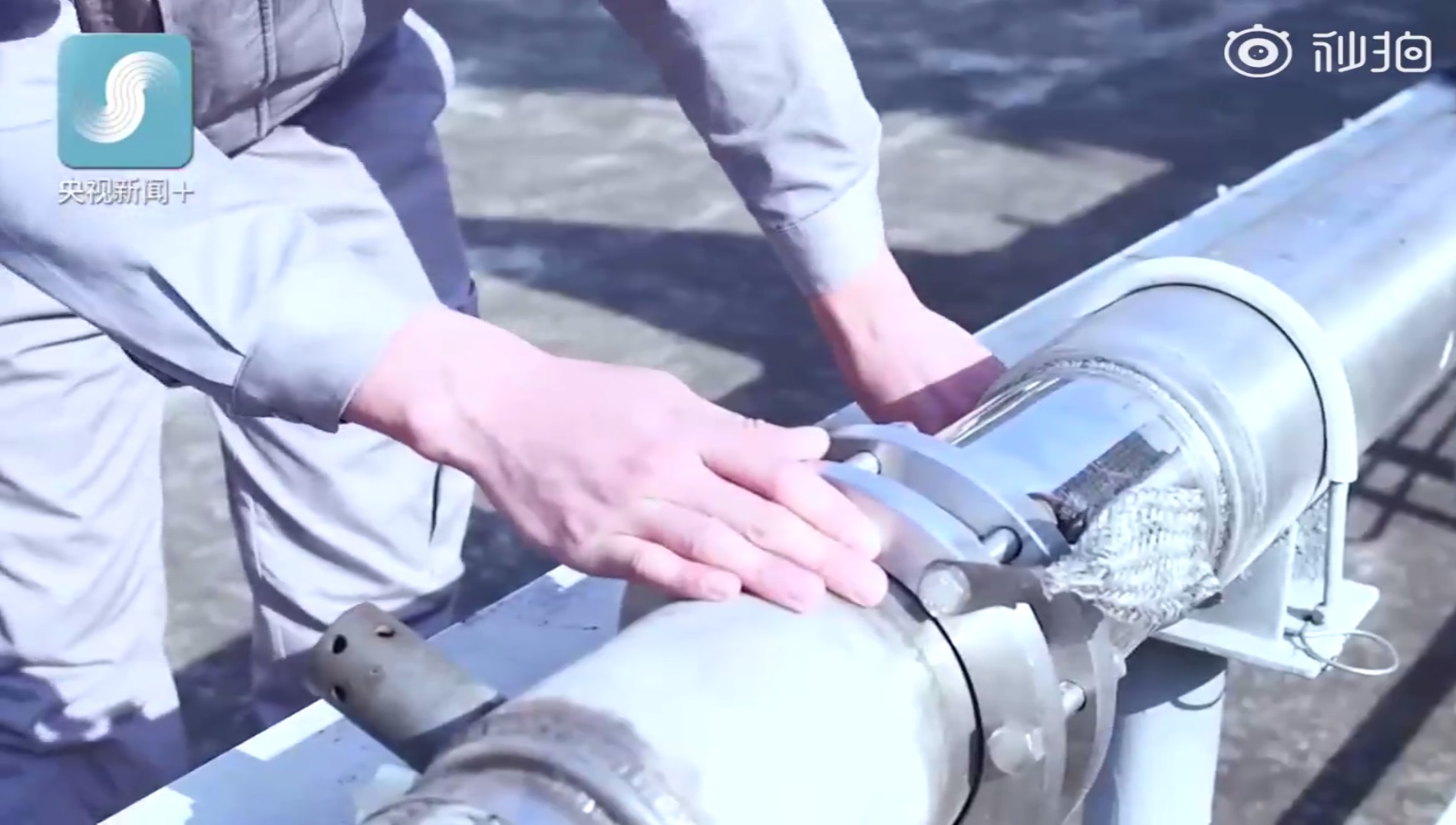
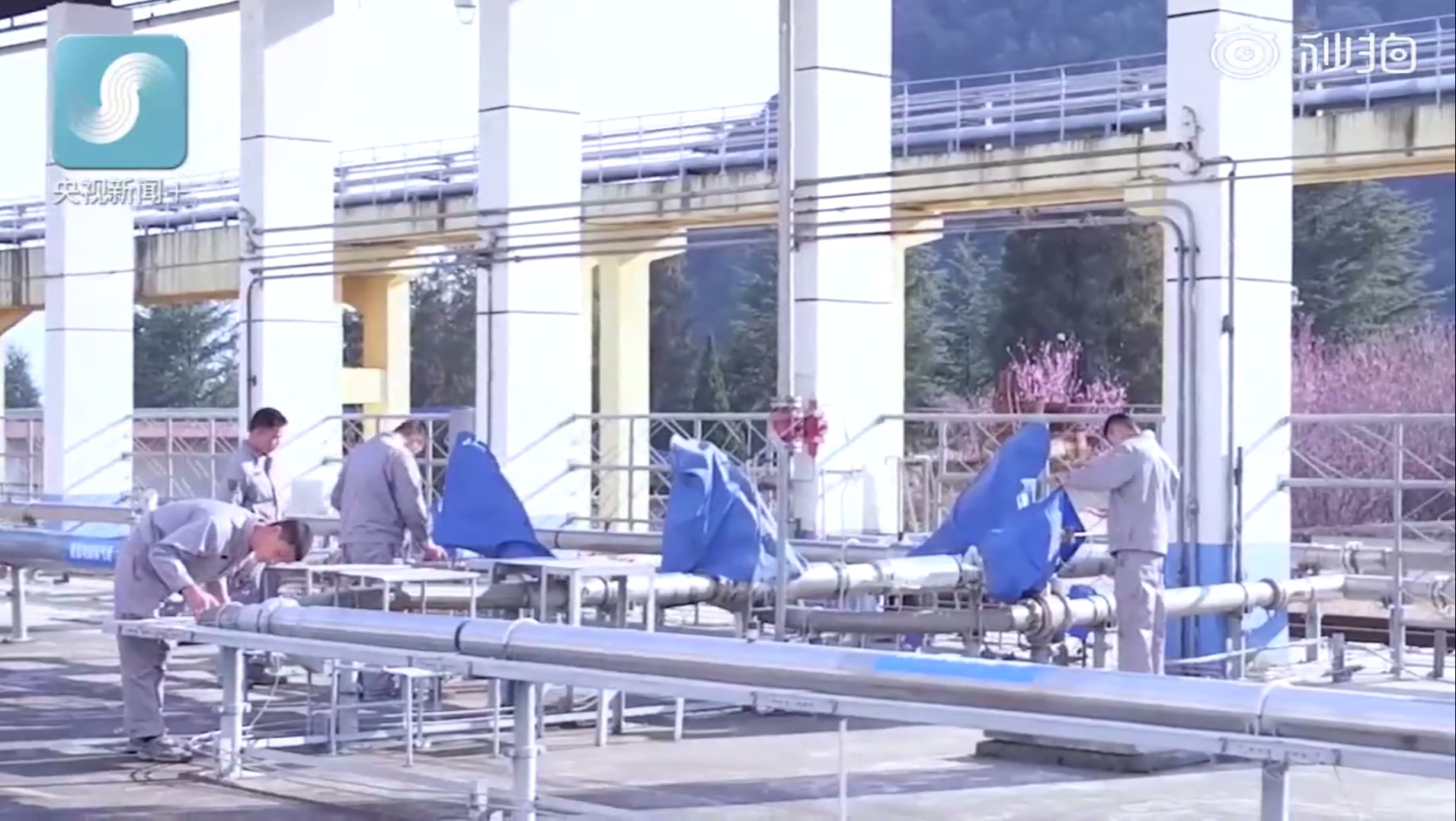
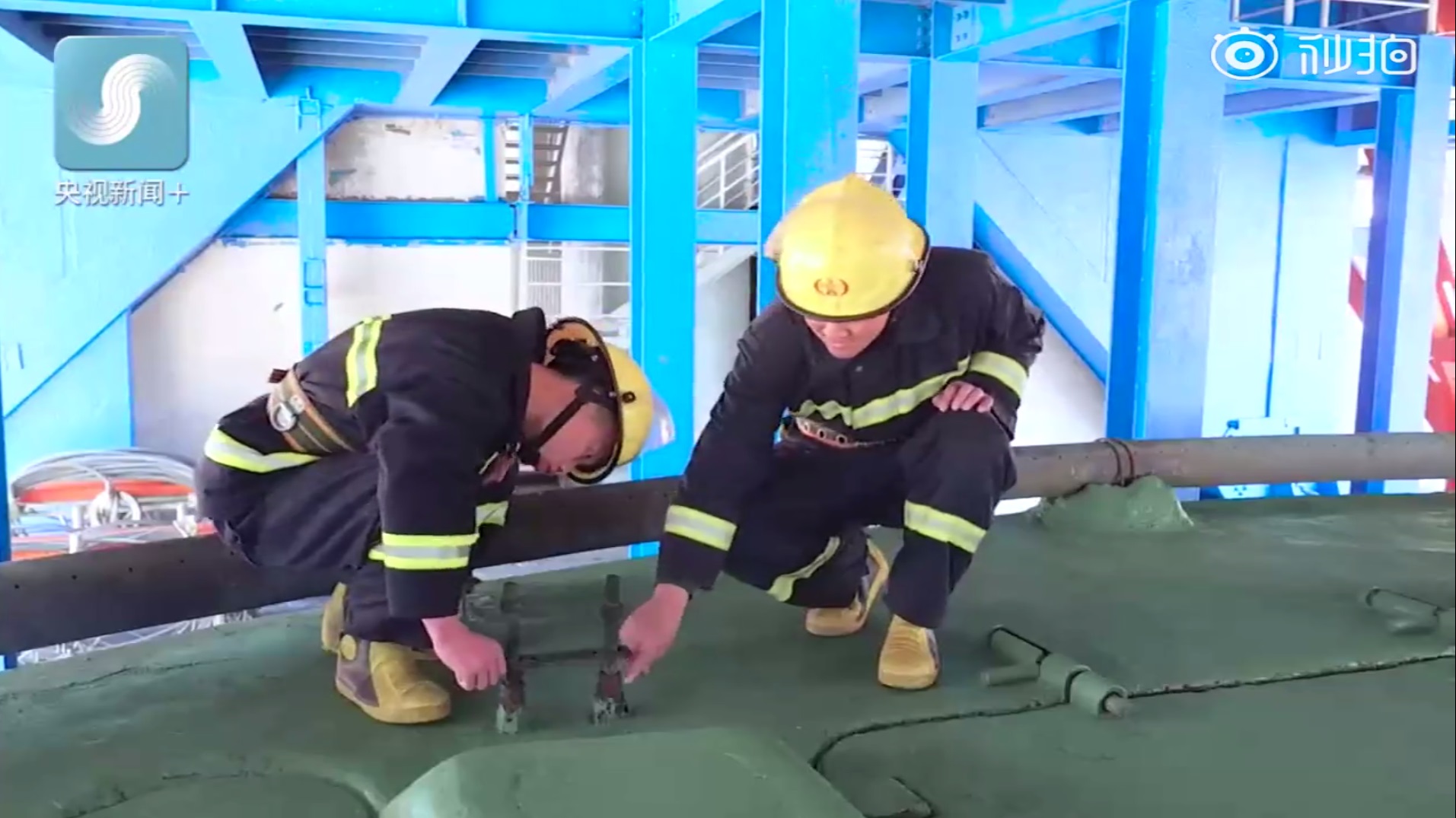
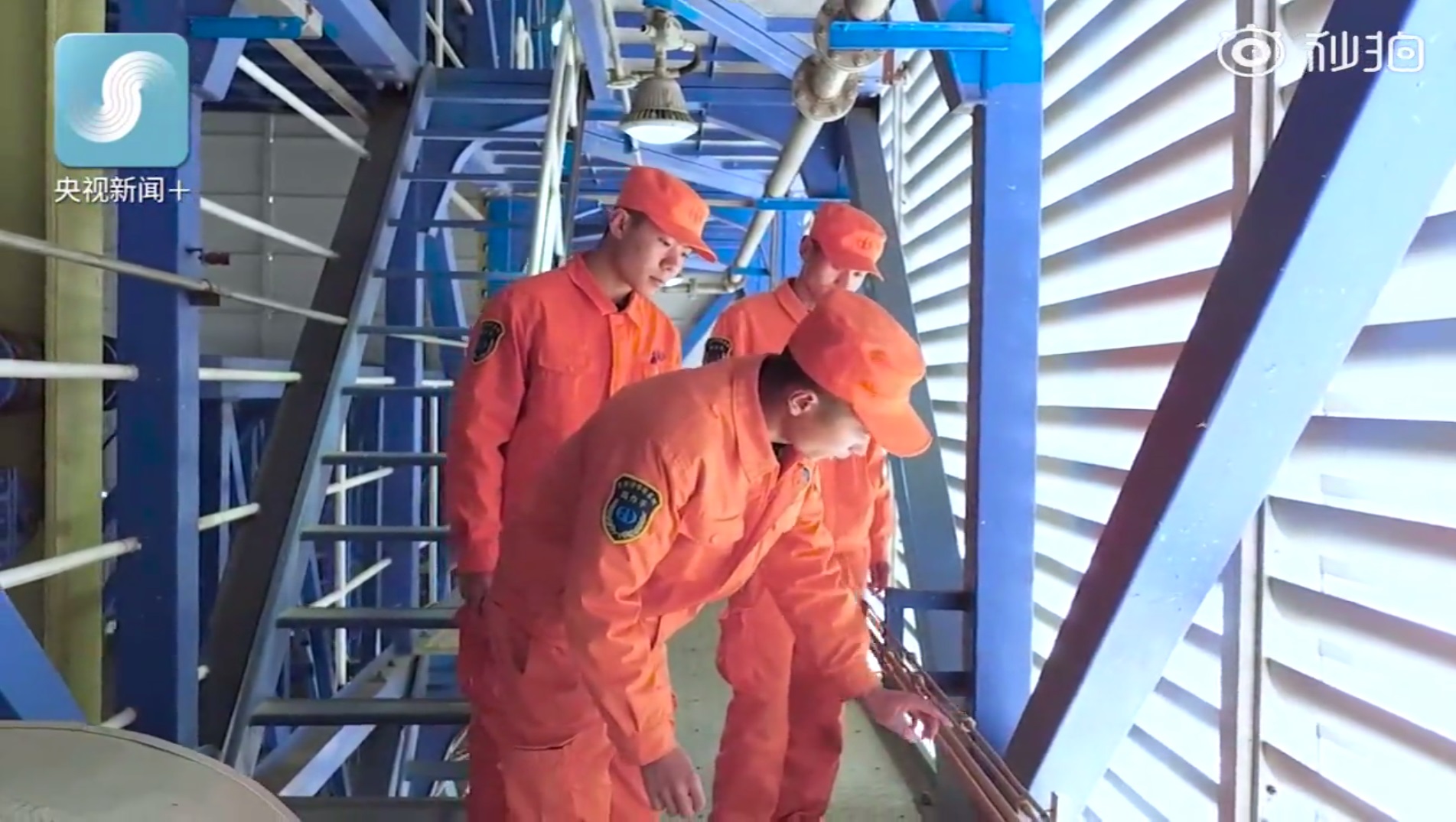
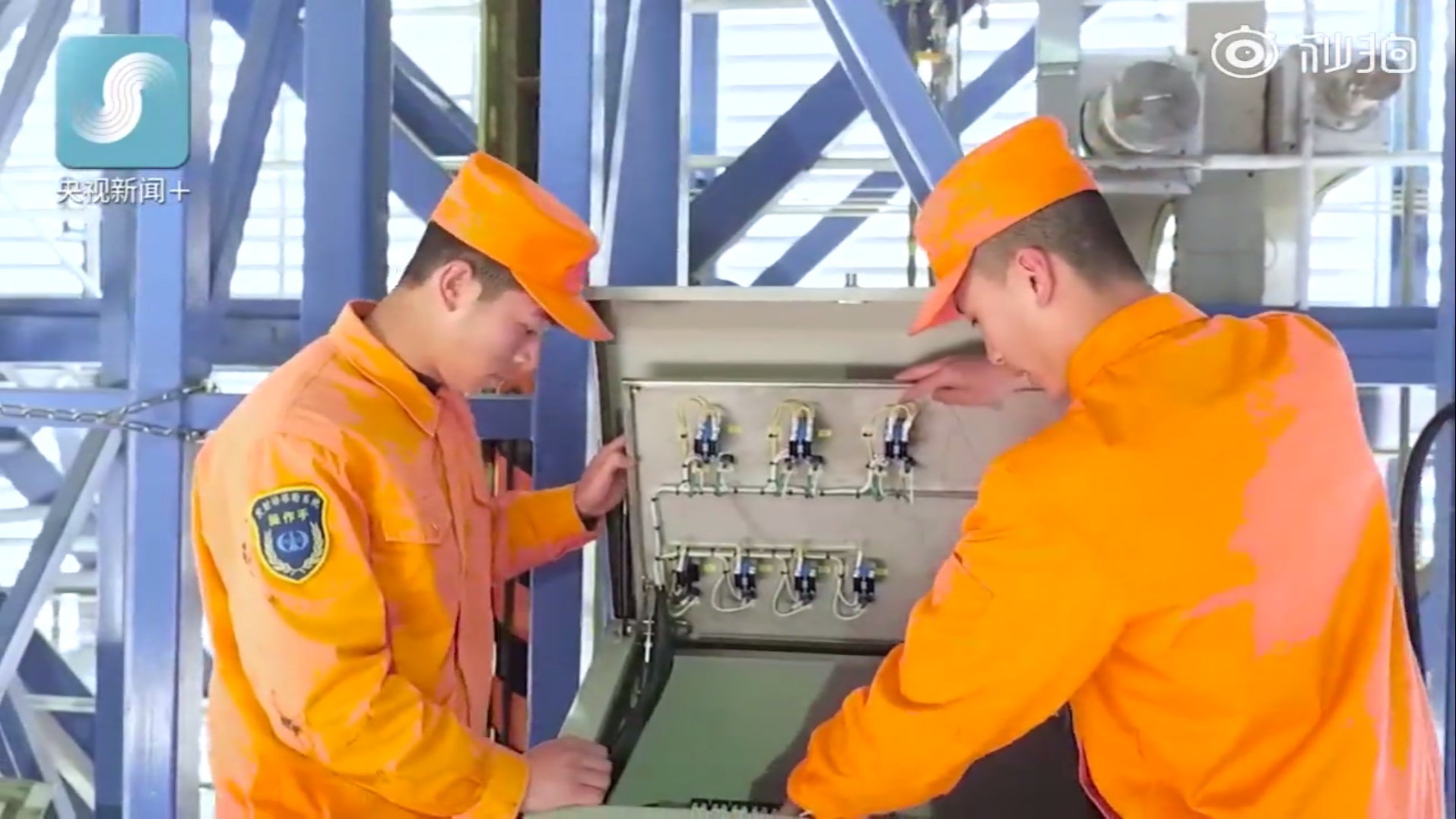
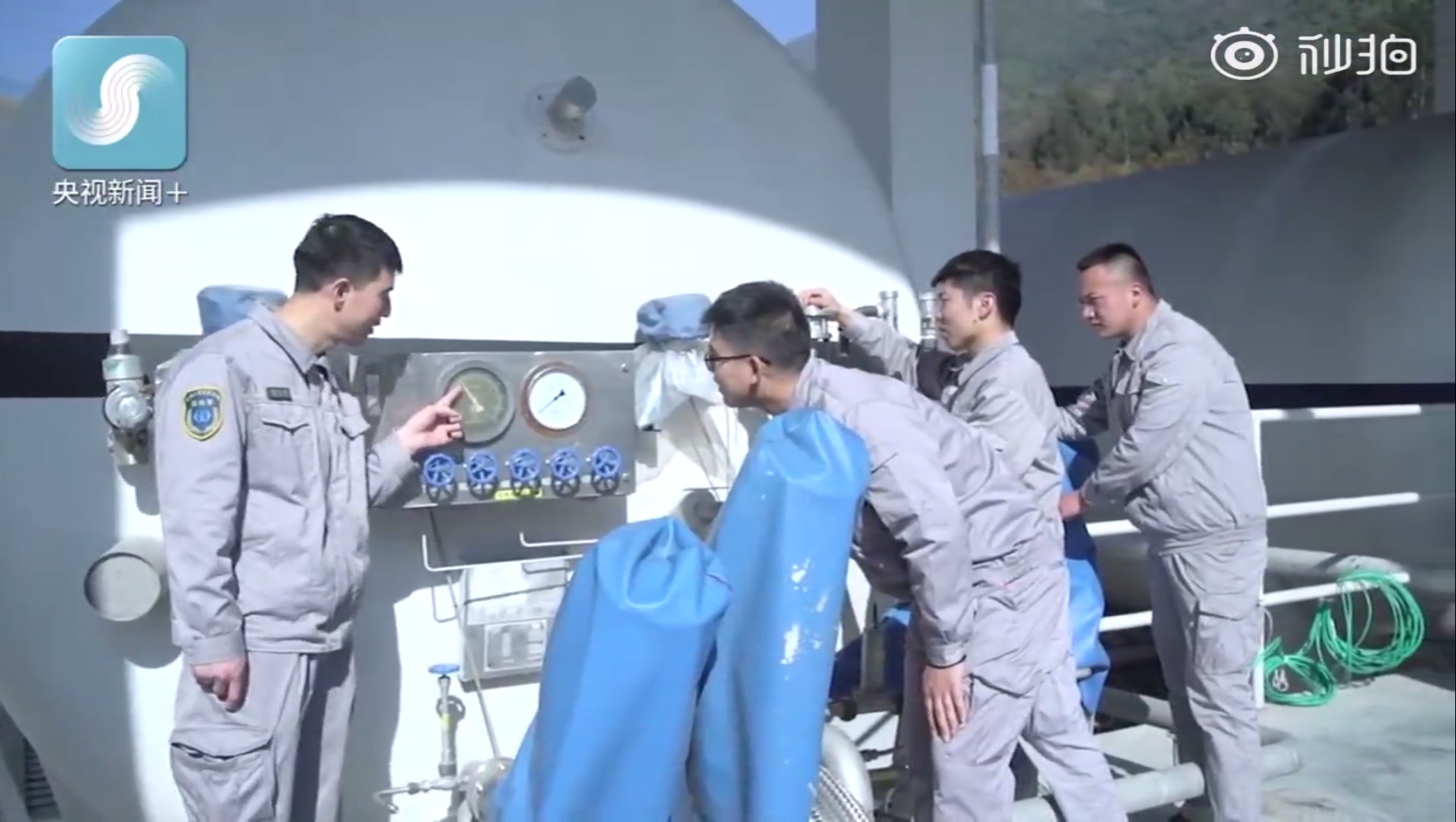
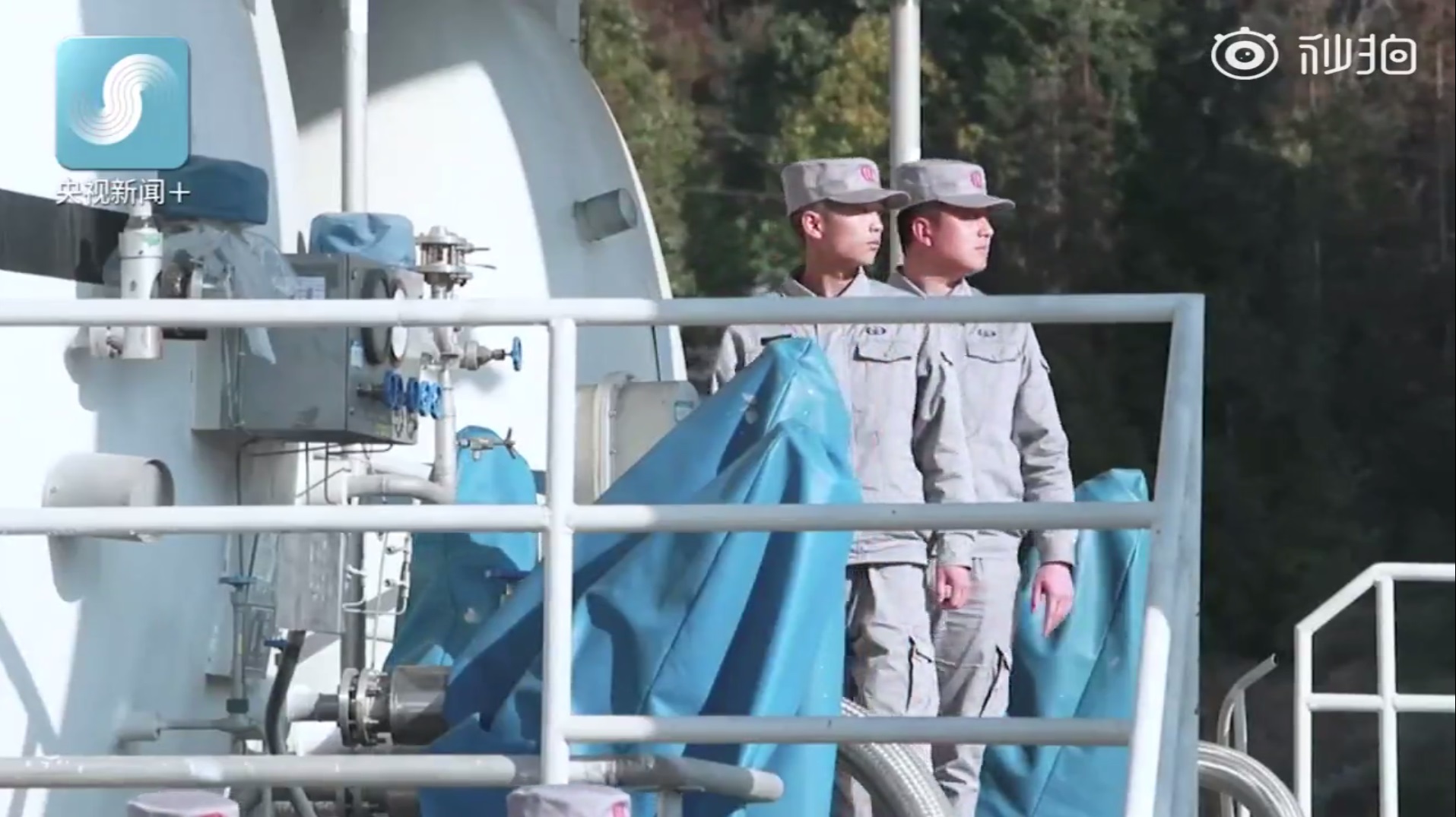
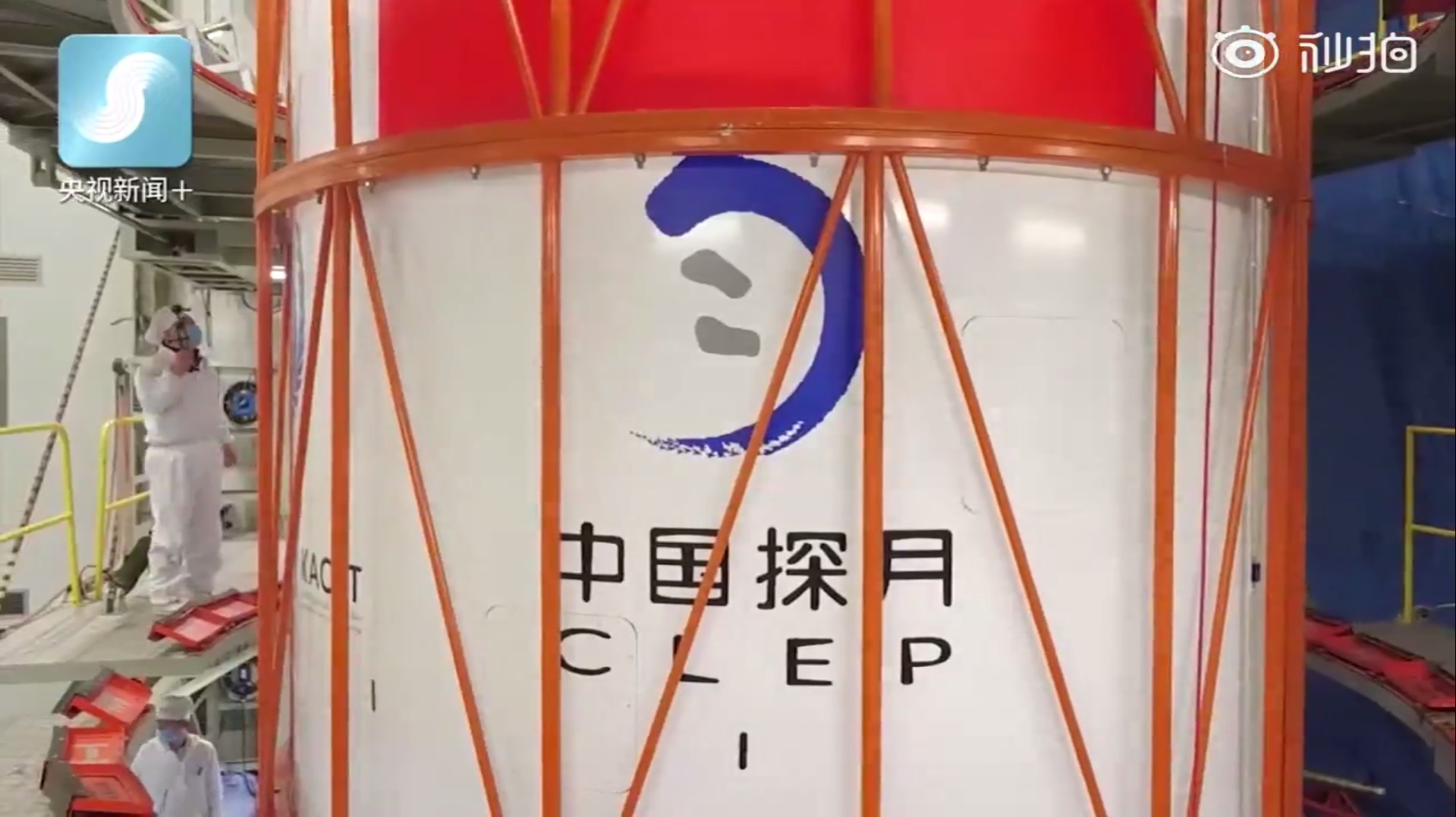
“In 2018, the launching power of the Xichang Cosmodrome was significantly increased and reached a brilliant record of 17 launches. In 2019, our mission of organizing launches from the Xichang Cosmodrome continues, as always we are focused on quality control of rocket components and ensuring success in launching satellites and space stations, there will be even more Chinese wonders, "said Yu Liqing with pride.One day from the working watch of specialists of the cosmodrome post
The morning is beautiful, the sky is clear, there is no fog:

The post of the spaceport is ready to start the work of the new shift:

Gliding at nine in the morning:

Check equipment status:
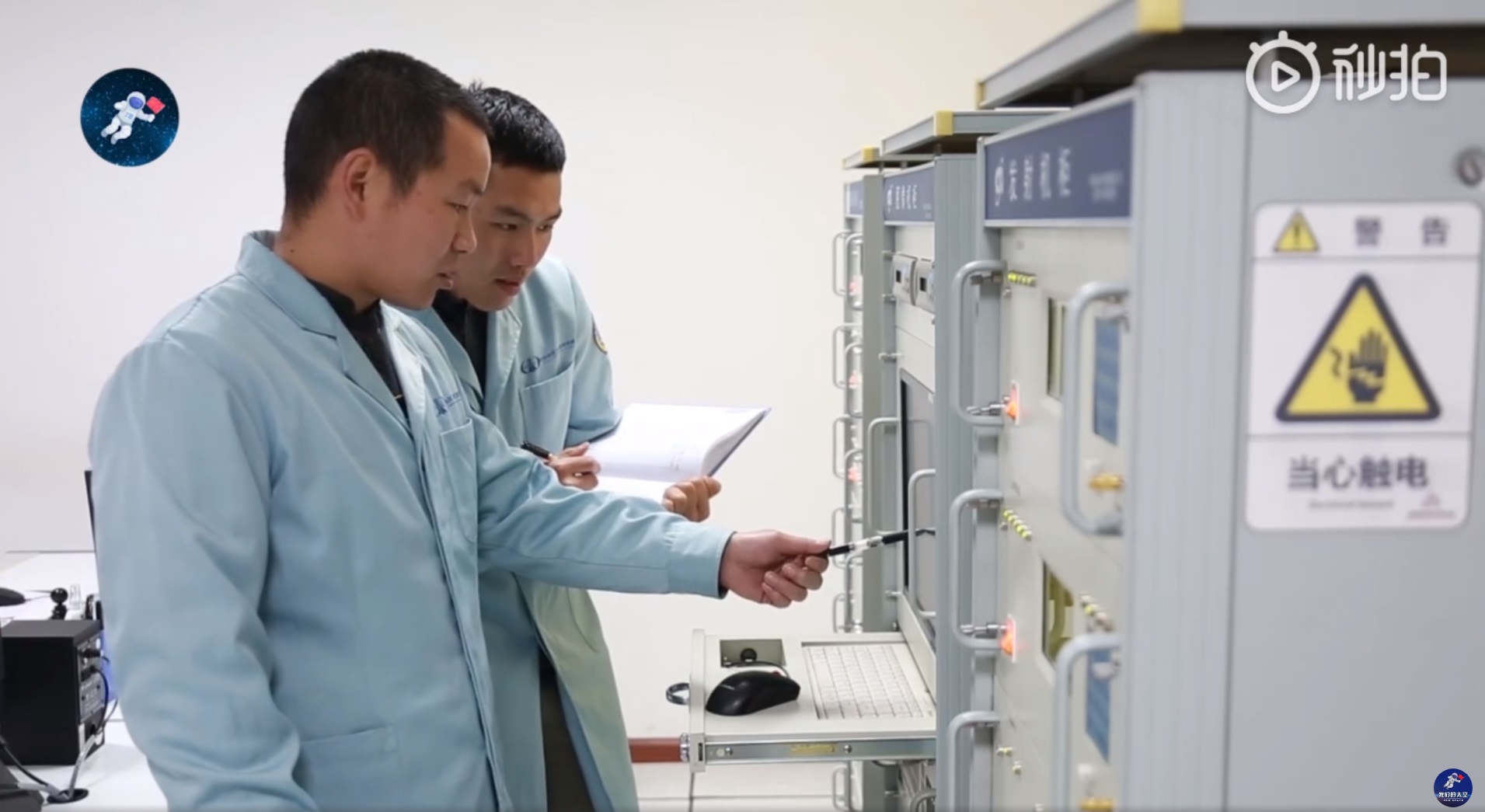
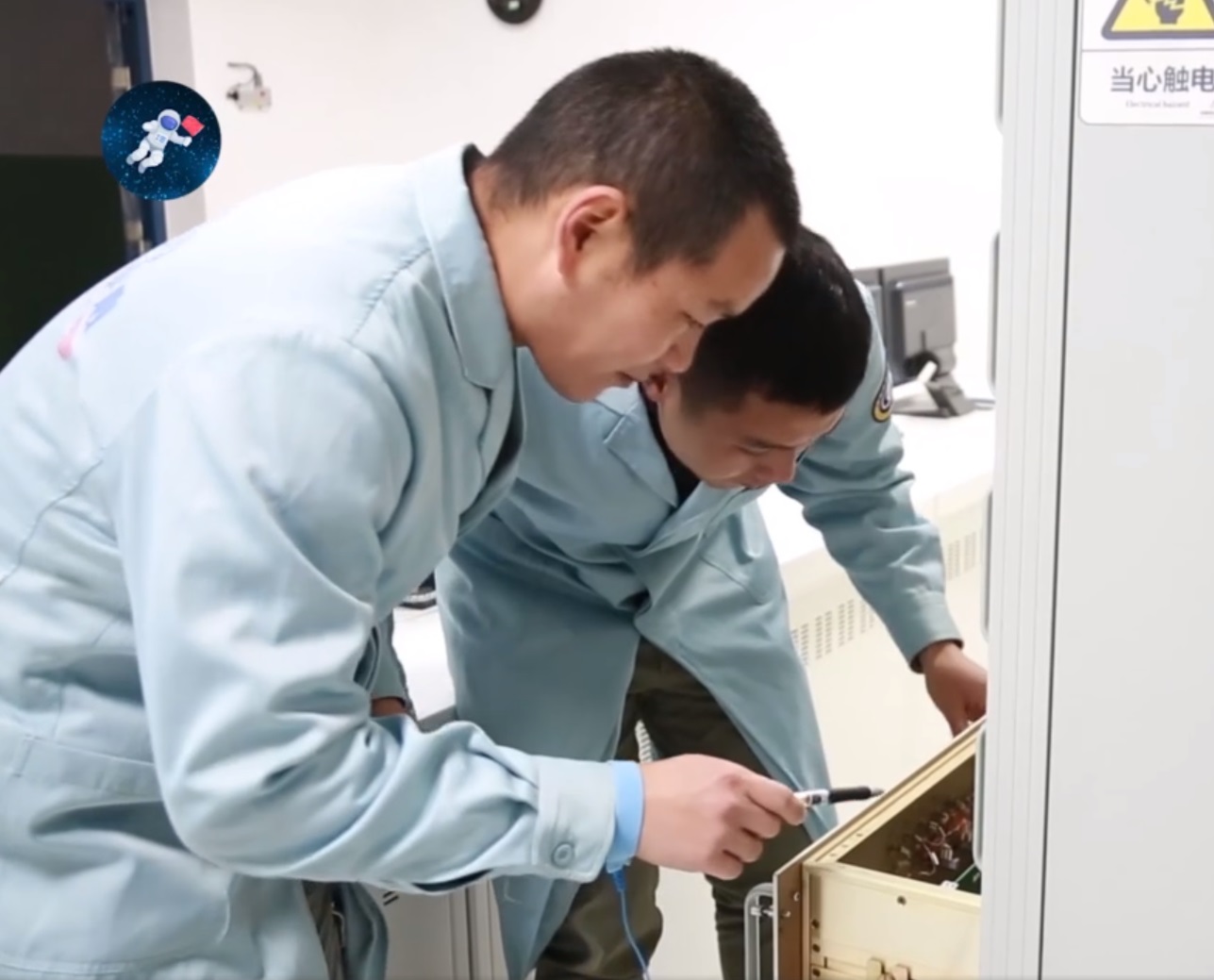

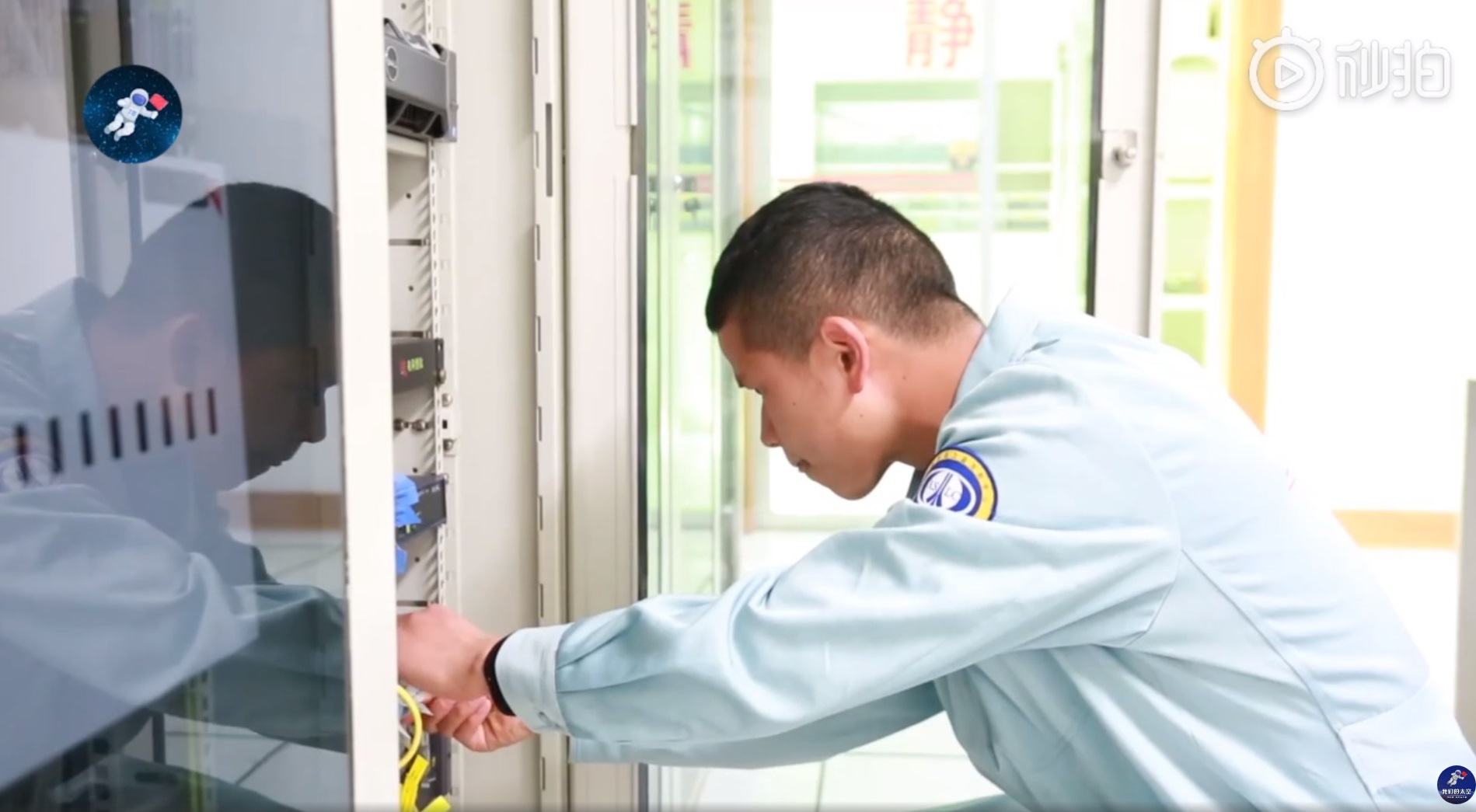
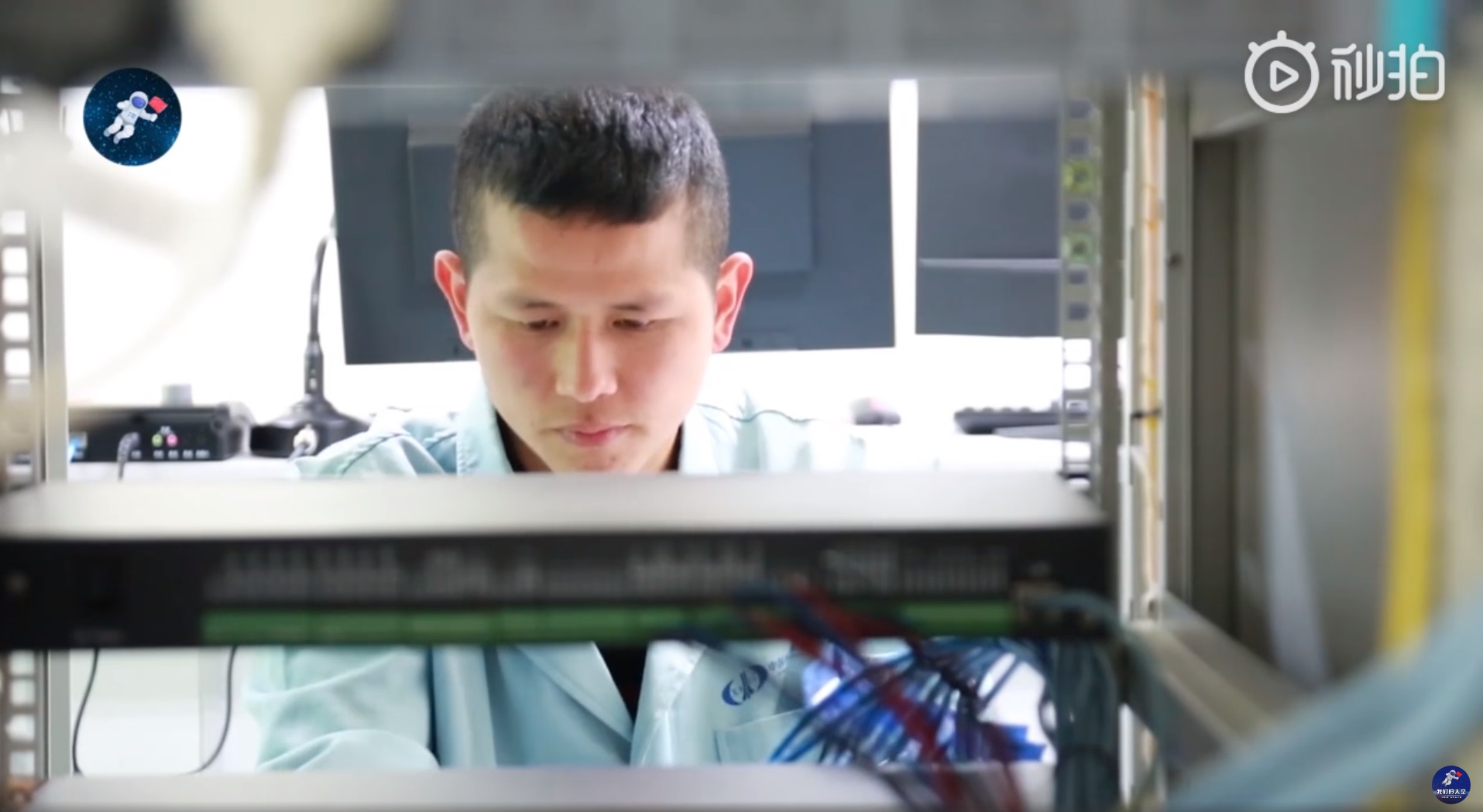
The external mobile node also needs to be checked:


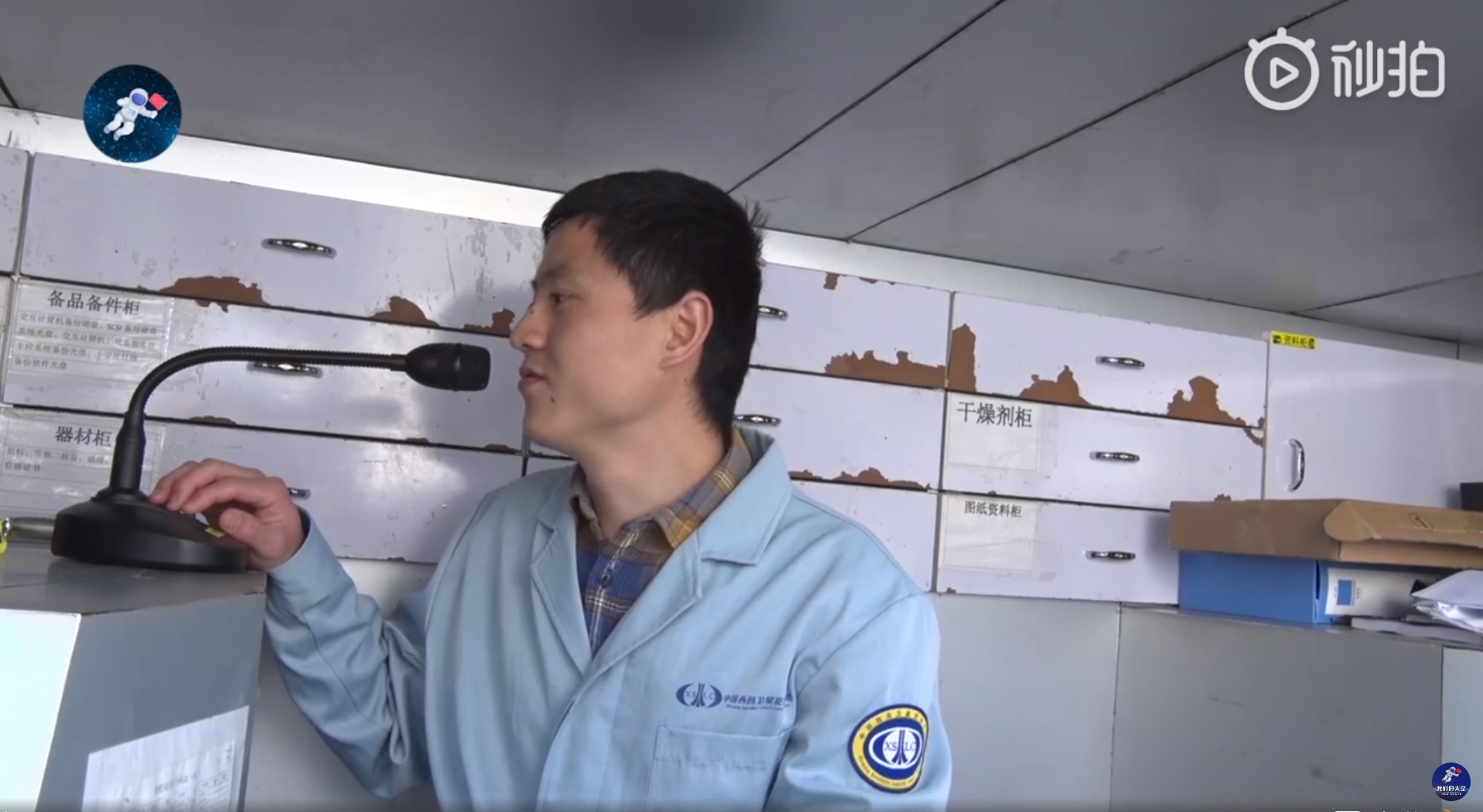
Verification complete, close:
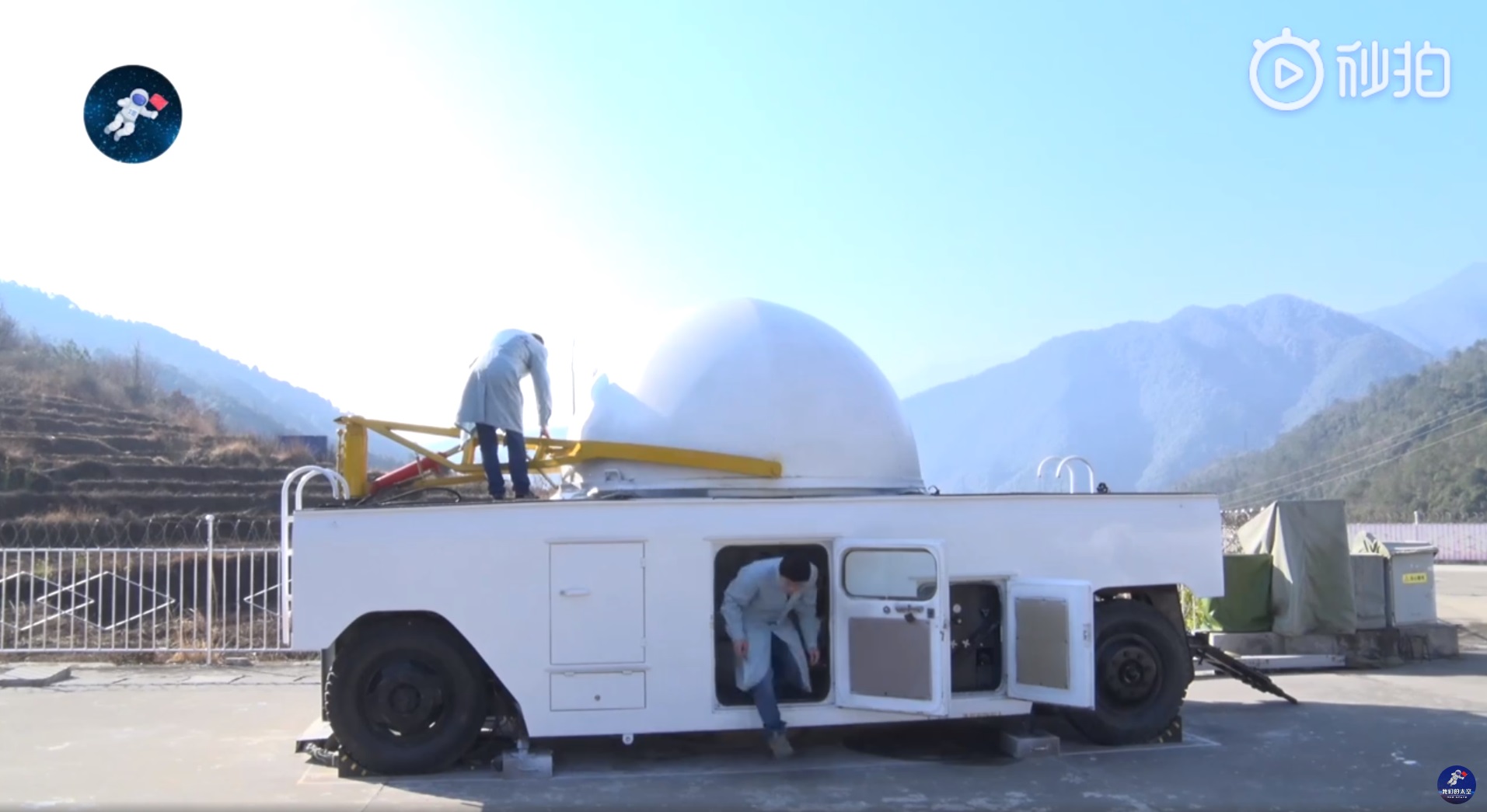
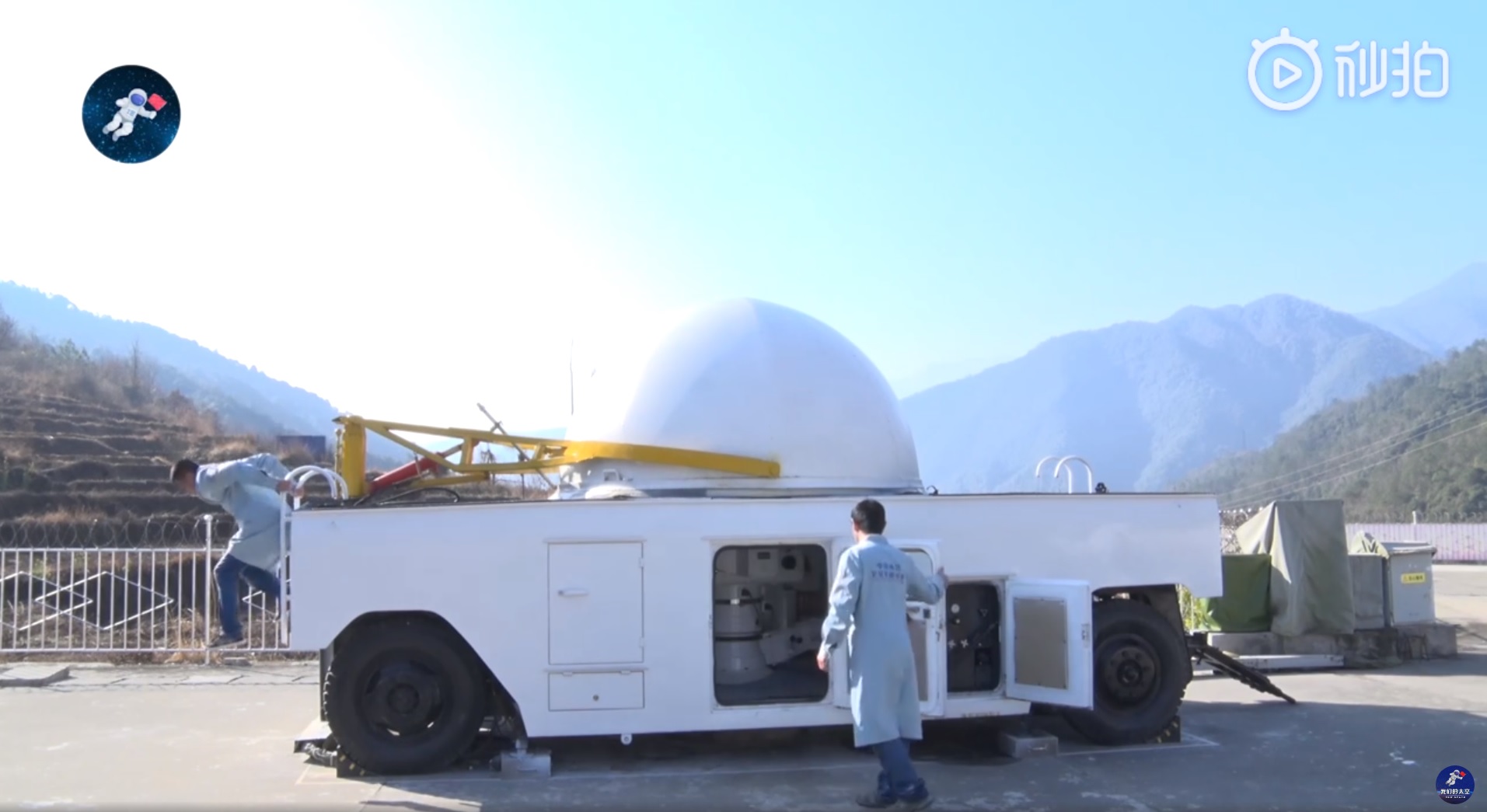
Meanwhile, the mates went to the bazaar in a town not far from the cosmodrome for groceries, the spring festival must be met!




Returned to the post:

Mandatory tradition - the preparation of jewelry and posters by hand:
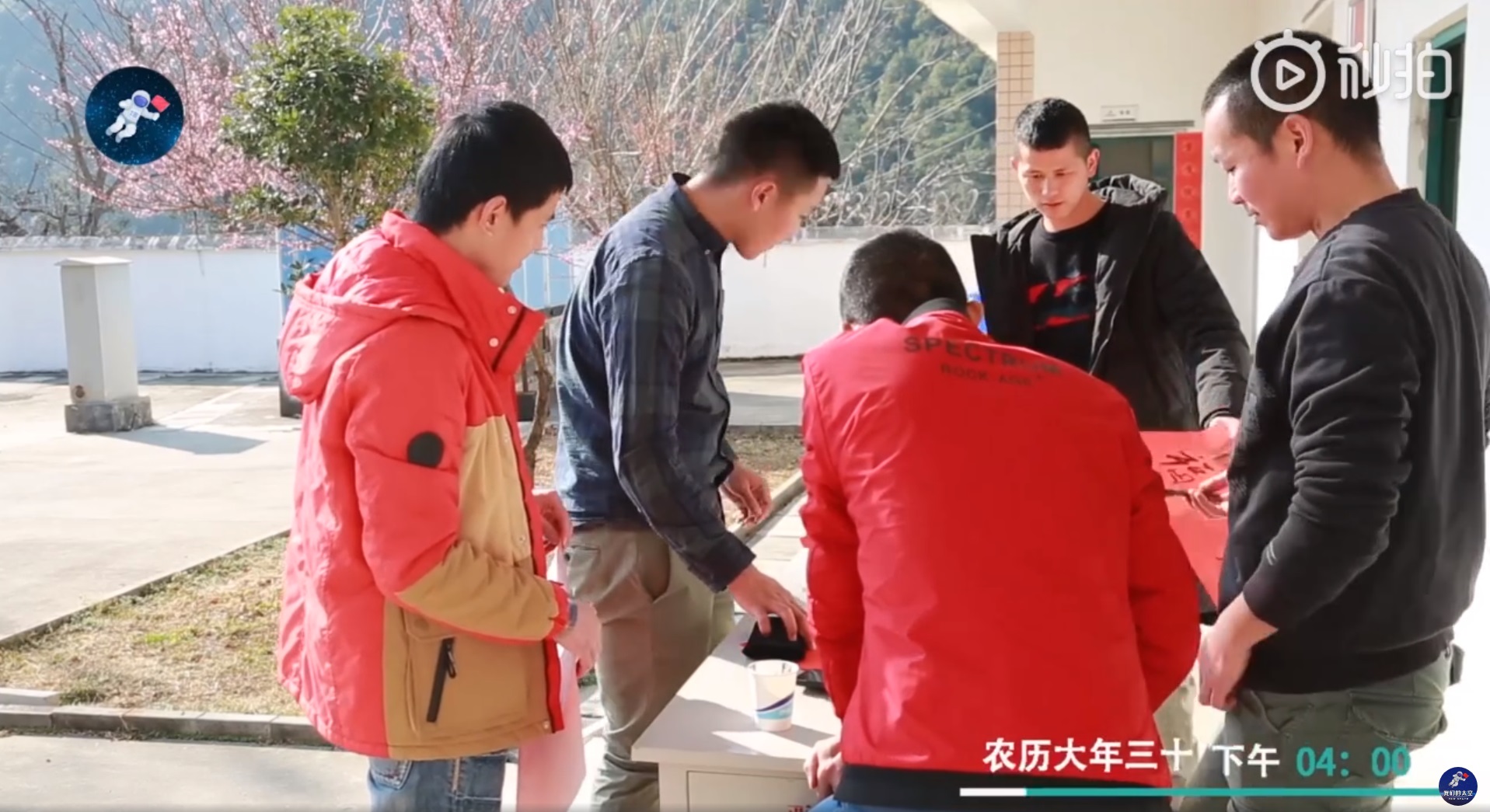

Hang posters at the entrance area:
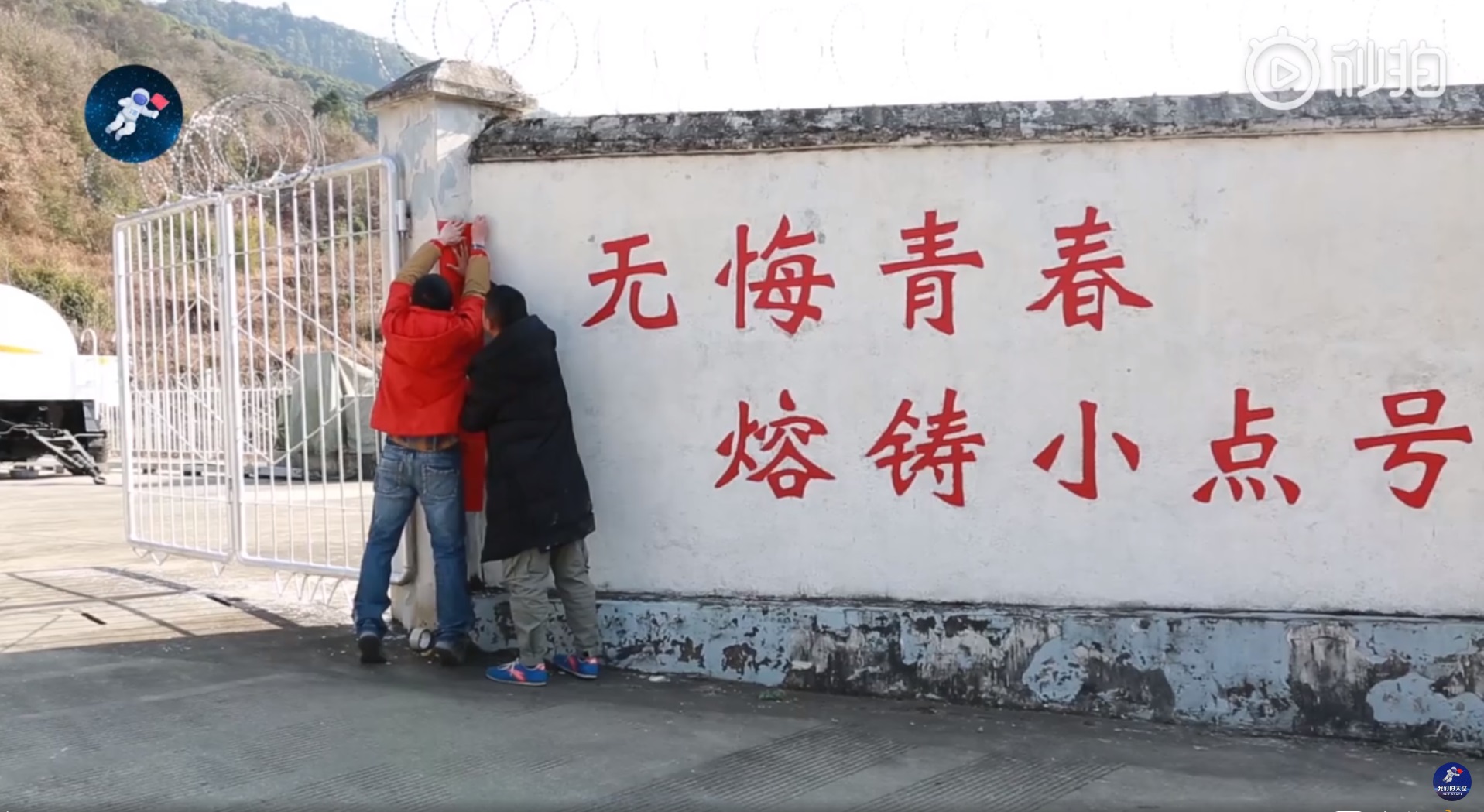
Something like this:
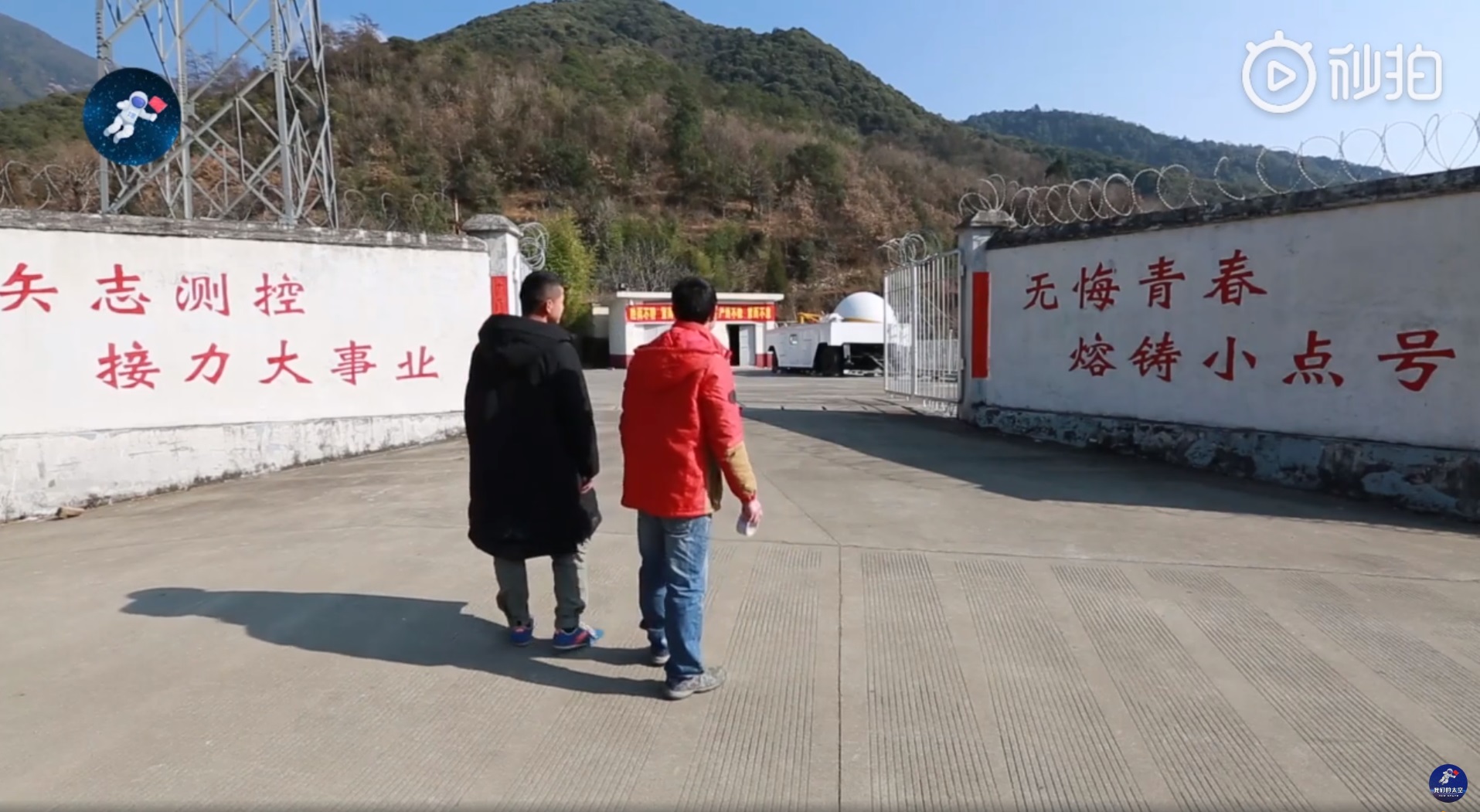
And now the time of cooking and modeling:


The table is ready, waiting for the arrival of comrades:

No alcohol, none at all:

In the evening, you can write a letter to relatives:
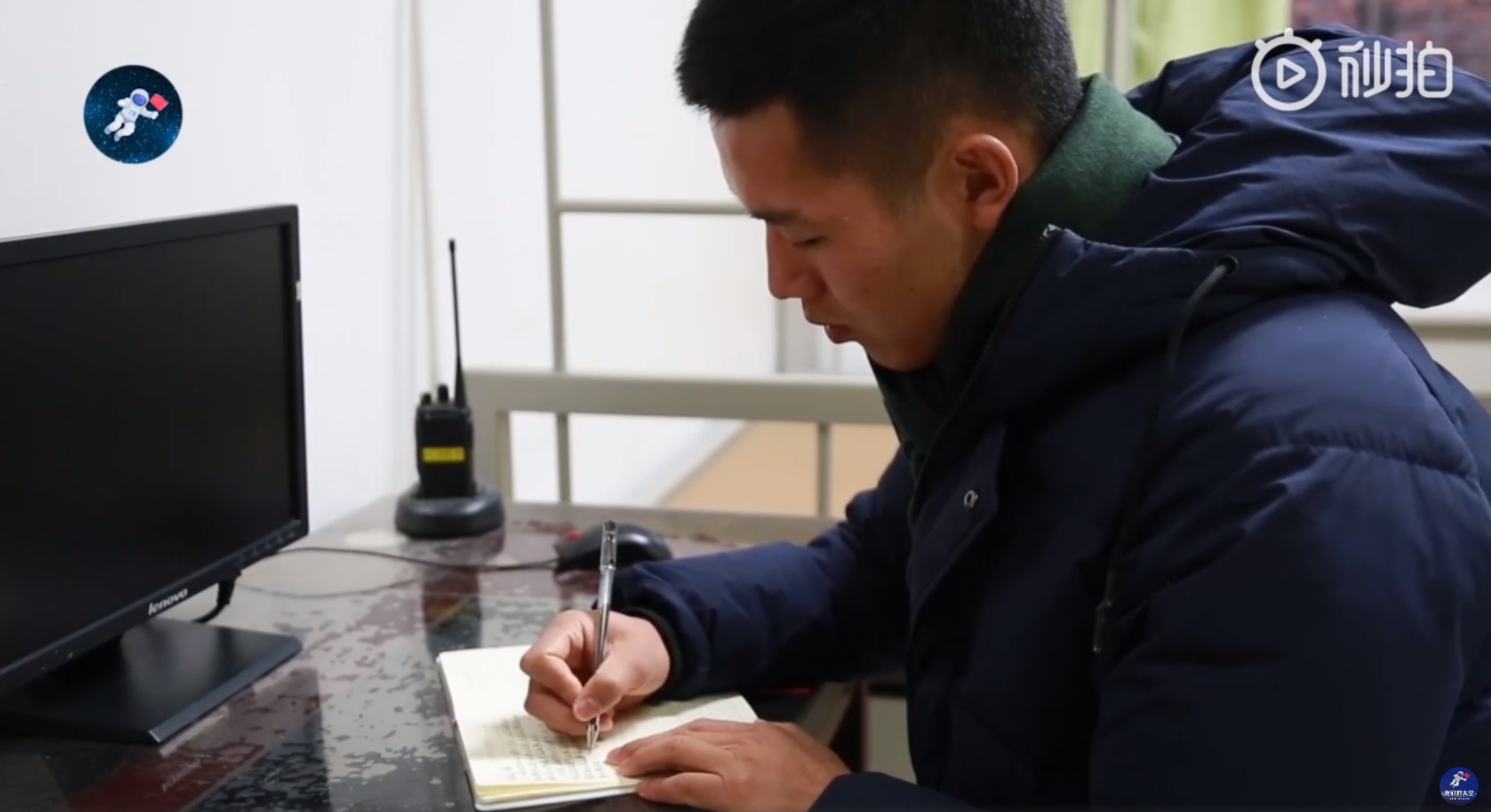
And talk with the closest:

Sing for friends a few songs on the guitar:

Check the perimeter and go to night duty:
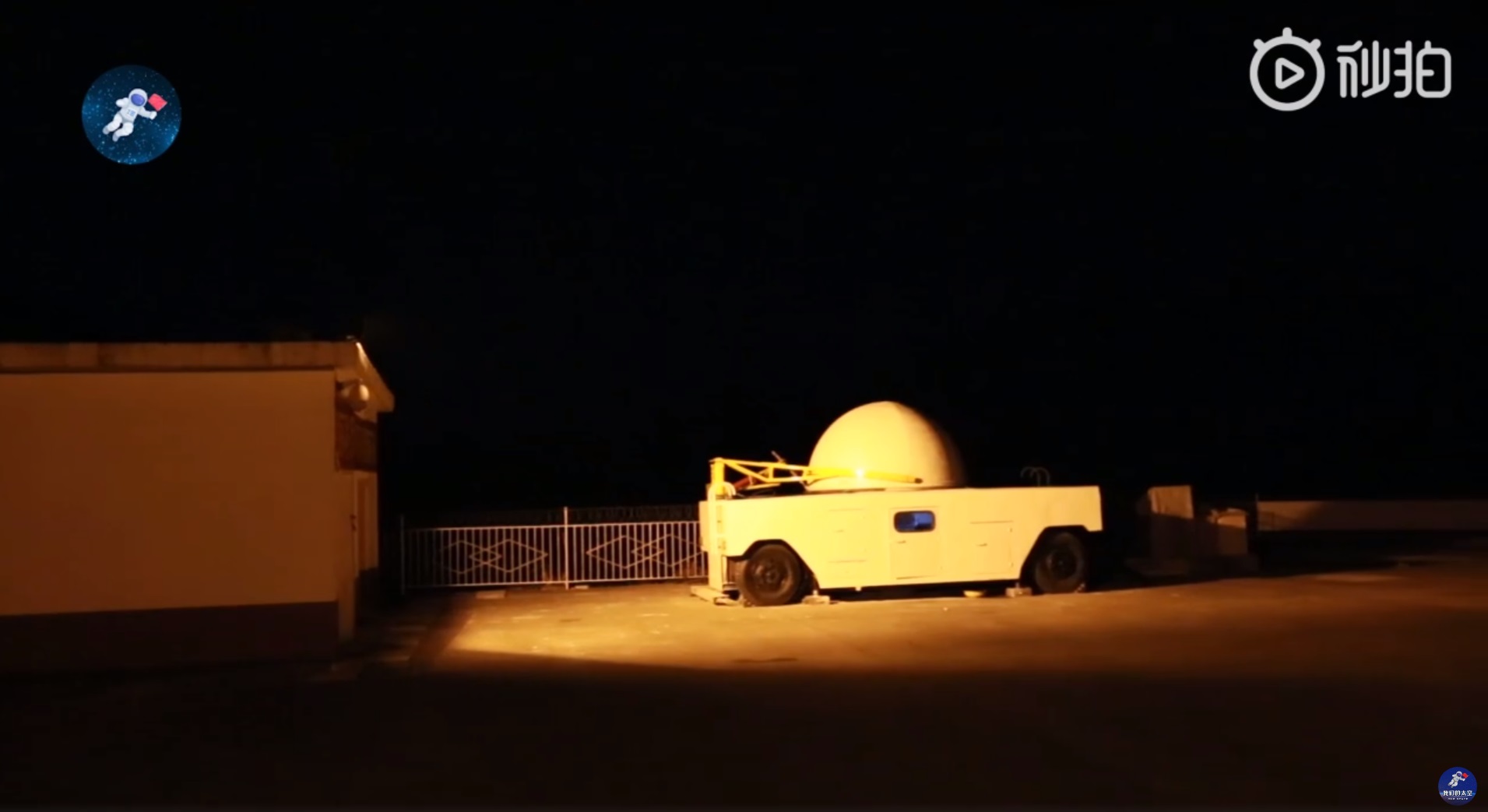
Getting up in the morning and having breakfast with mates:


Spaceport at a glance:
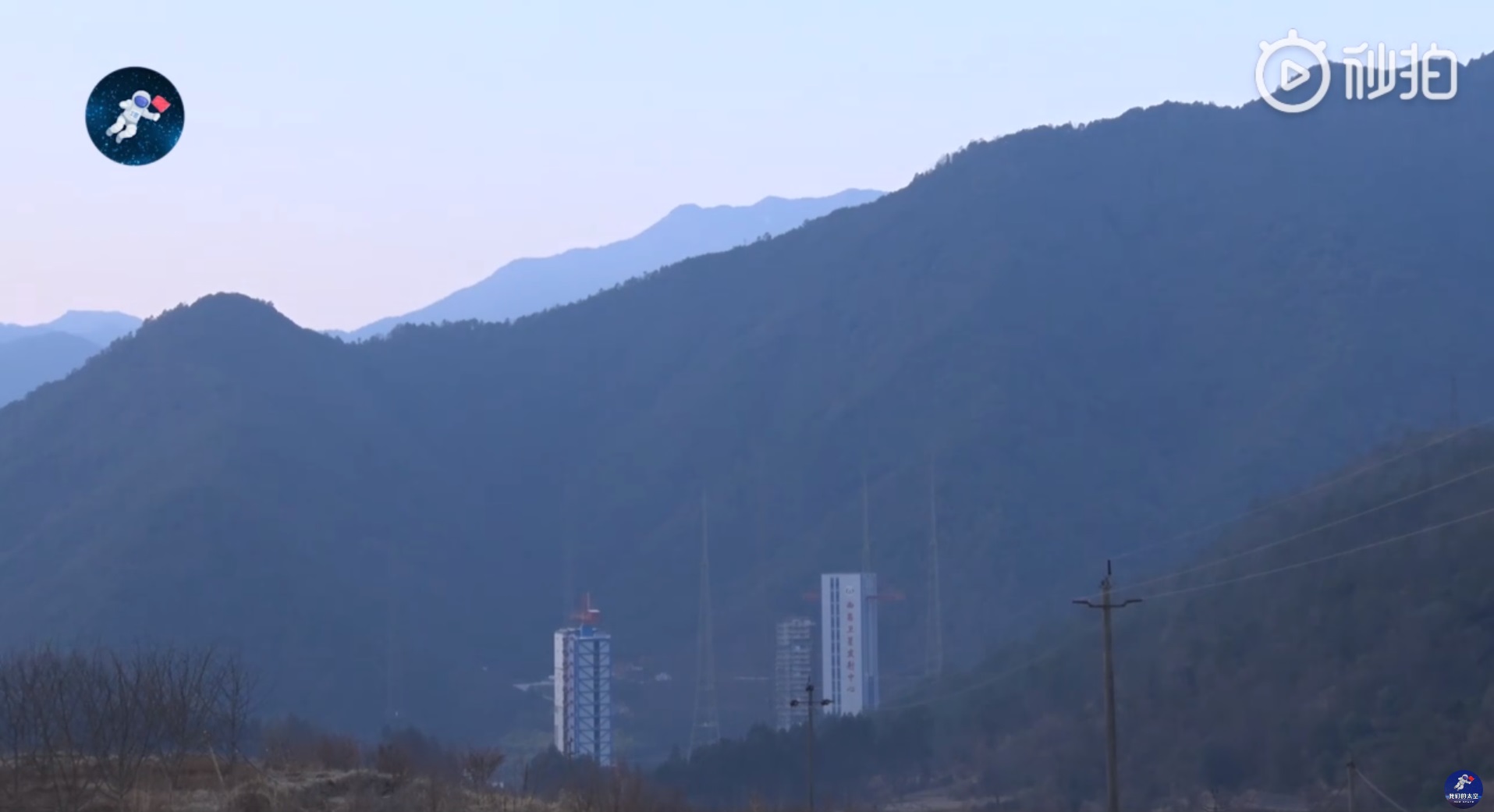
Flag and anthem:
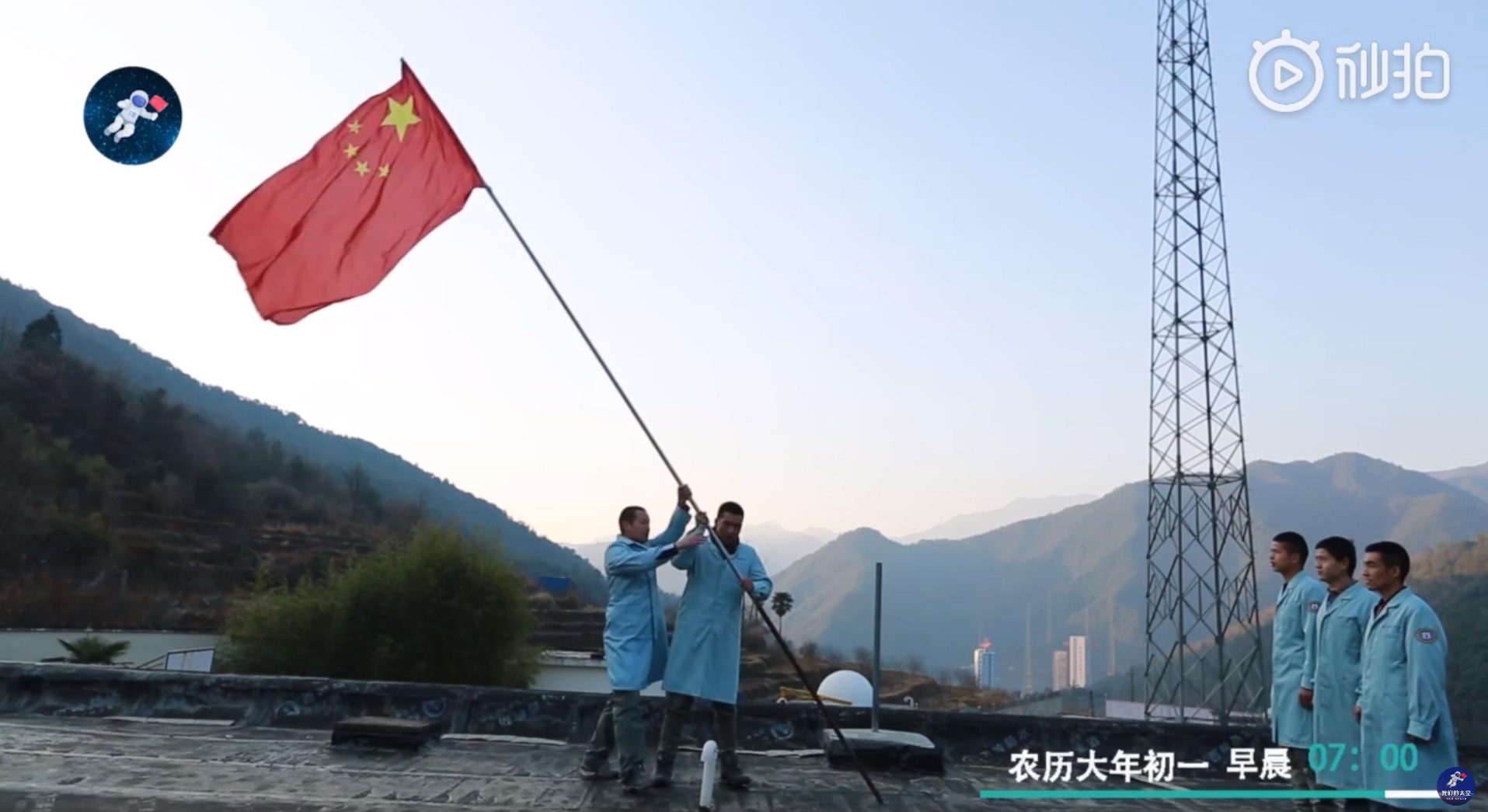
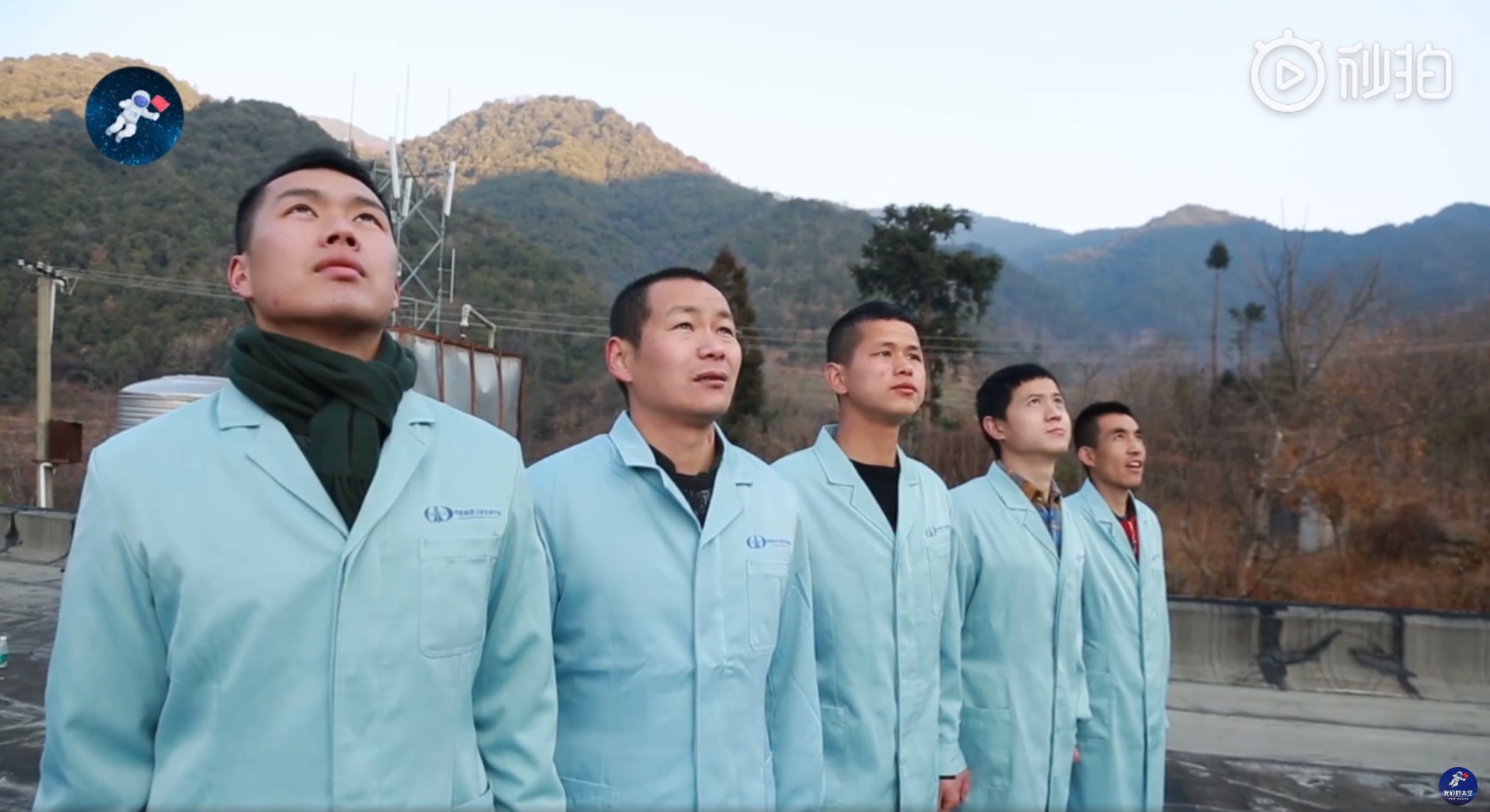


They are waiting for a new working day:
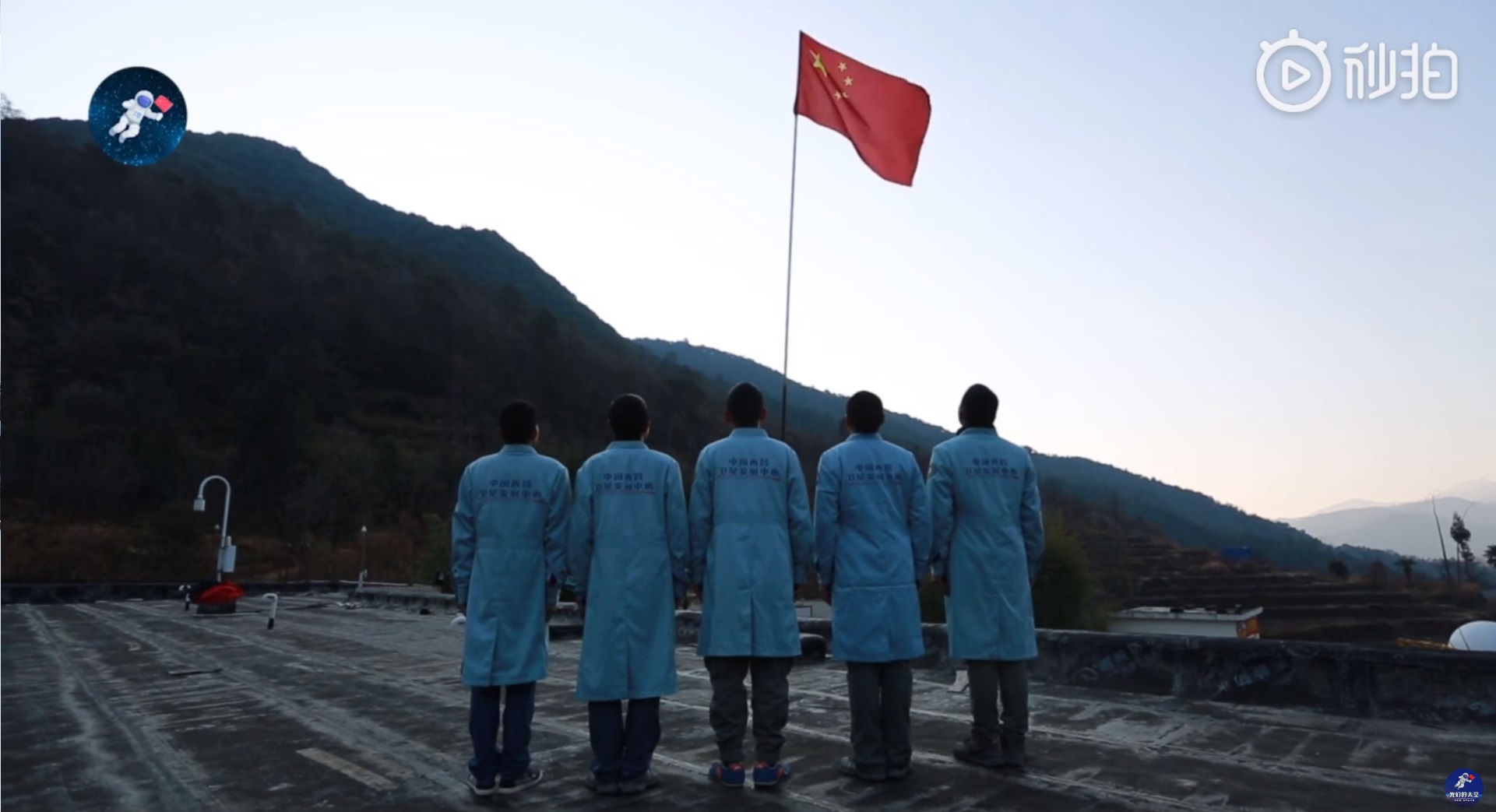
Meanwhile, at the very launch site, the festival is in full swing:
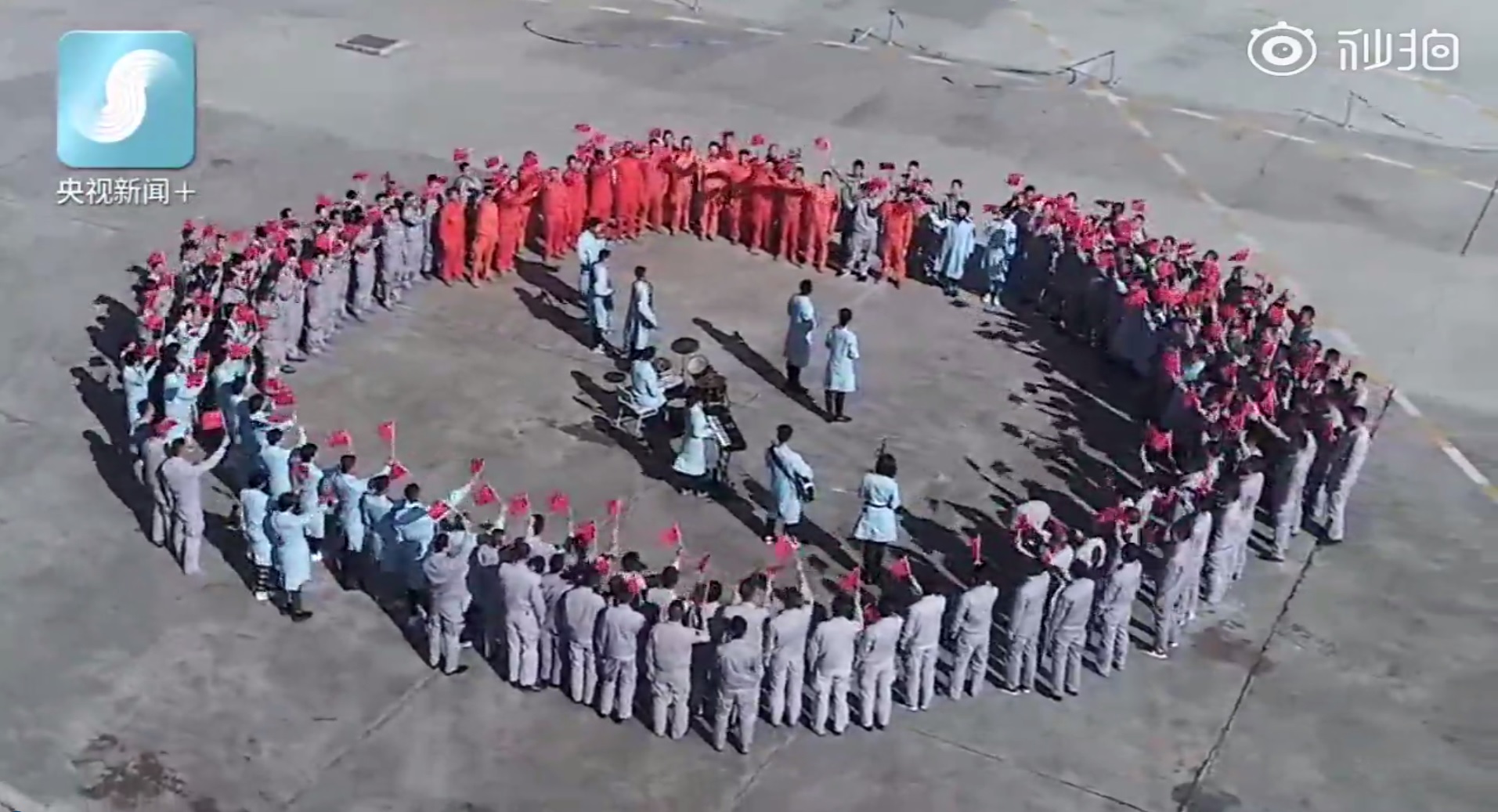

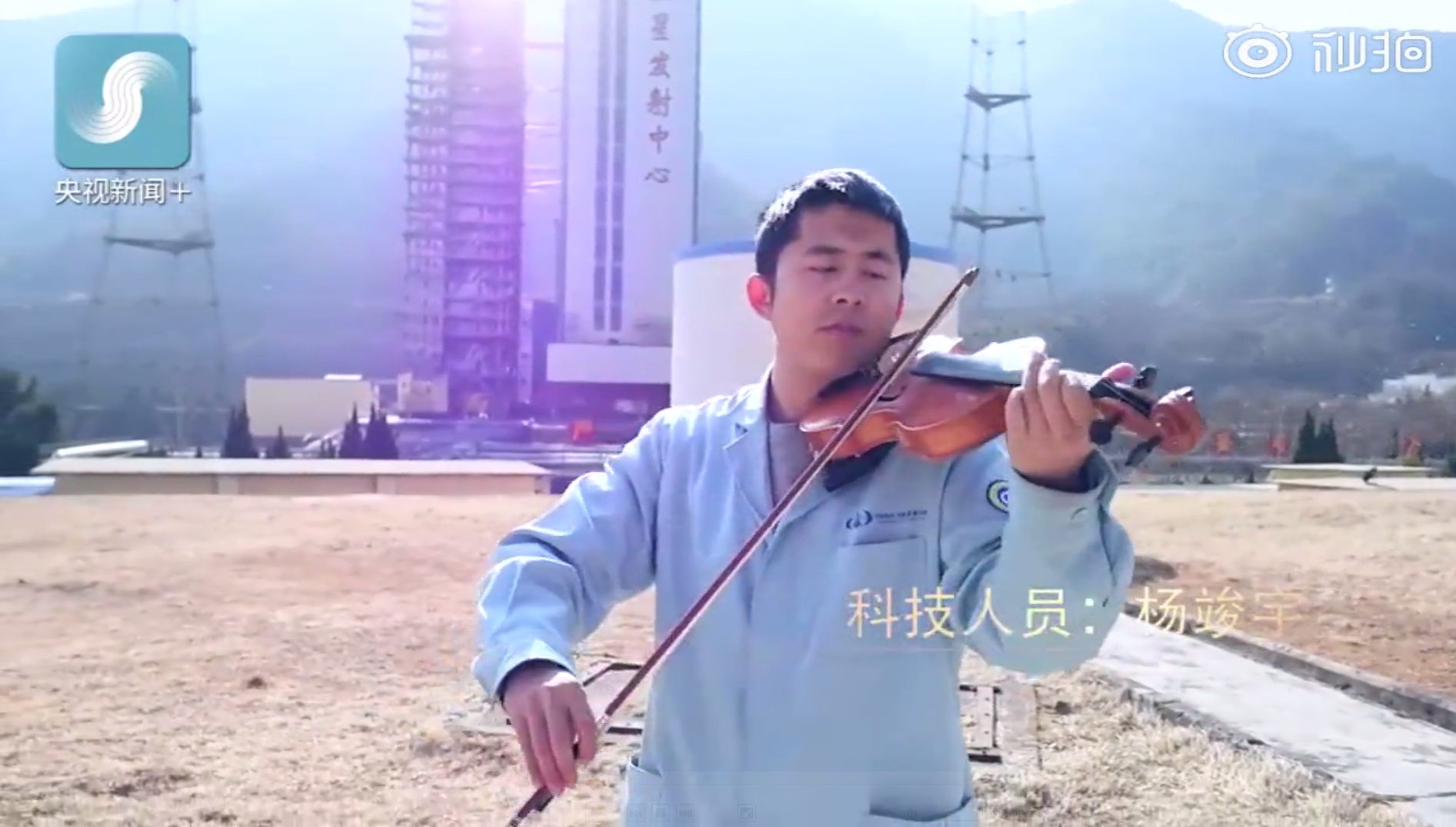


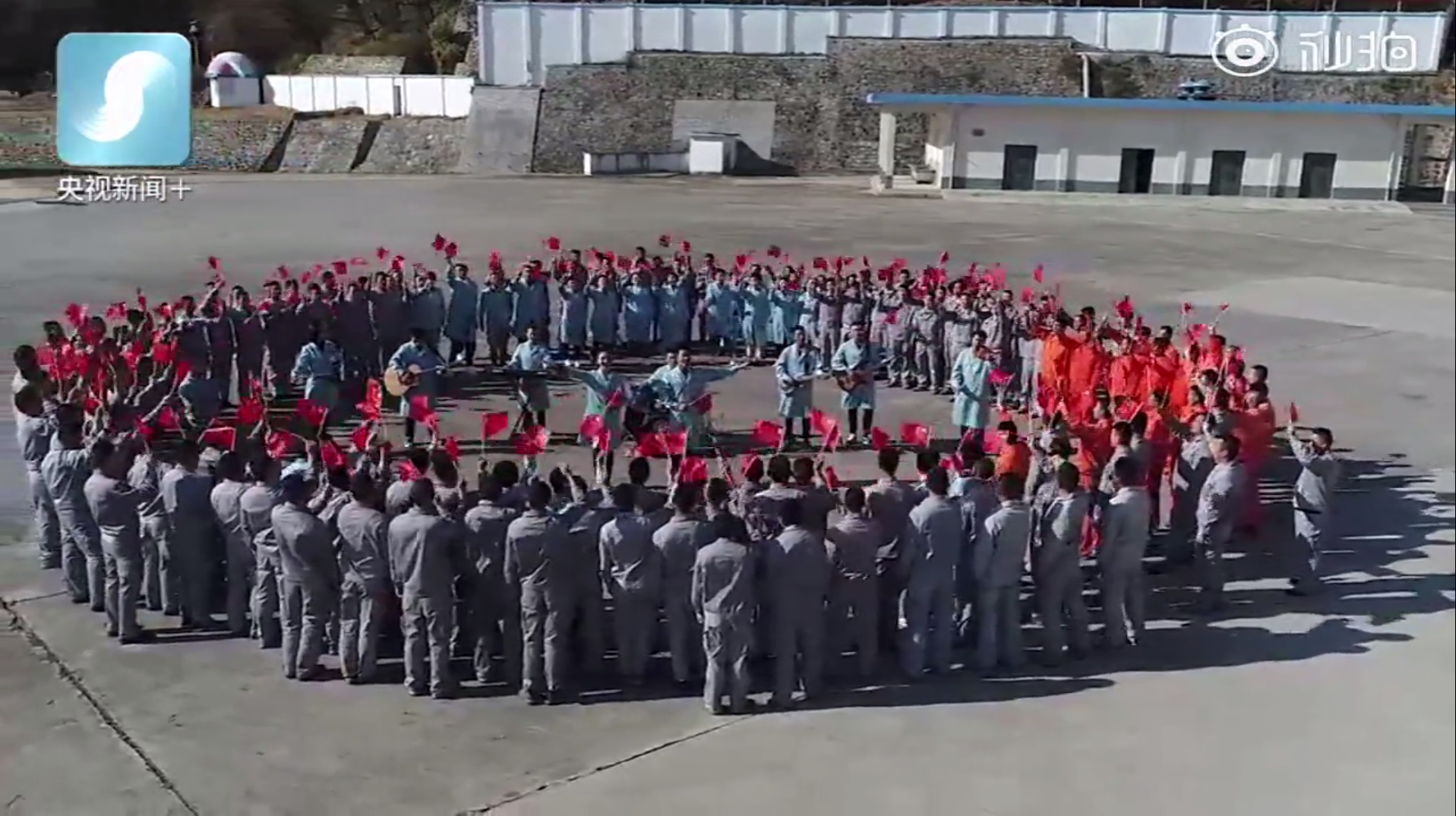
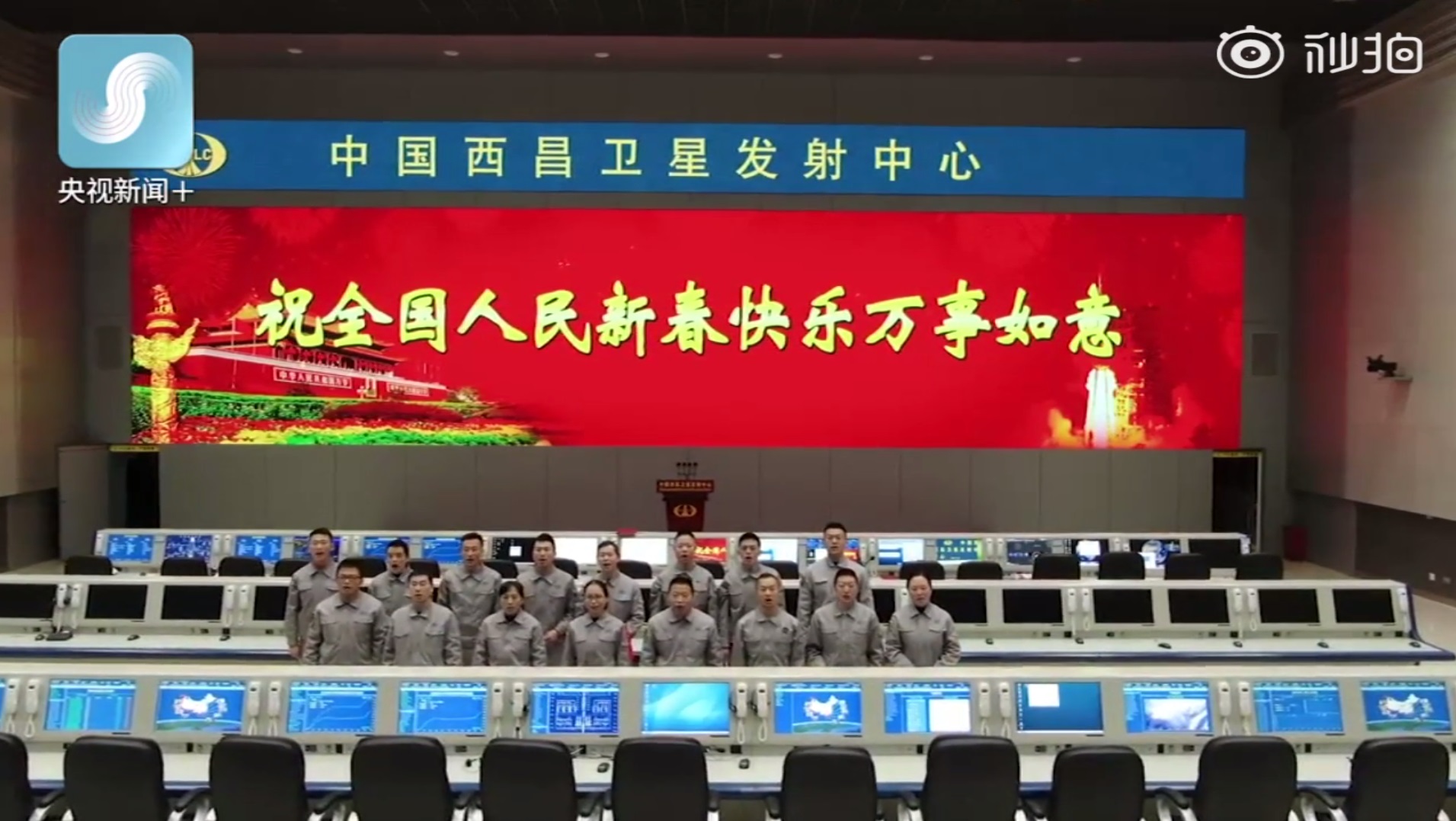
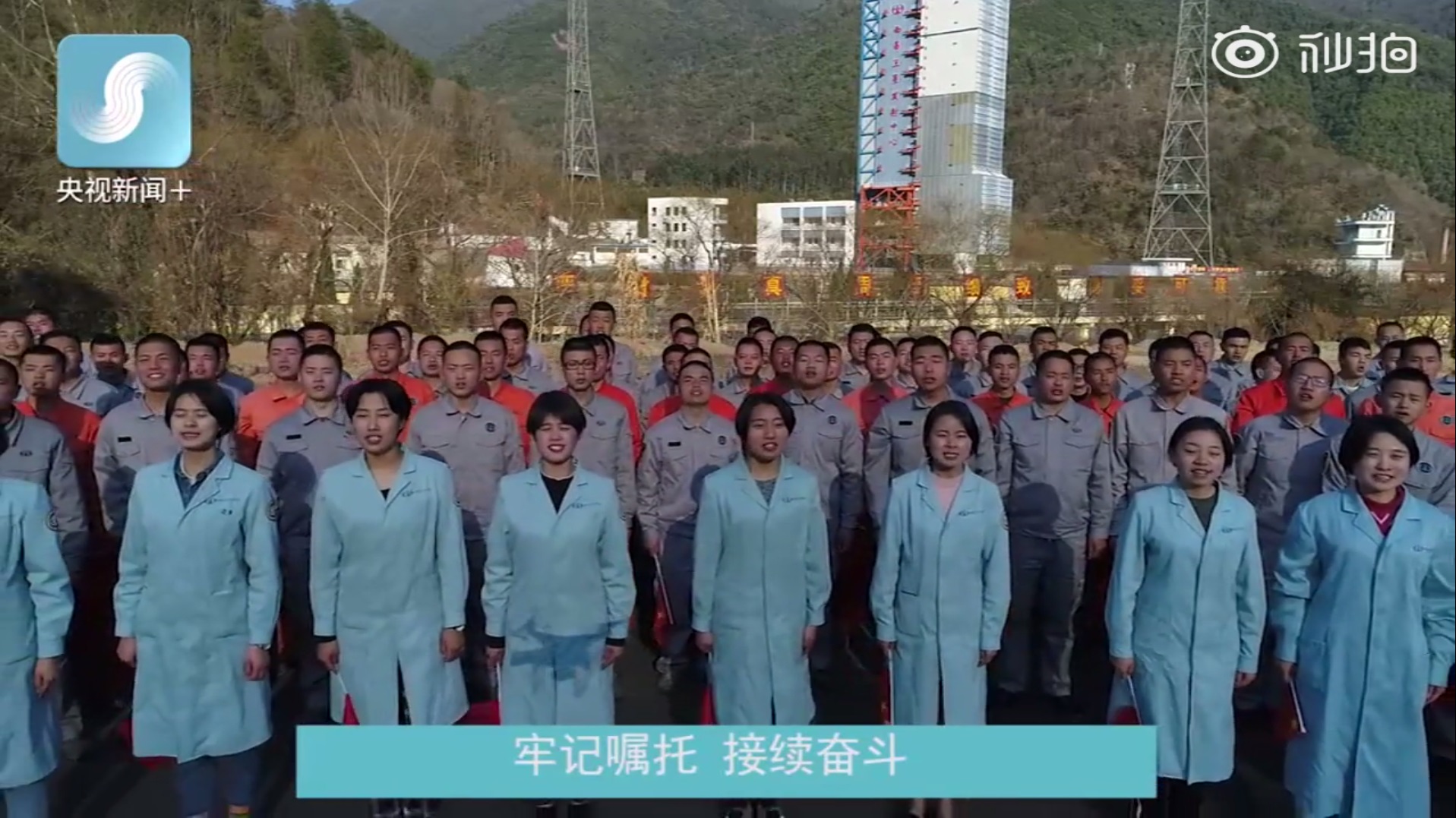
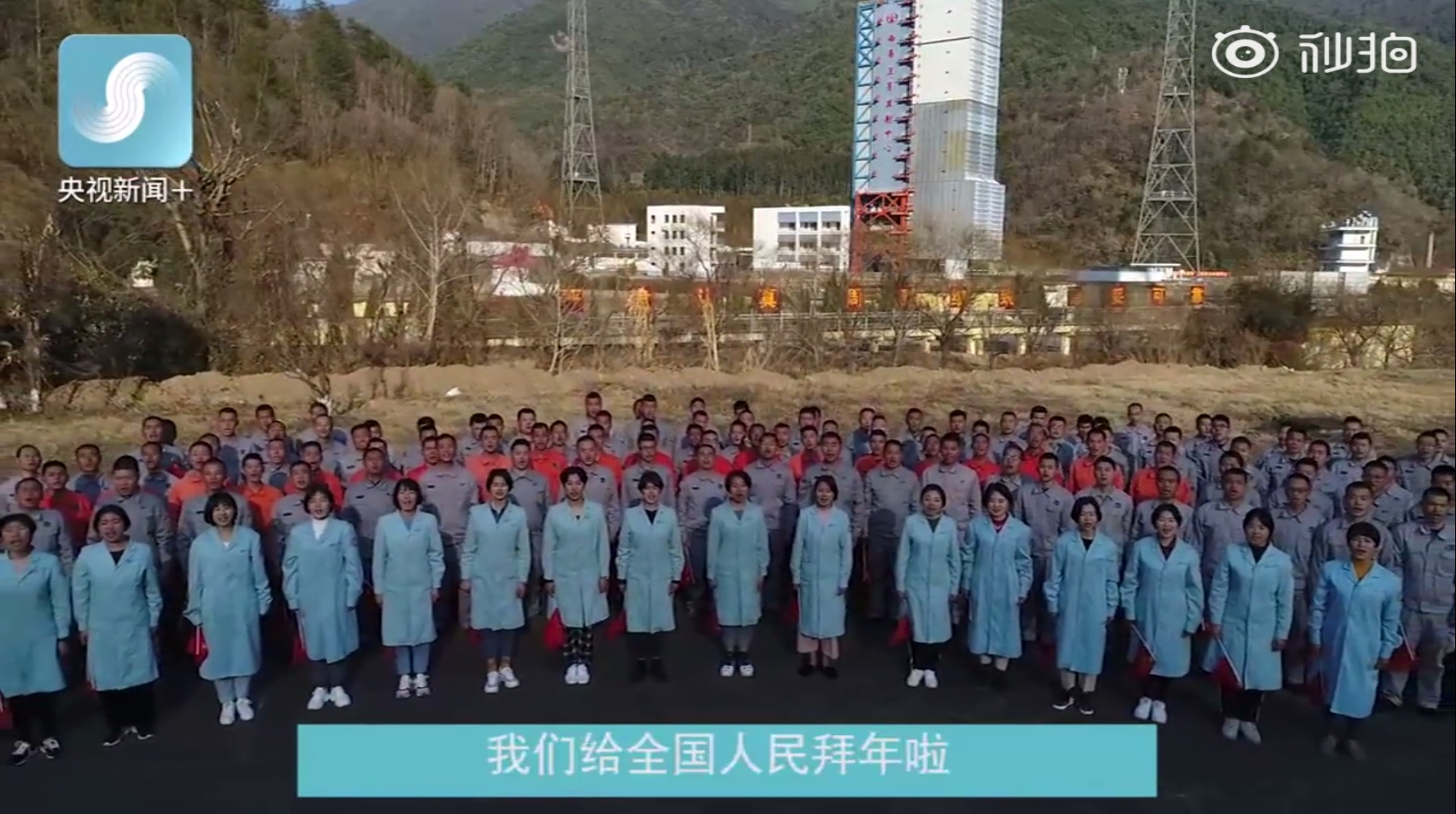
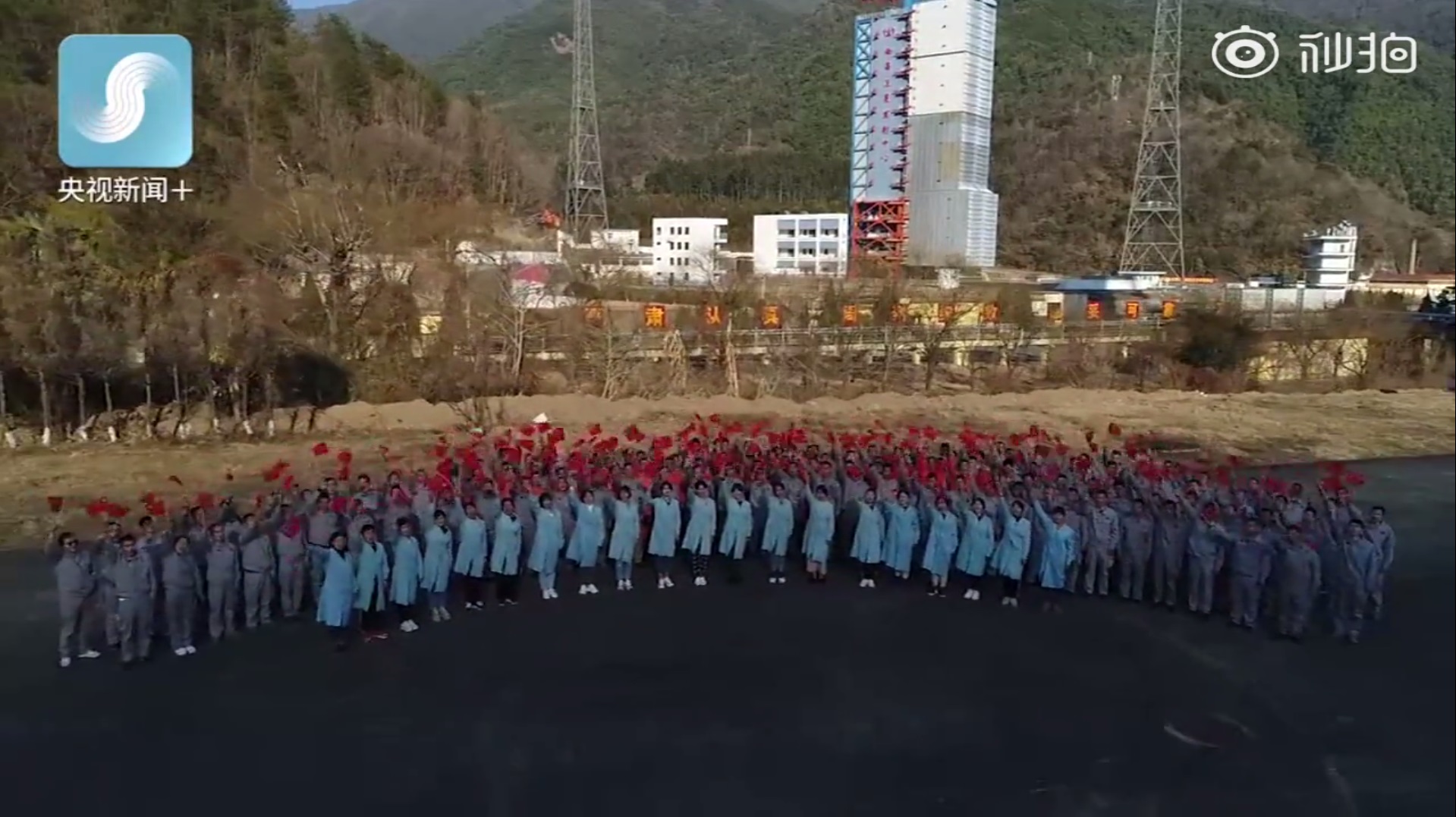
But the harshest time at the cosmodrome is the moment of launch of the launch vehicle.
And this is what happened at that moment at the cosmodrome on December 8, 2018 during the launch of the Changzheng-3B launch vehicle with the Chang'e-4 lunar module:
Assembly and preparation:

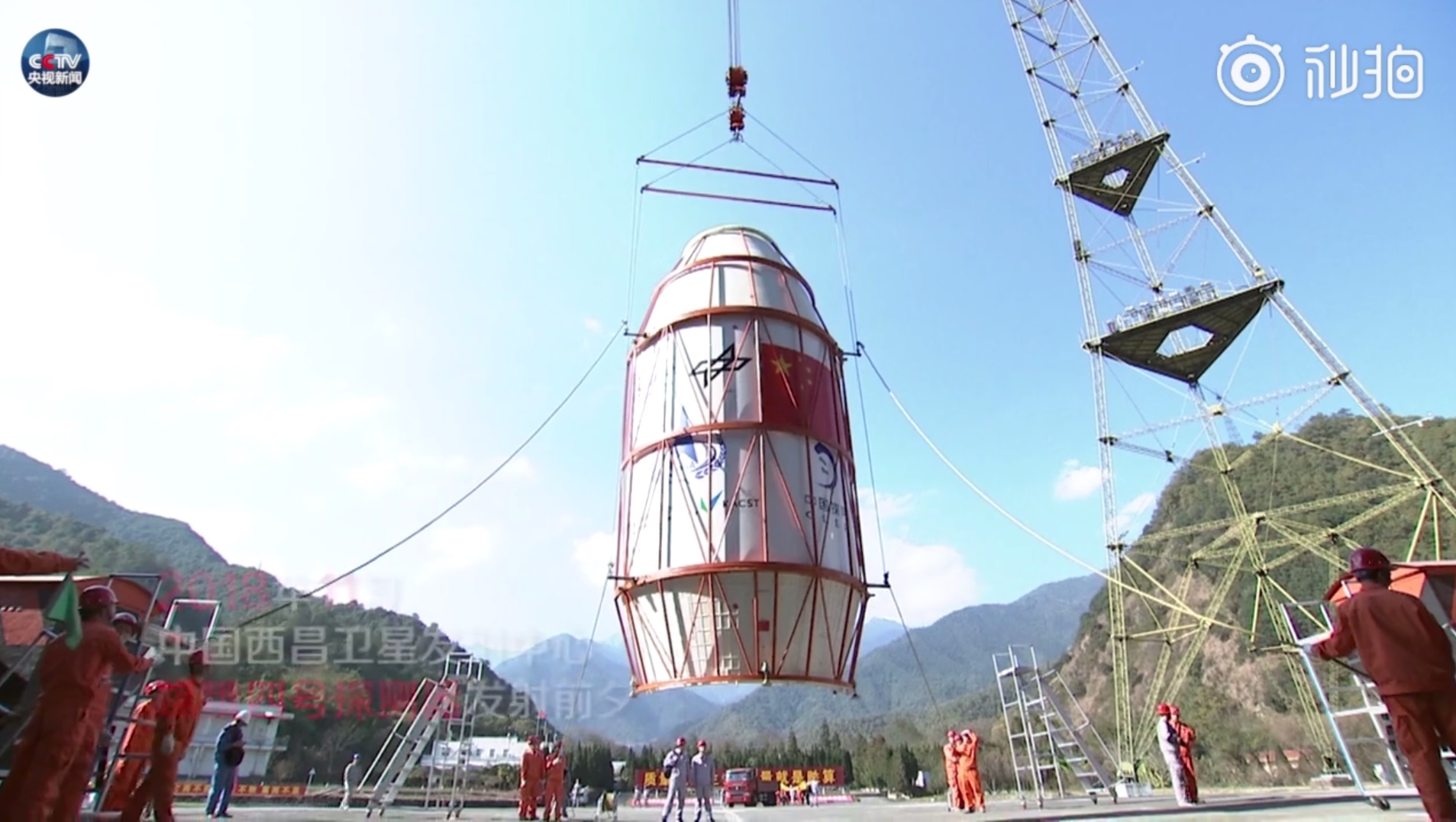
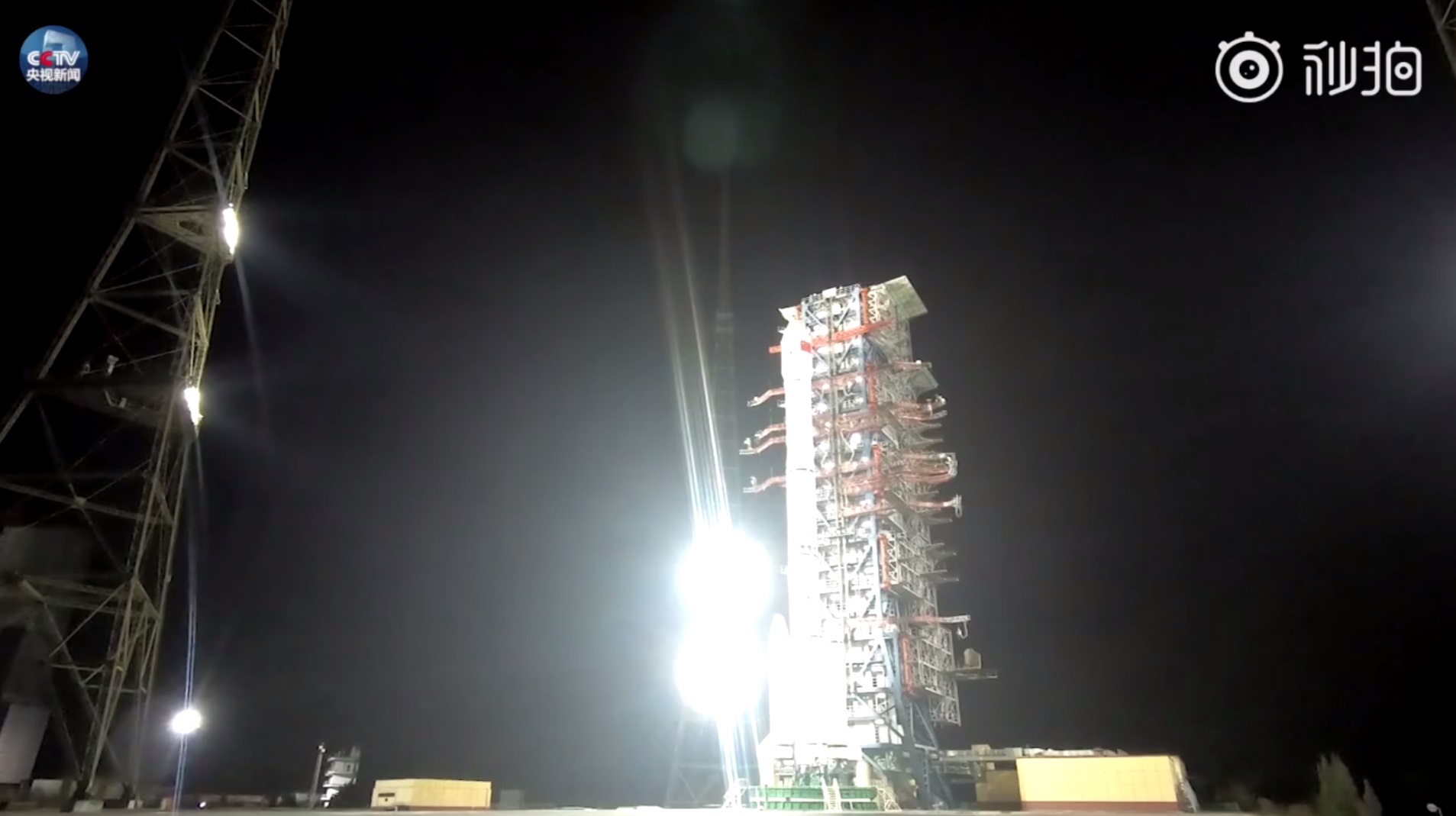
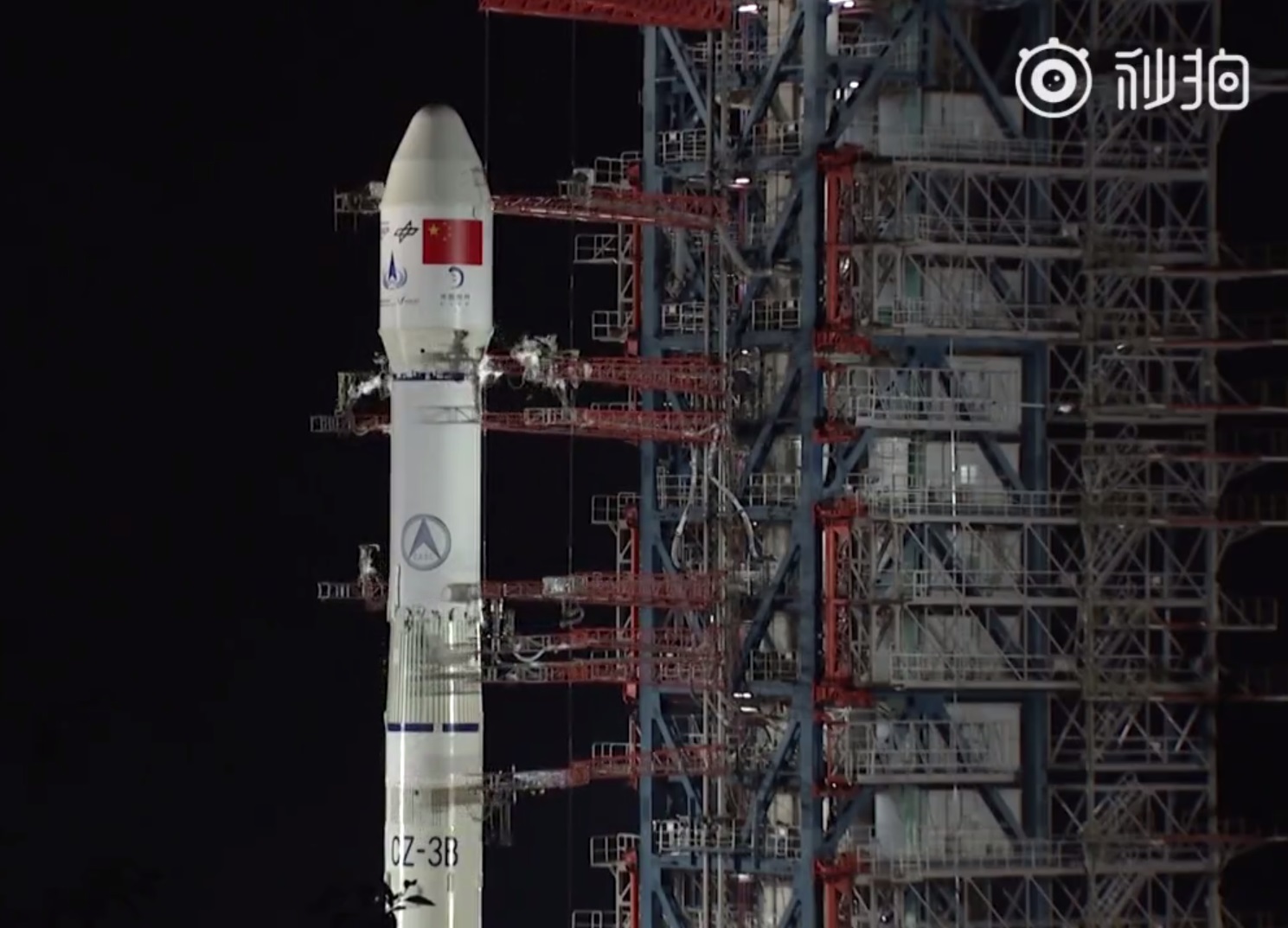
A few minutes before the start:
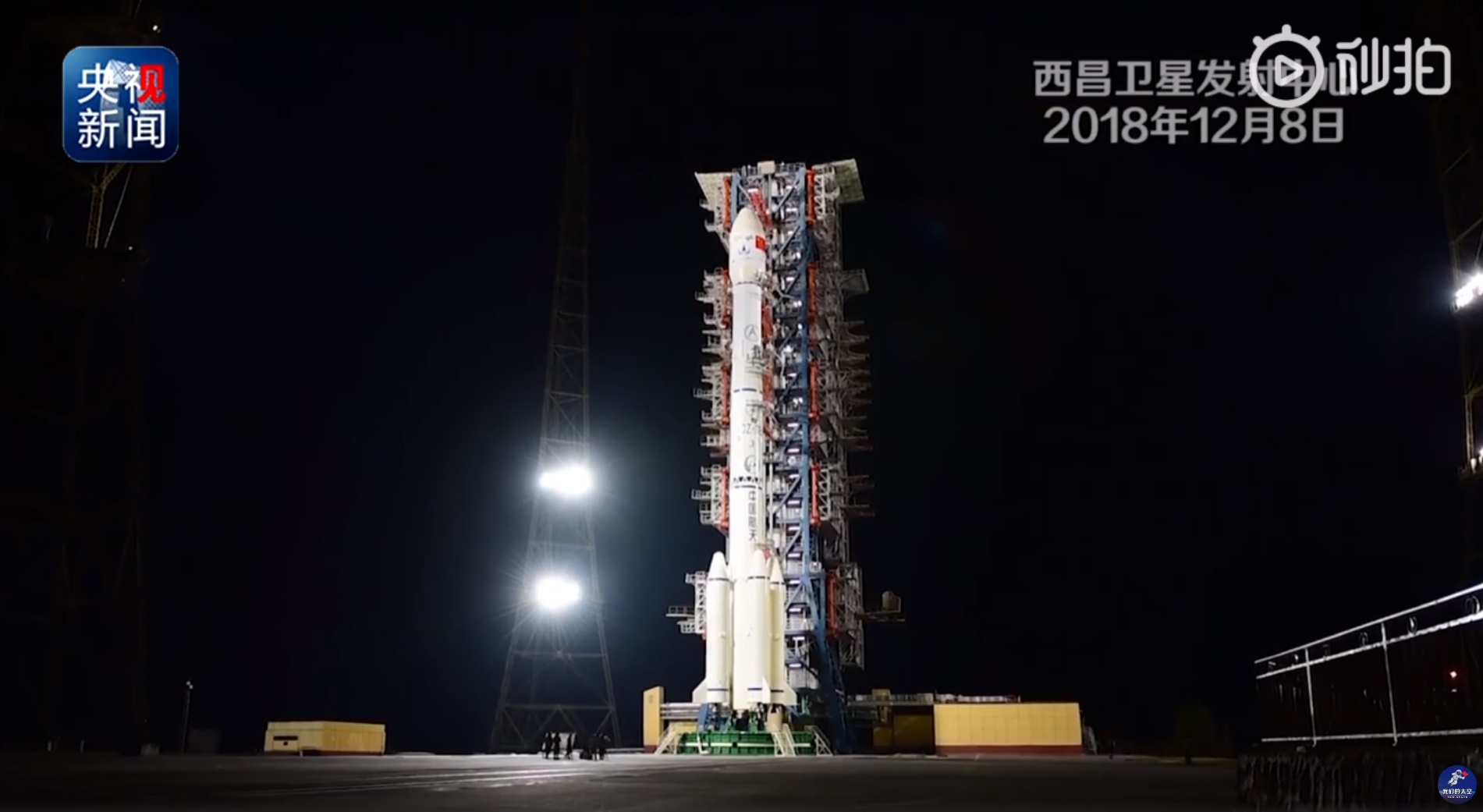
The team of technicians leaves the launch site:
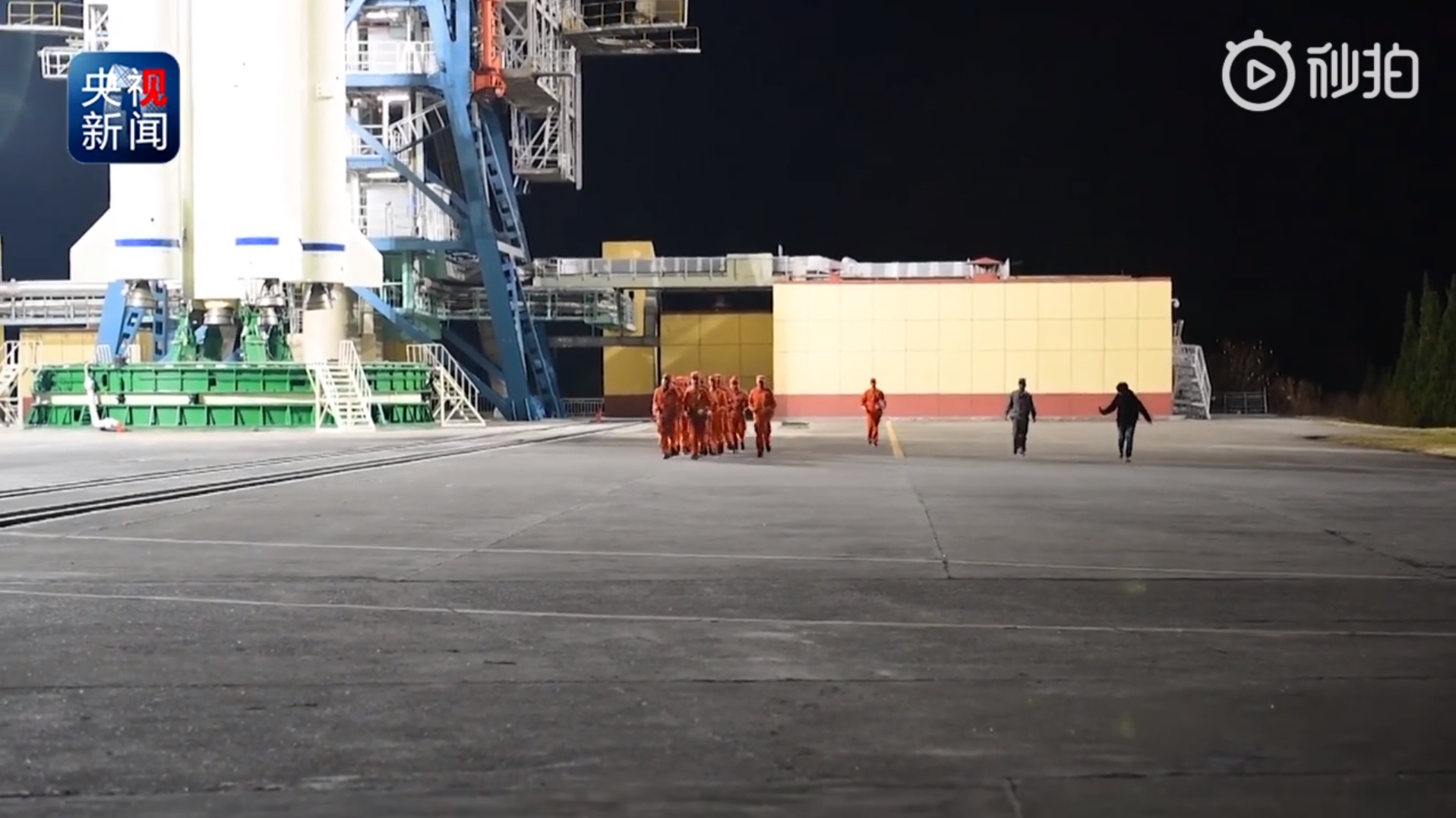
The commander of the start personally takes part in checking the care of personnel in the bunker:
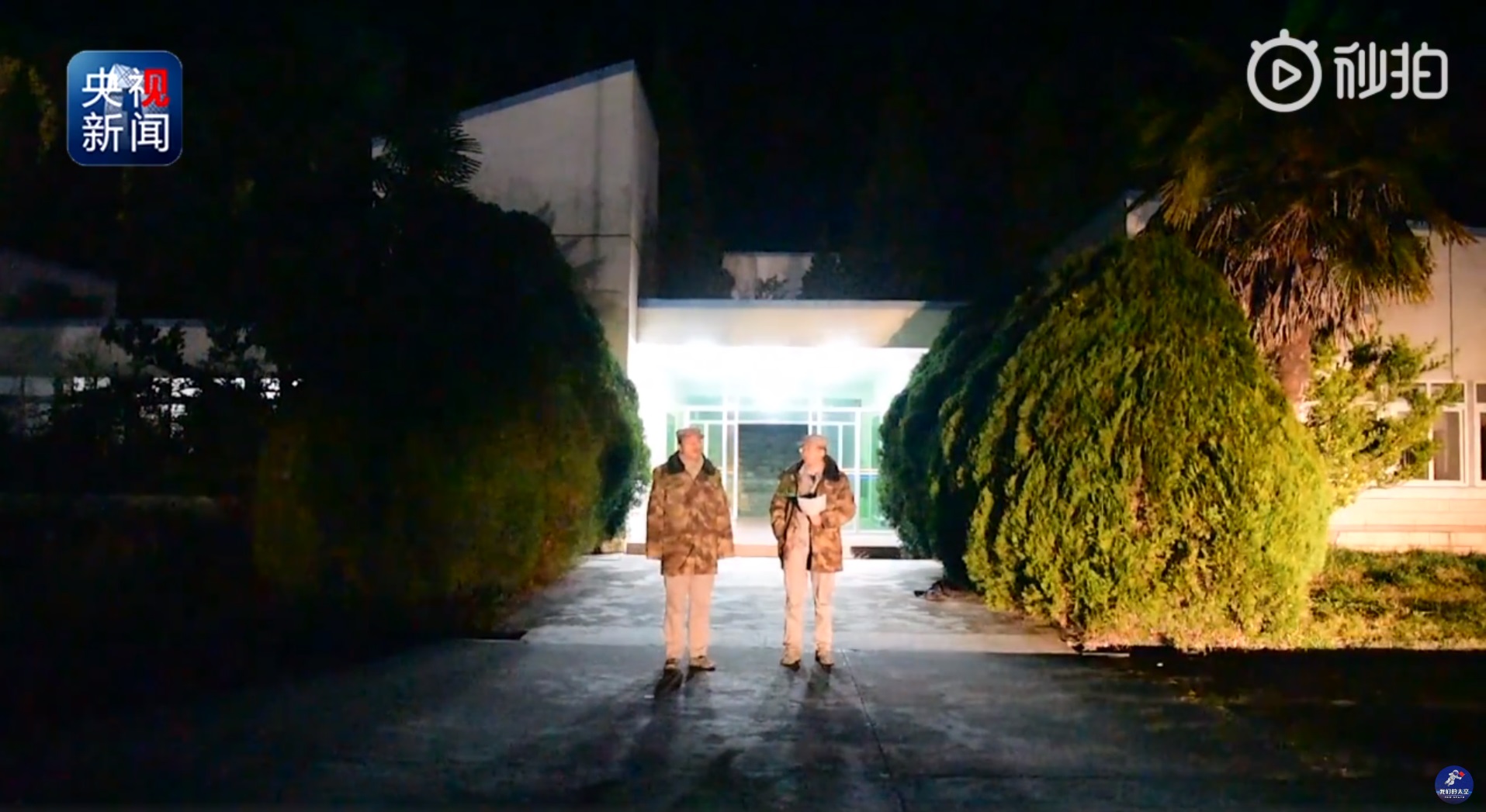
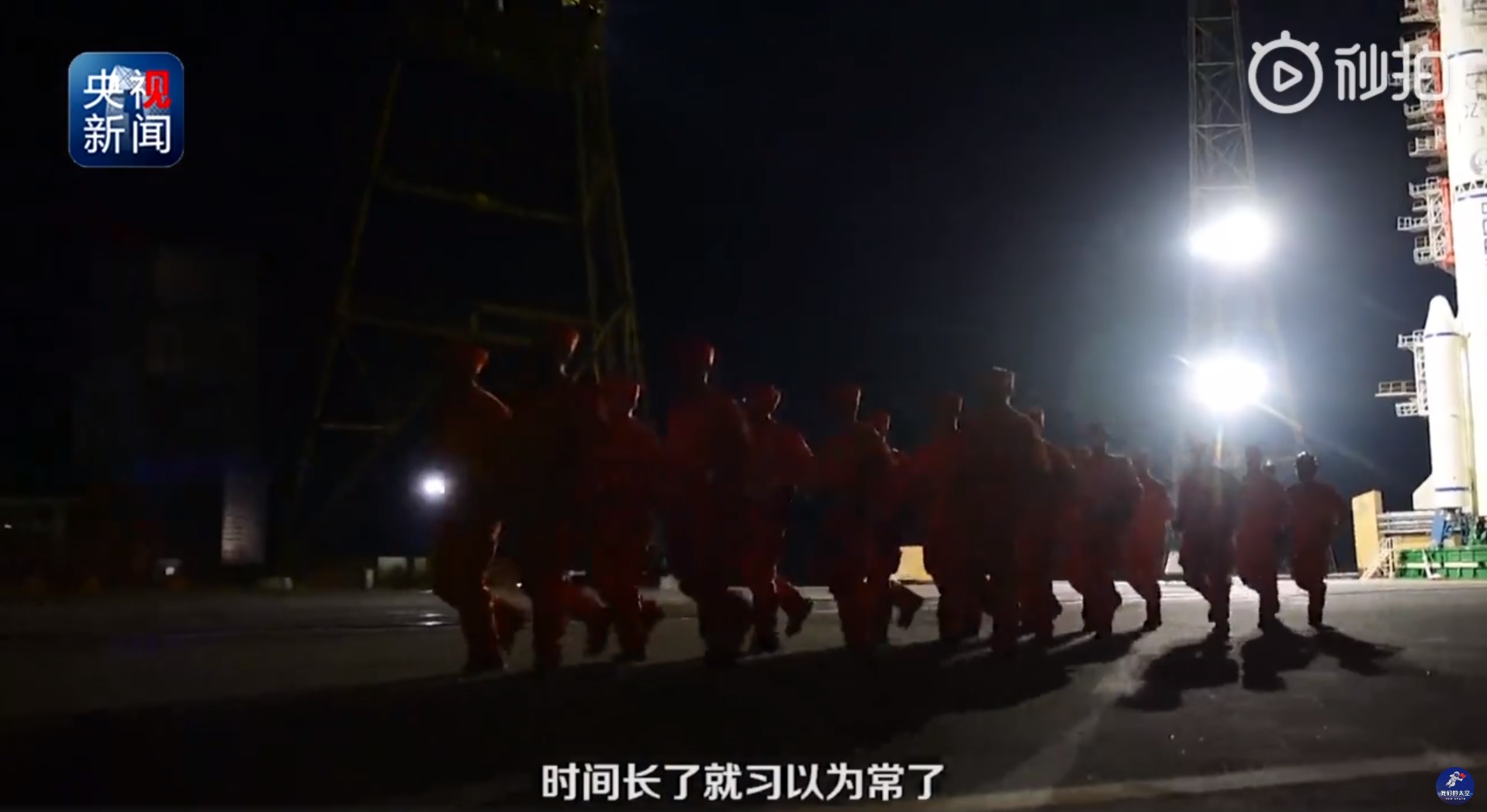
The commander has a great responsibility for people and equipment:
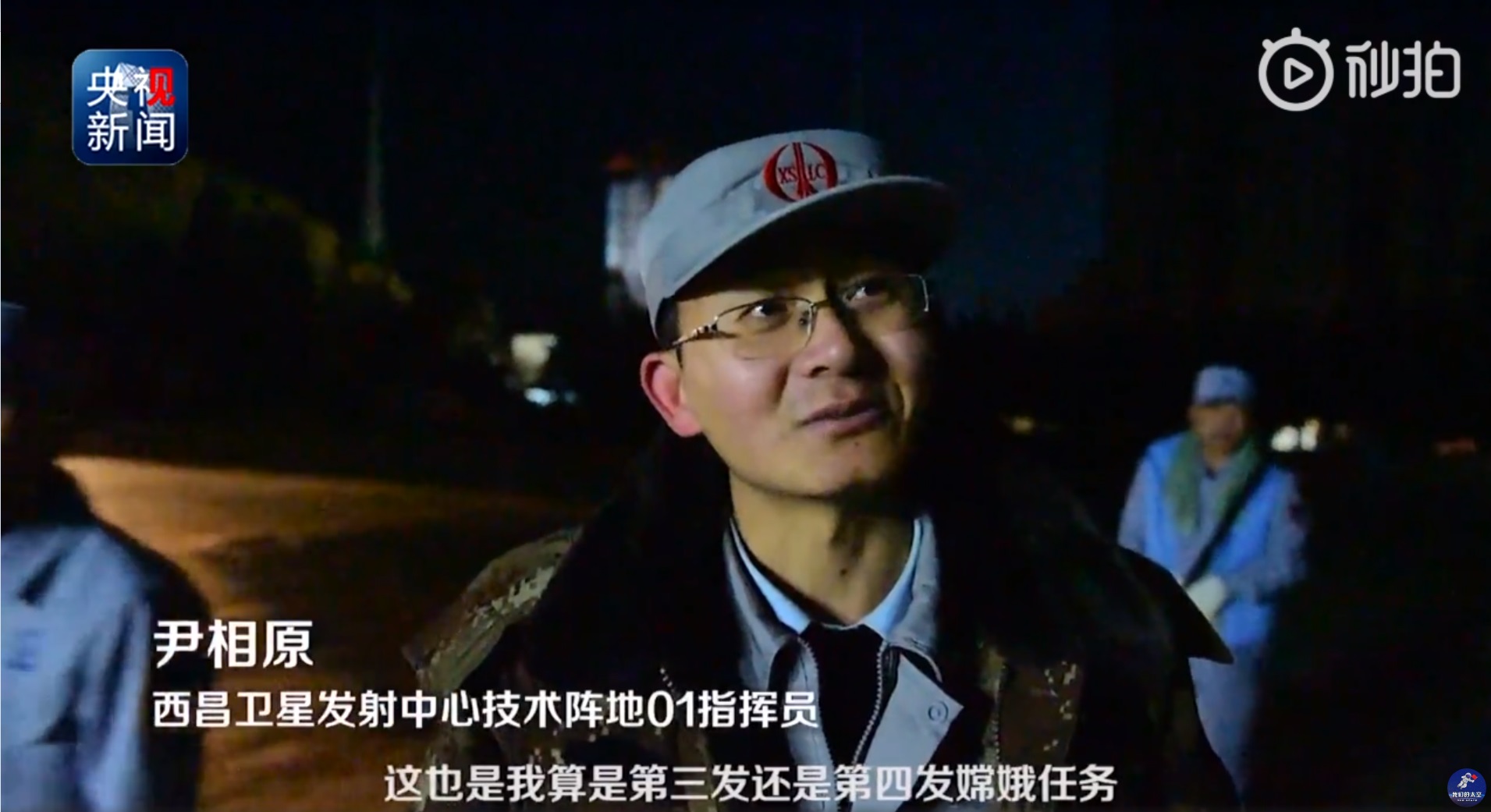
He is left alone with a booster:
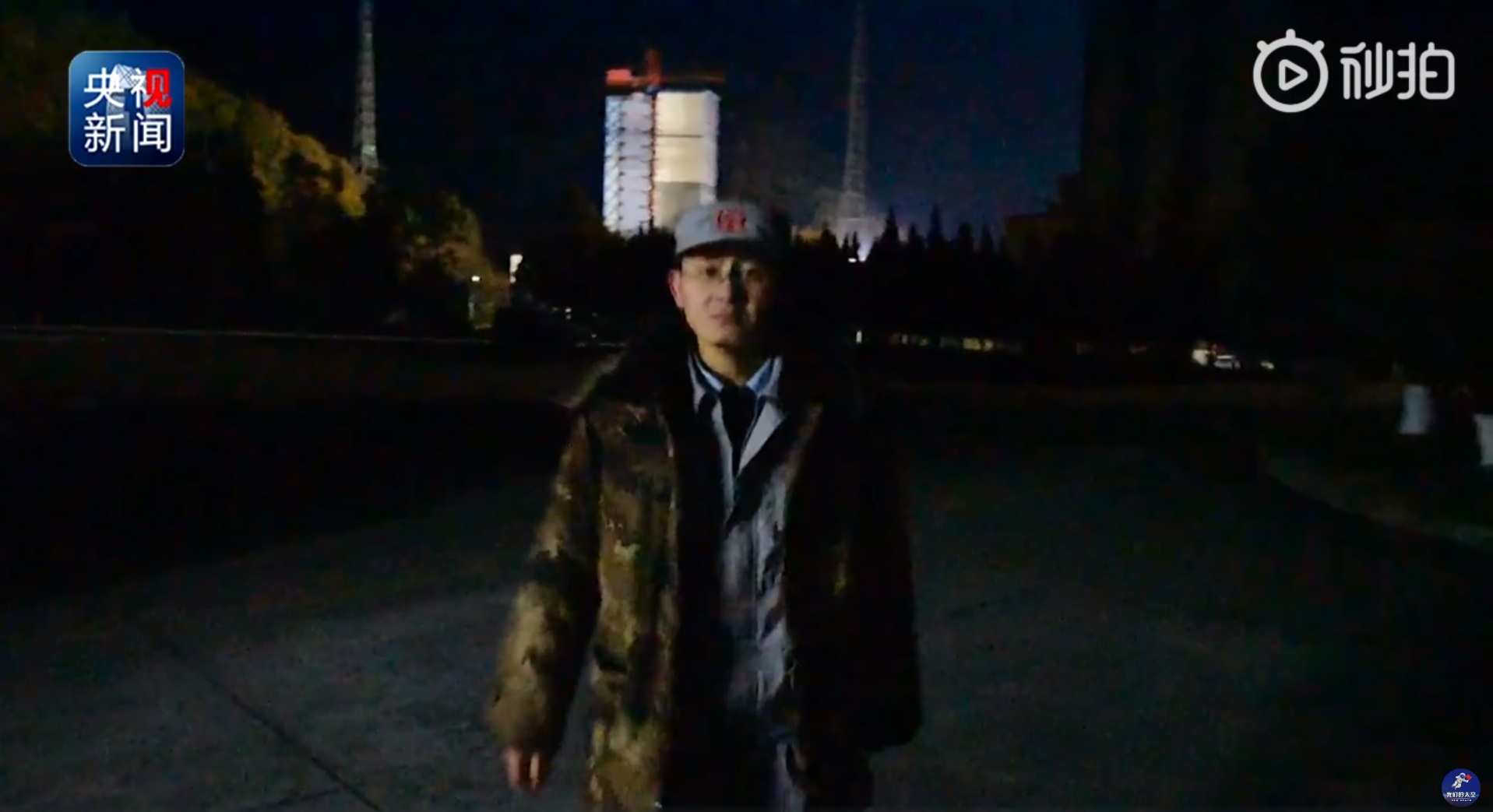
Bunker for staff two hundred meters from the launch complex:
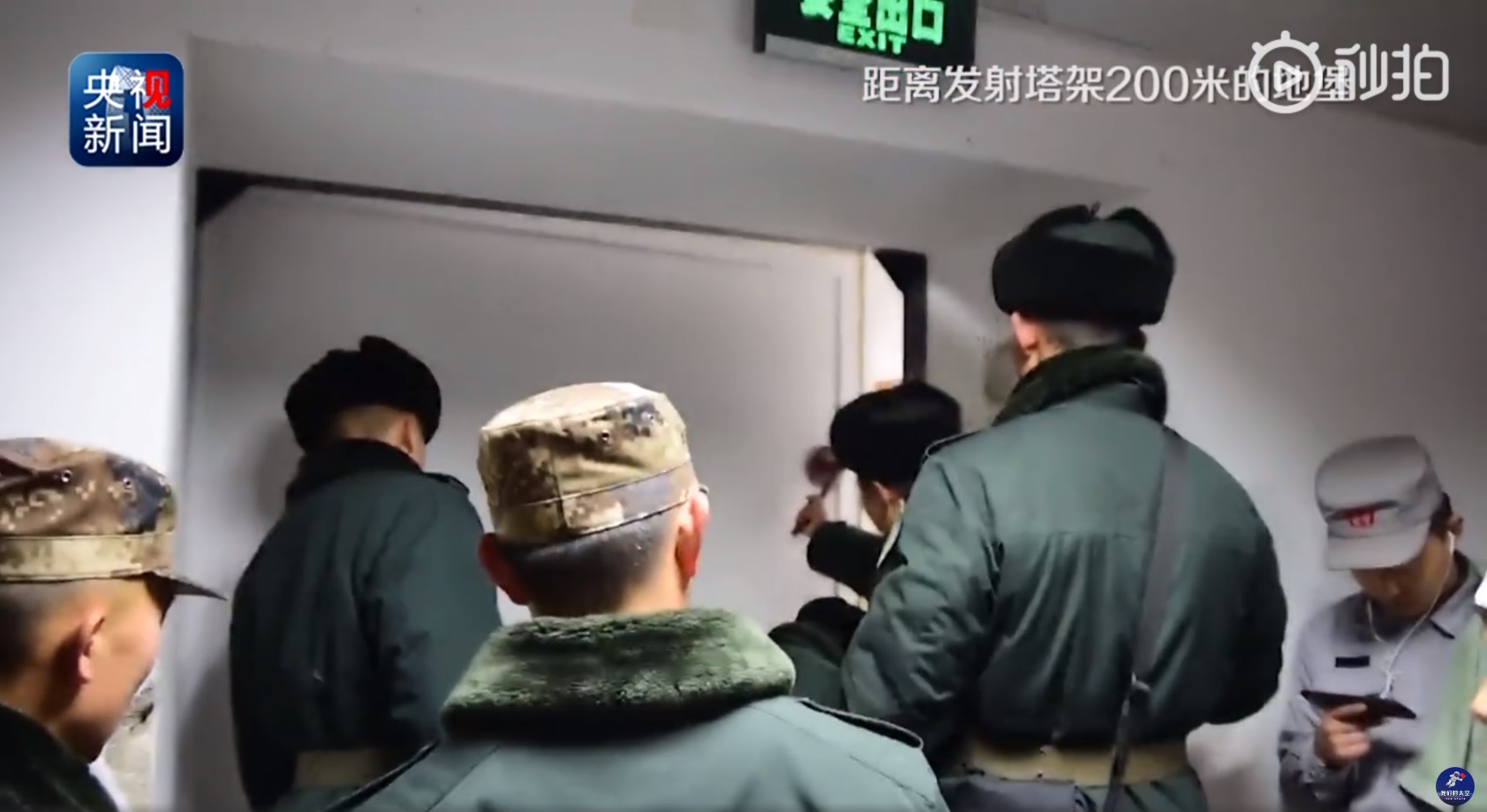
The protective structure that has aged over the years:
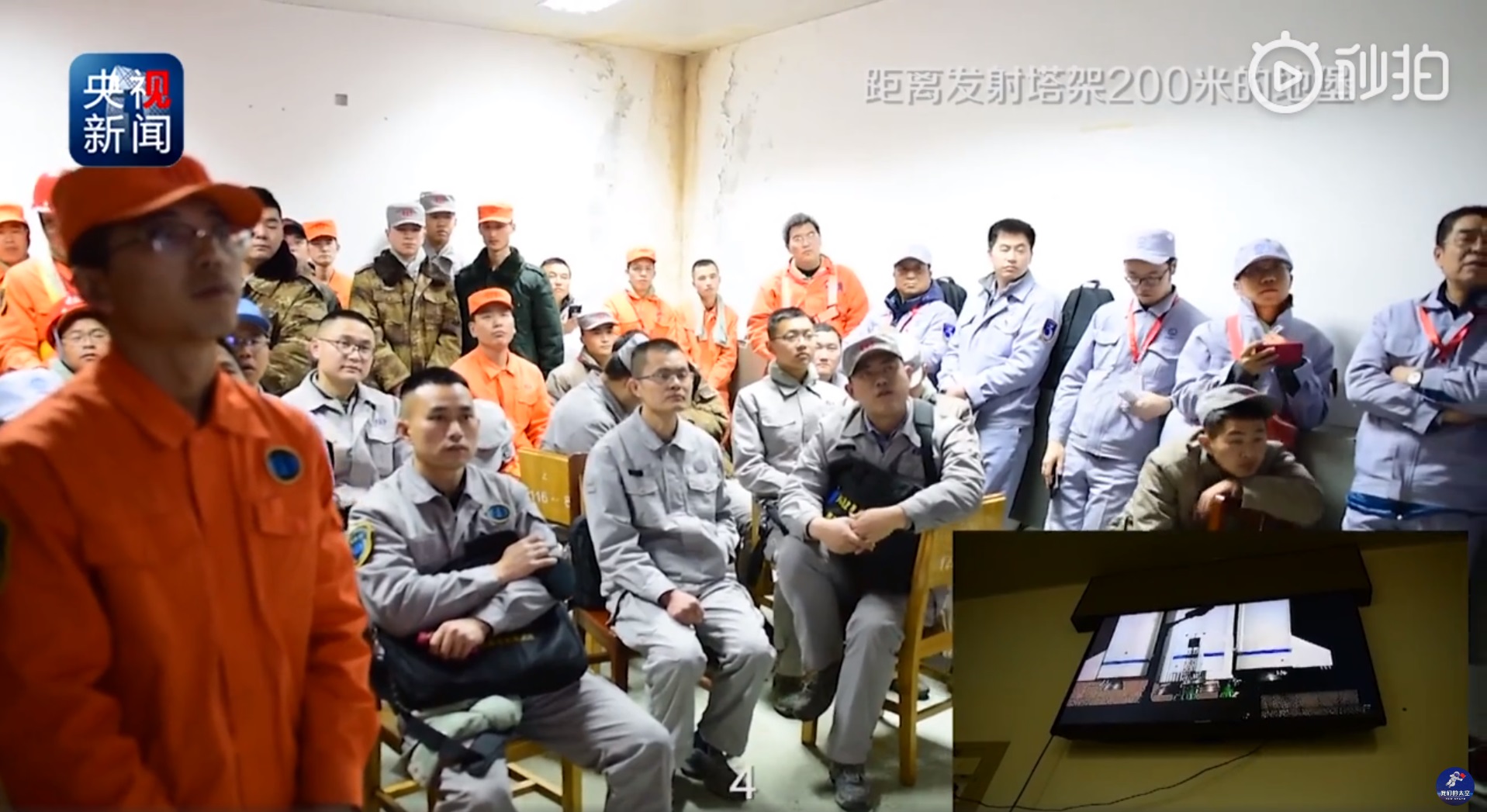
There is a large TV set in the bunker, which is broadcast live start:
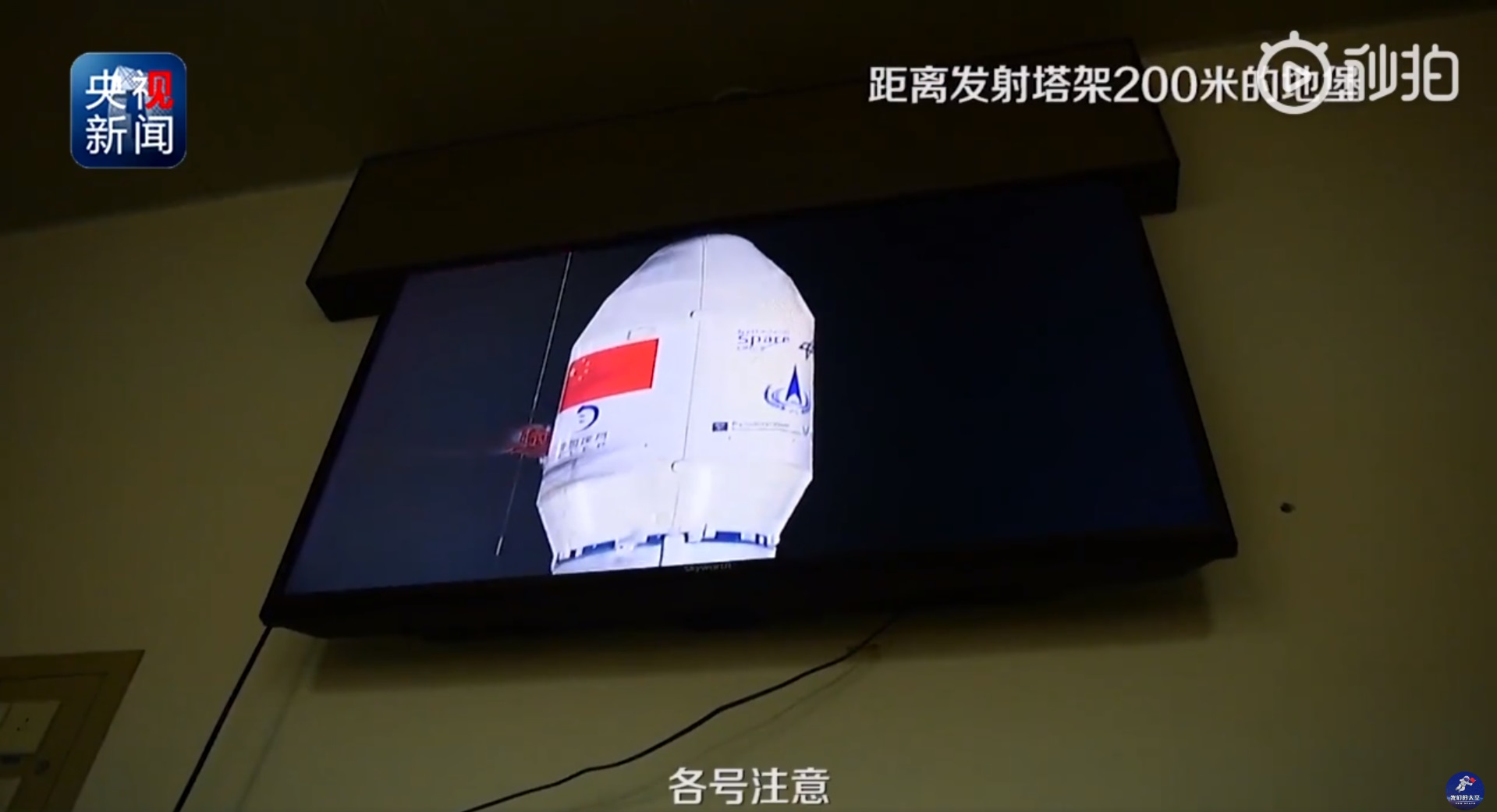
Everyone is excited and on the nerves:
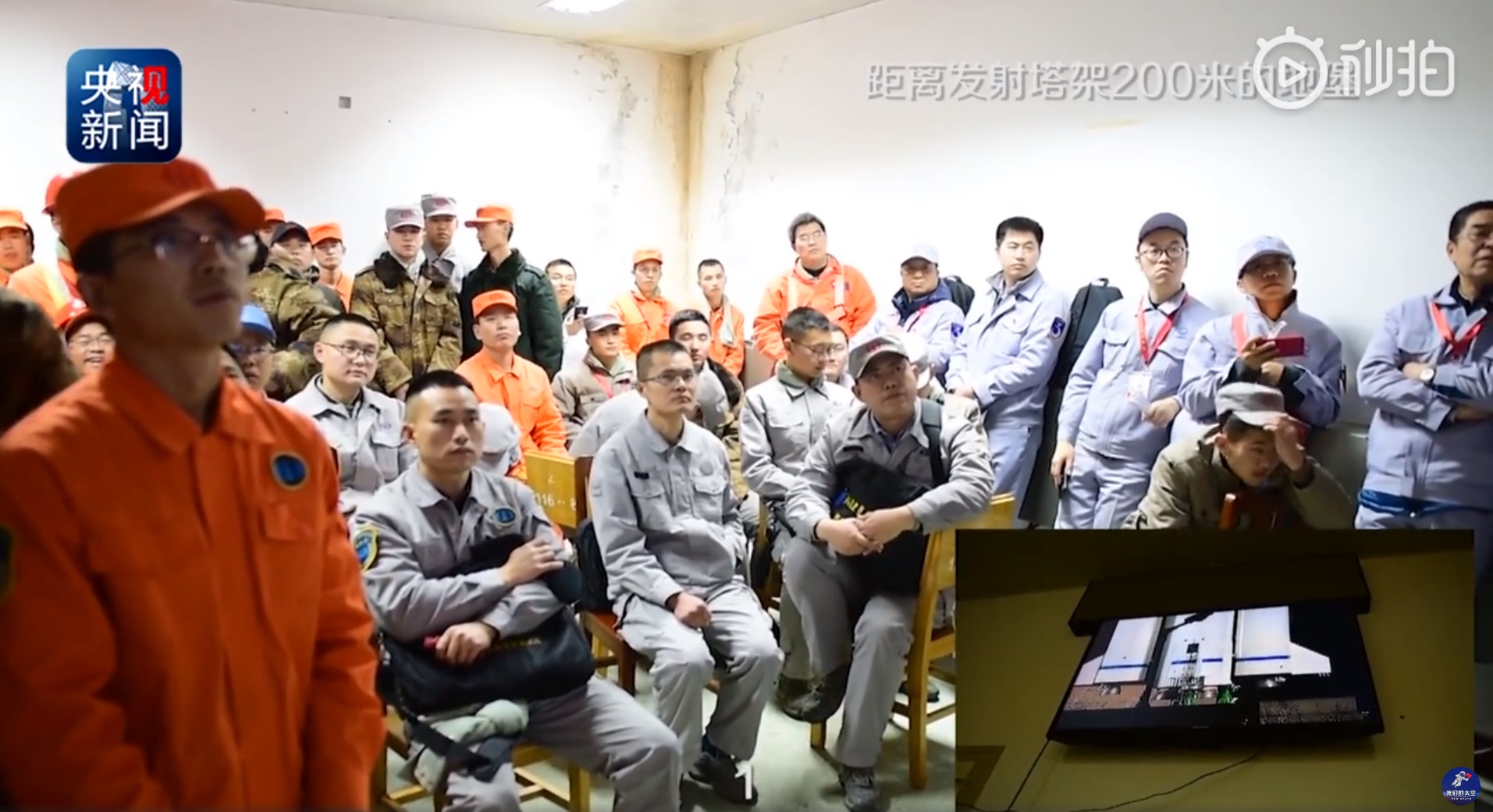
Reverse Report:
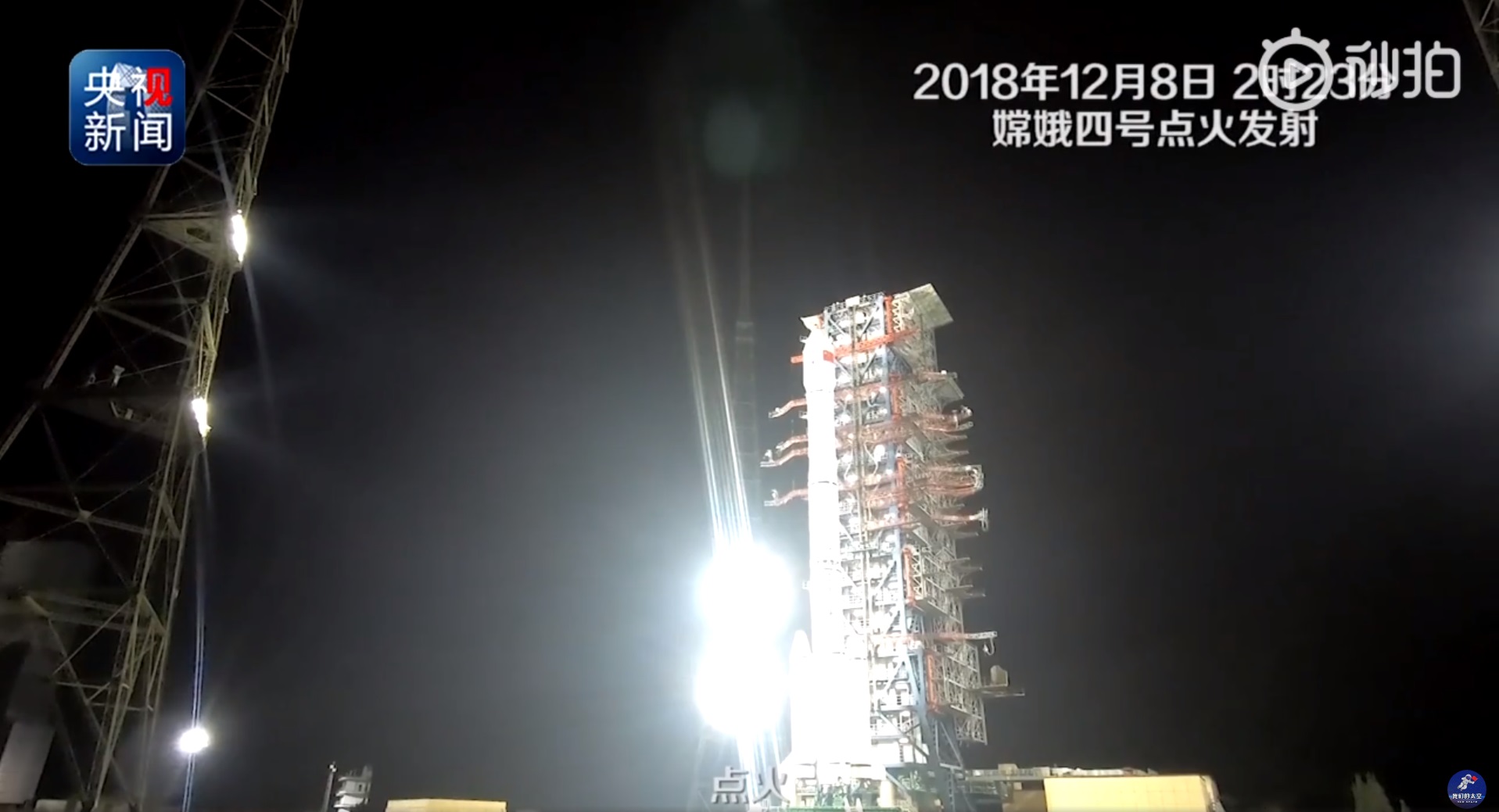
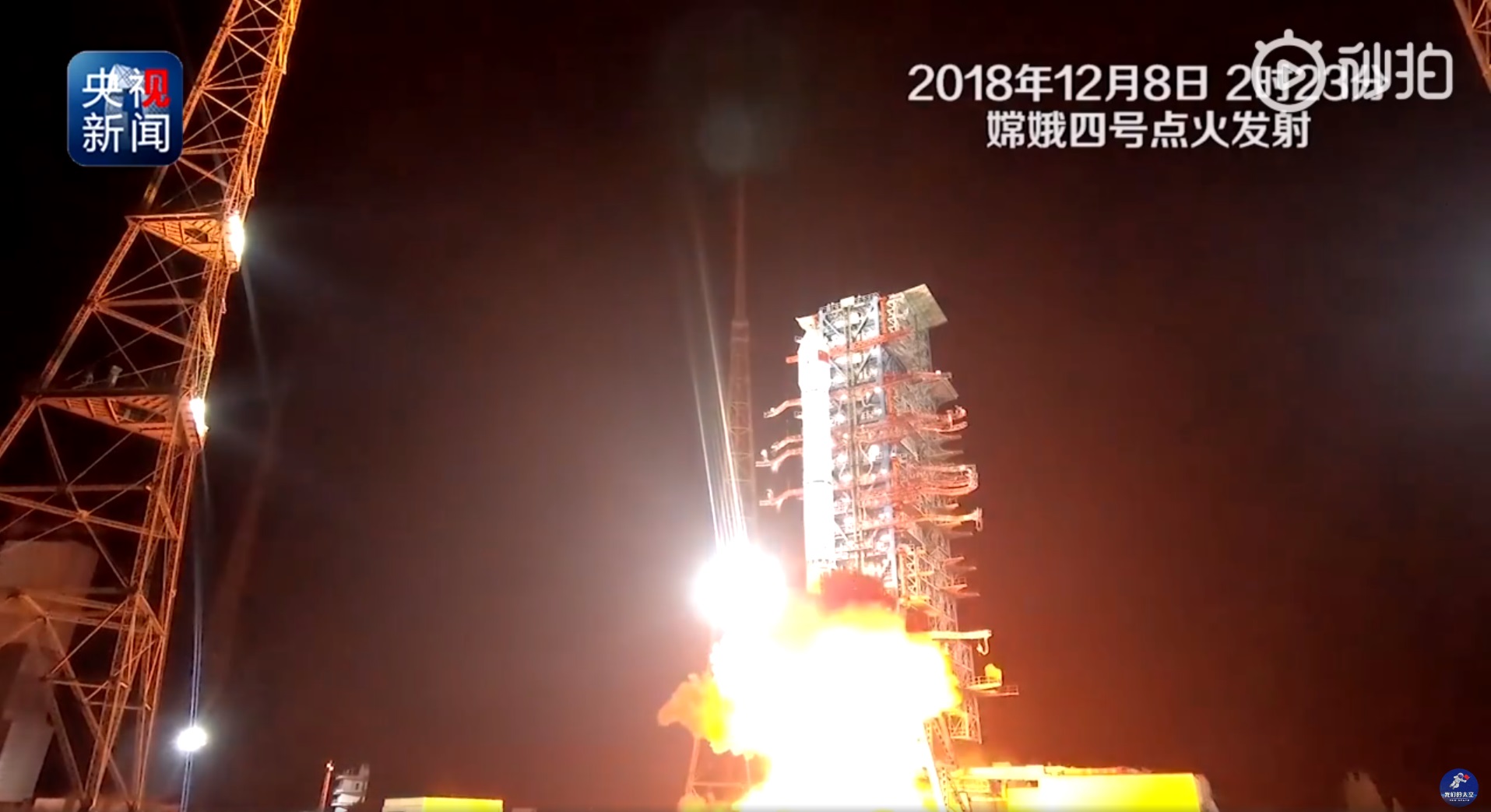
There is a gap:
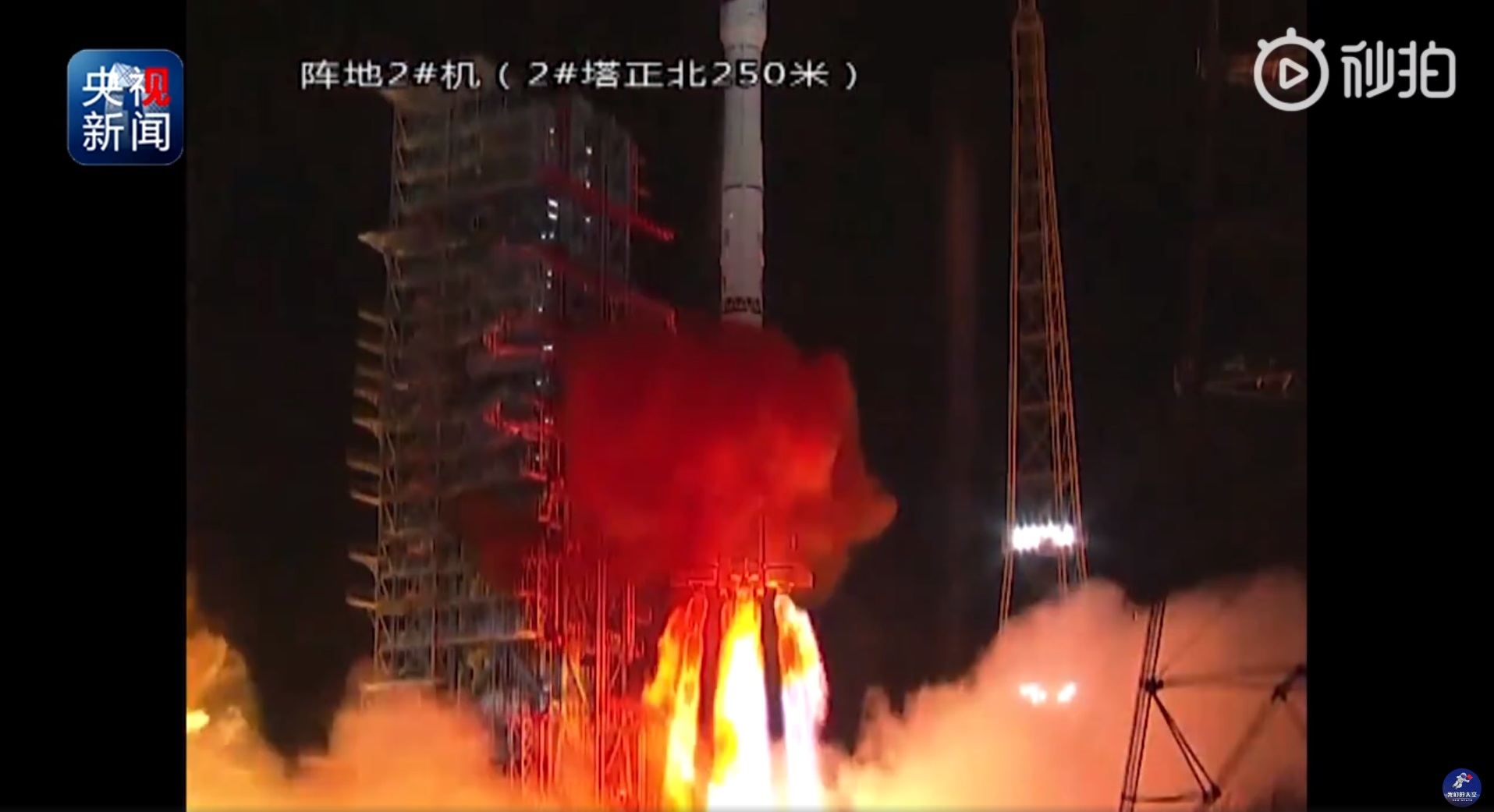
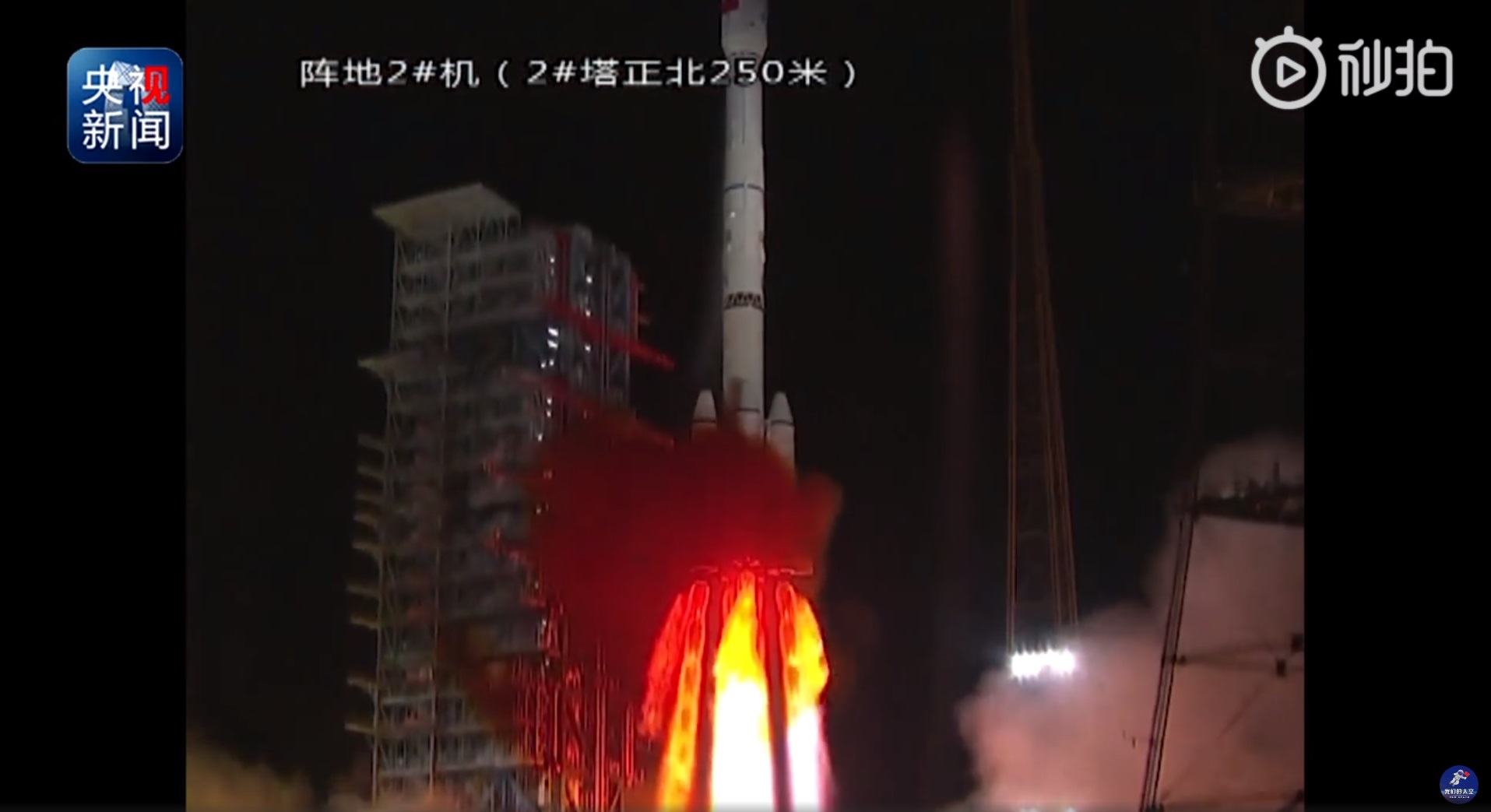
The staff in the bunker is happy:
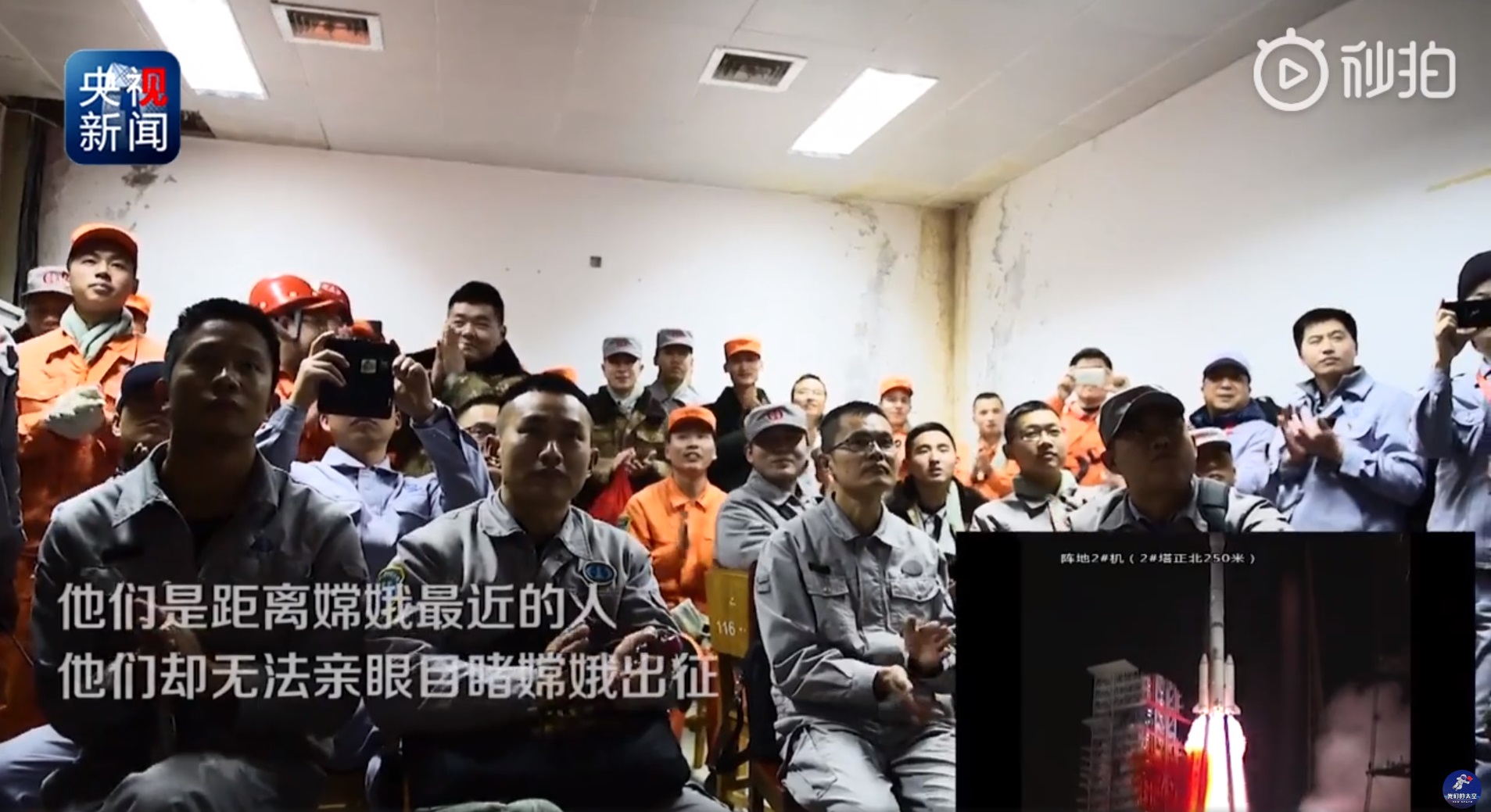
The start commander is also pleased that everything went well, now we need to prepare for the following starts:
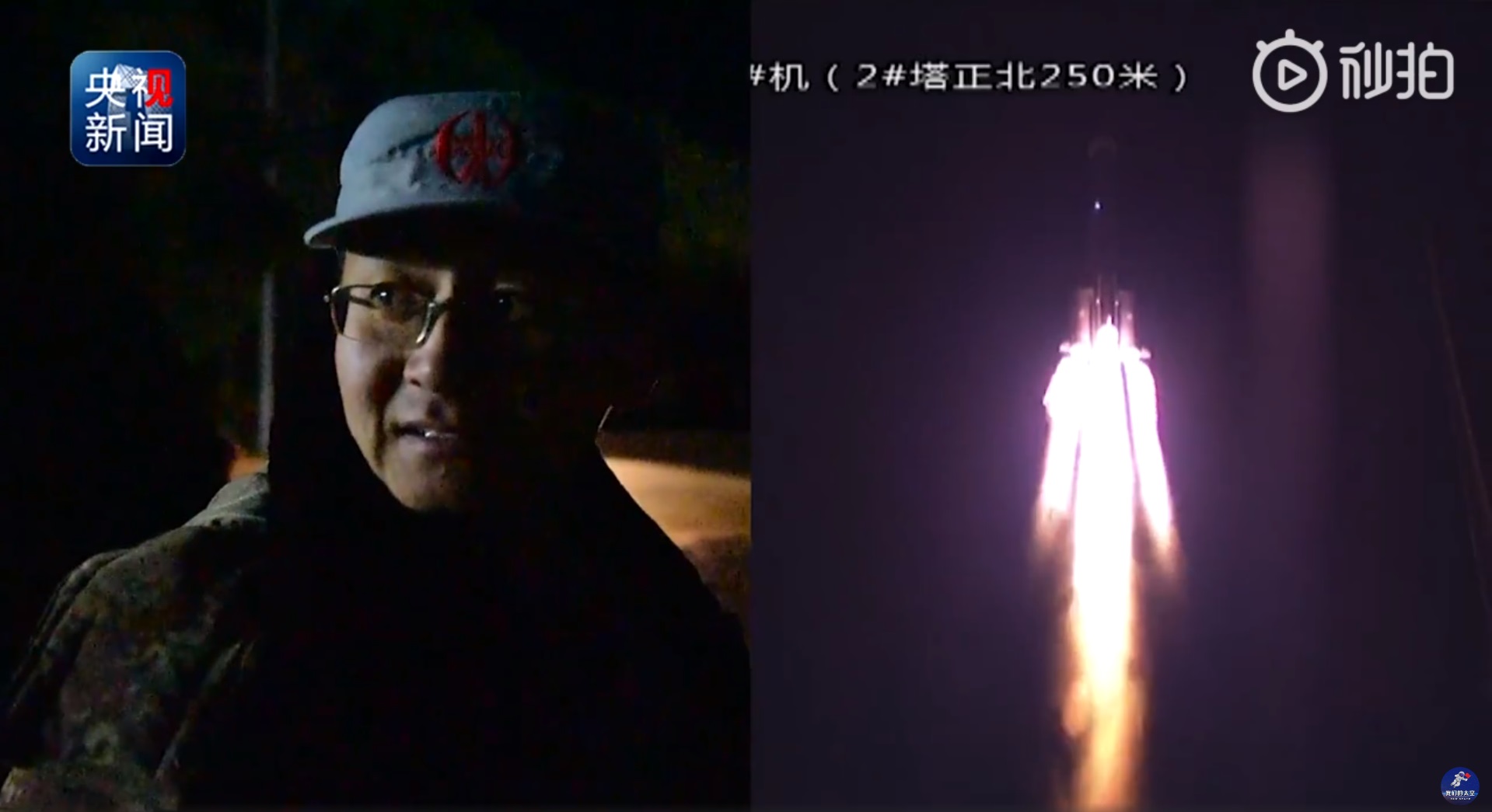
There is no time at the cosmodrome to celebrate every launch, because the big challenges are still ahead.
And at this time in the MCC work continues:
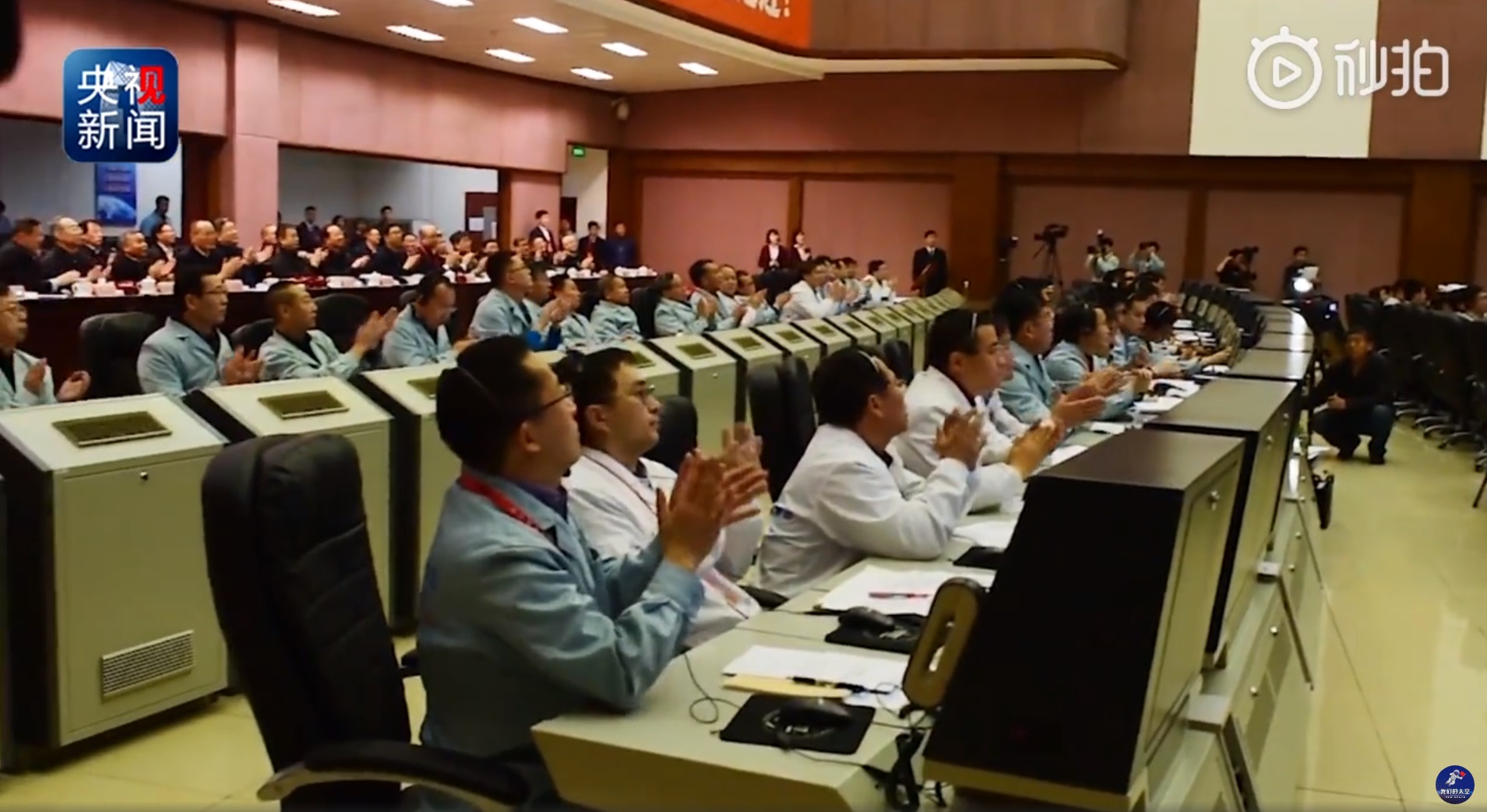
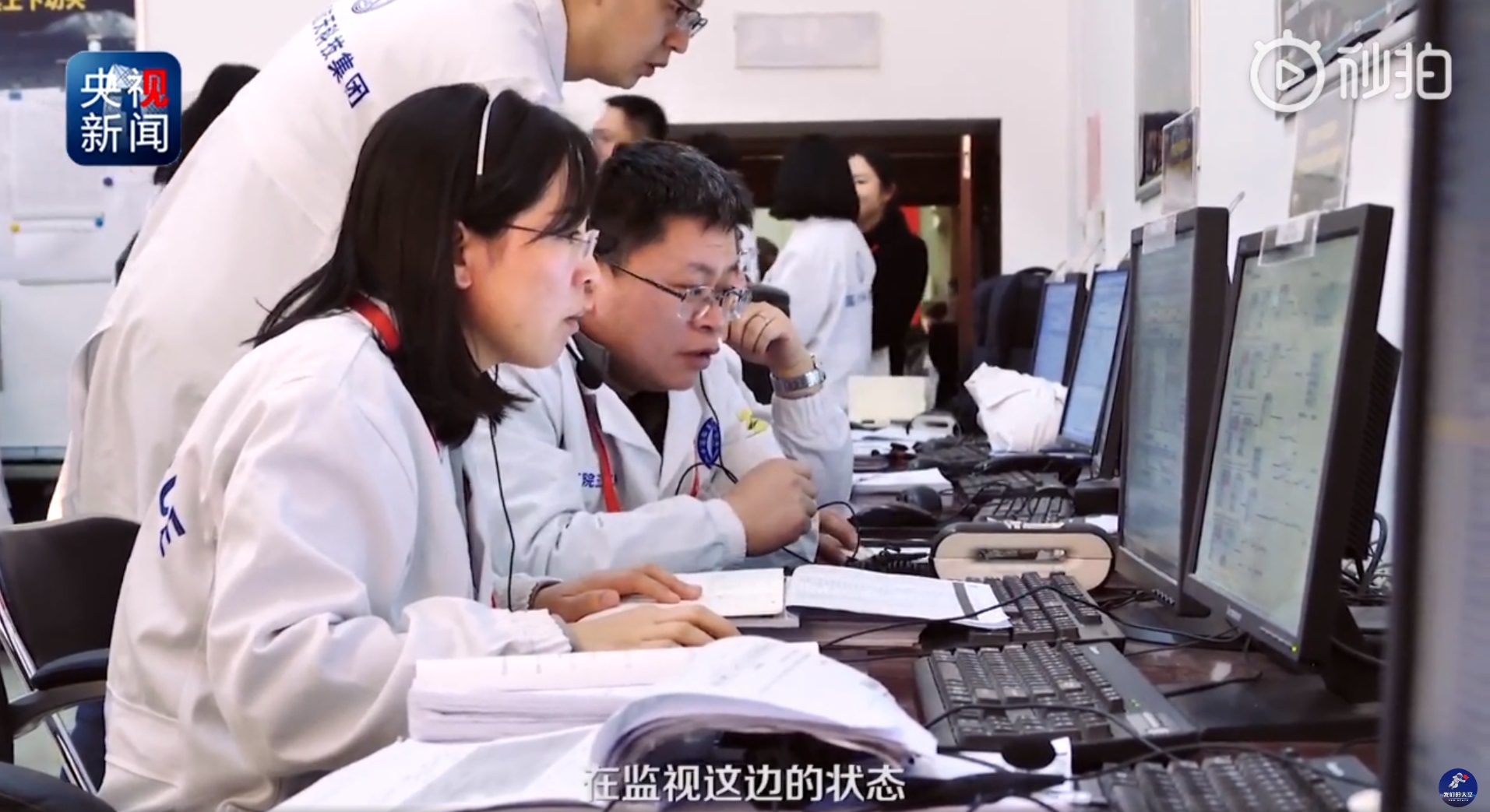
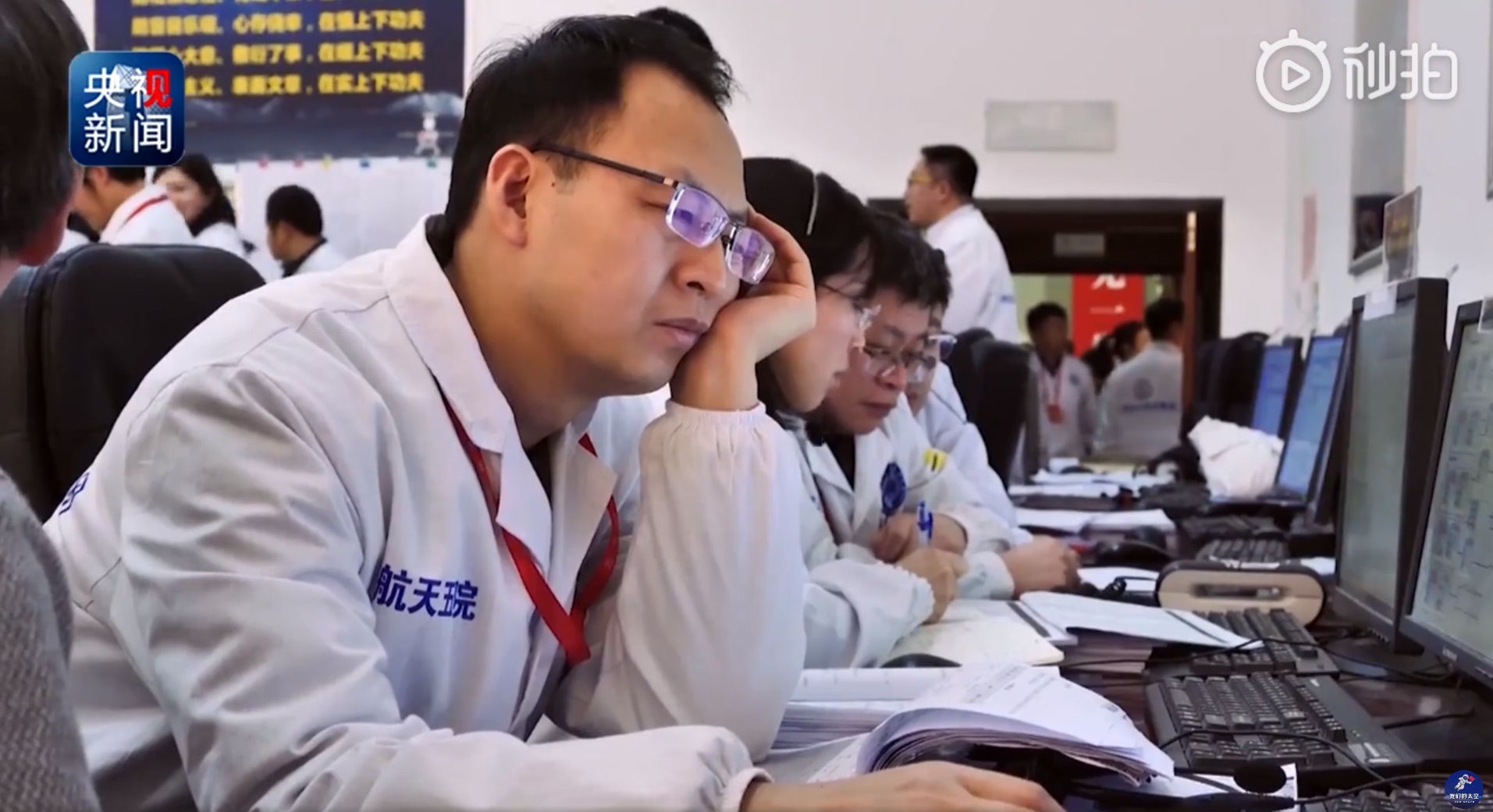
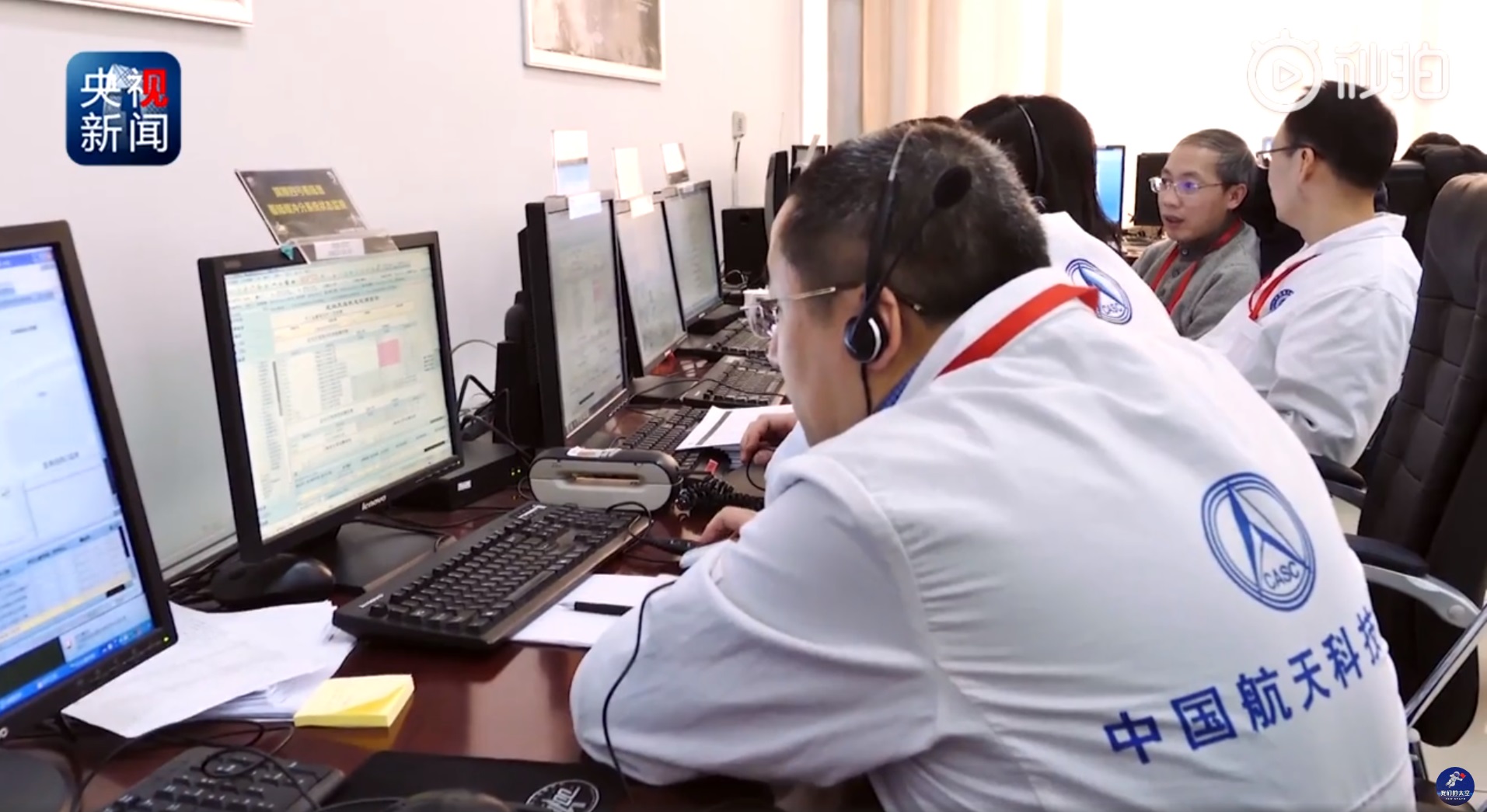
This is how difficult and difficult the work of personnel at the Sichan Cosmodrome is. Thousands of people there every day give all their strength to successfully implement the launch of the launch vehicle and deliver the cargo to orbit in a regular manner.
But the space market in China only grows every year:
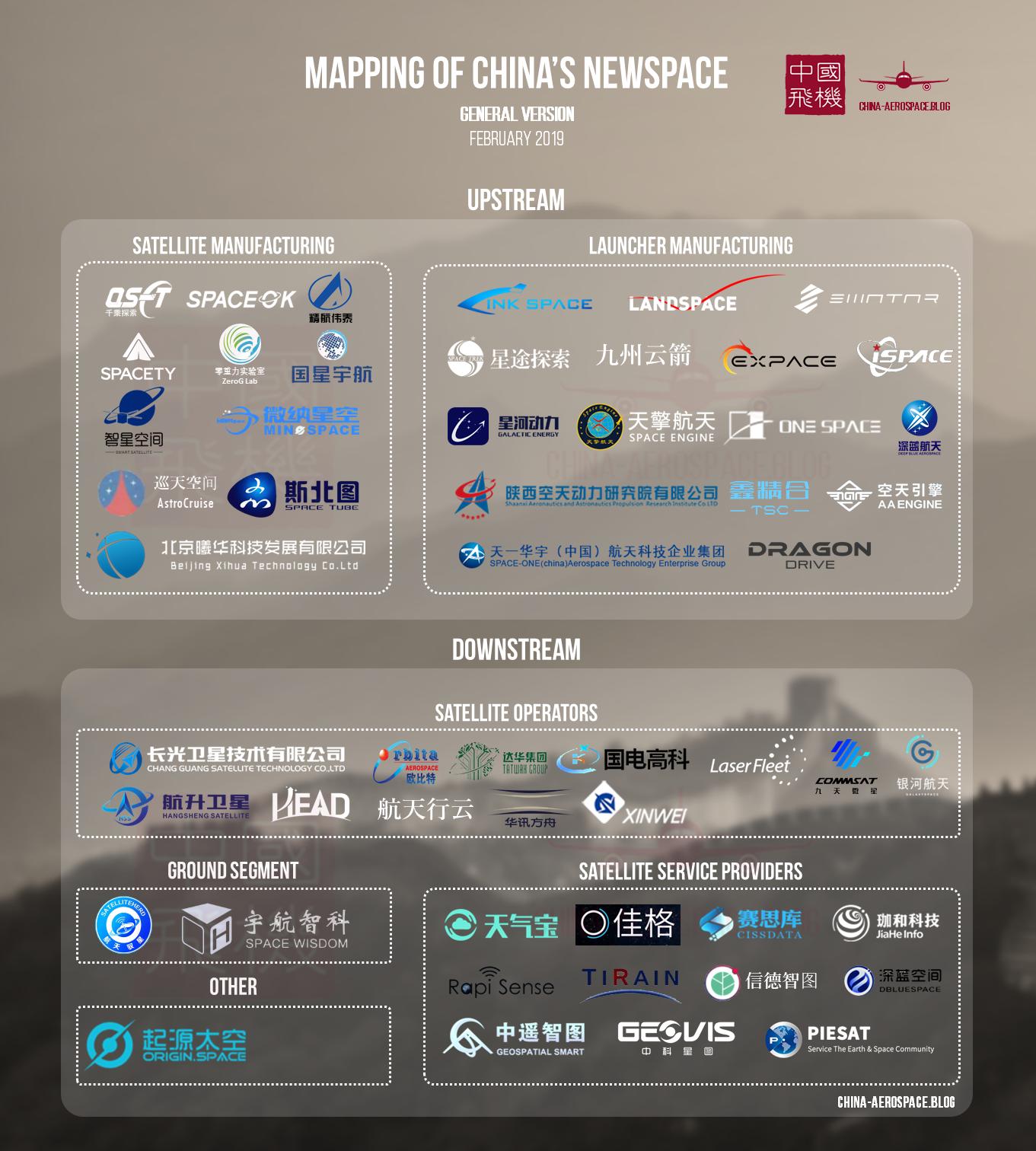
Source: https://habr.com/ru/post/441916/
All Articles